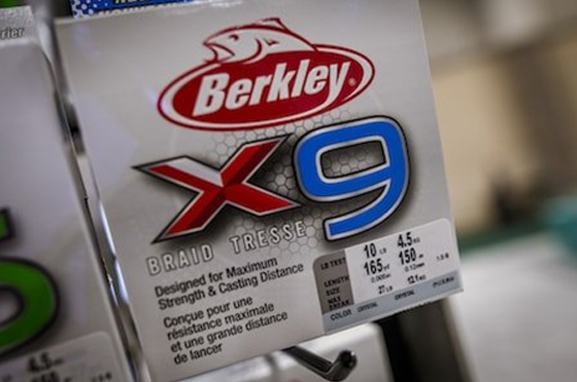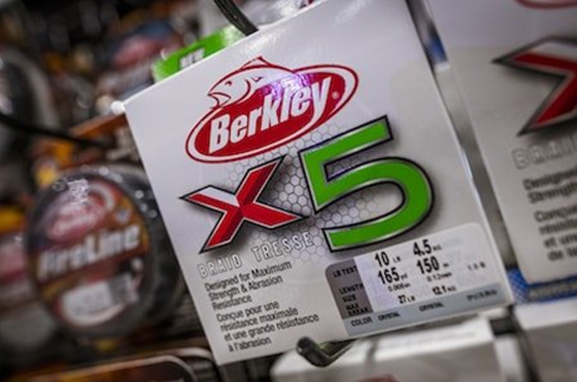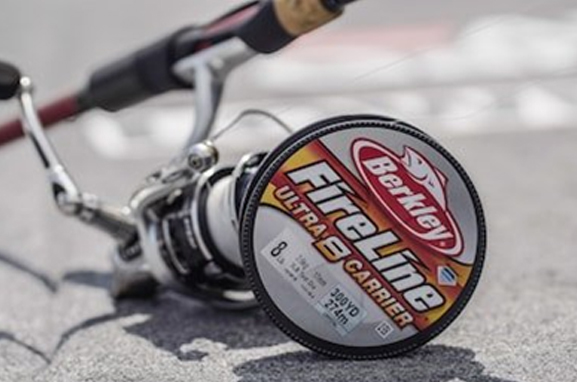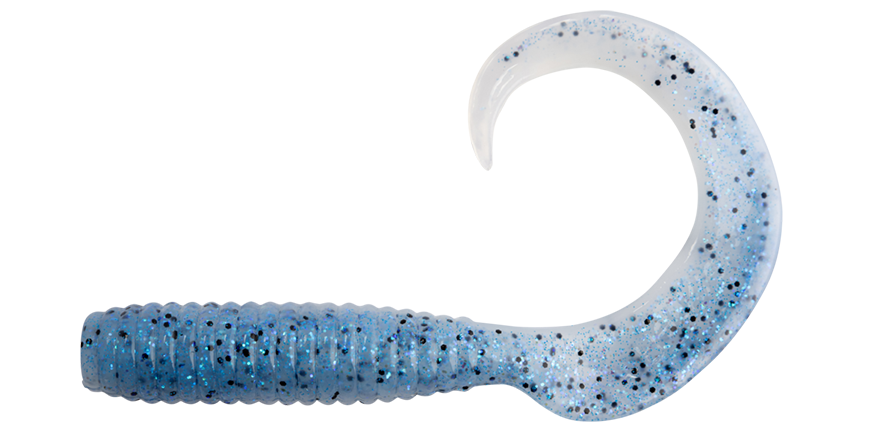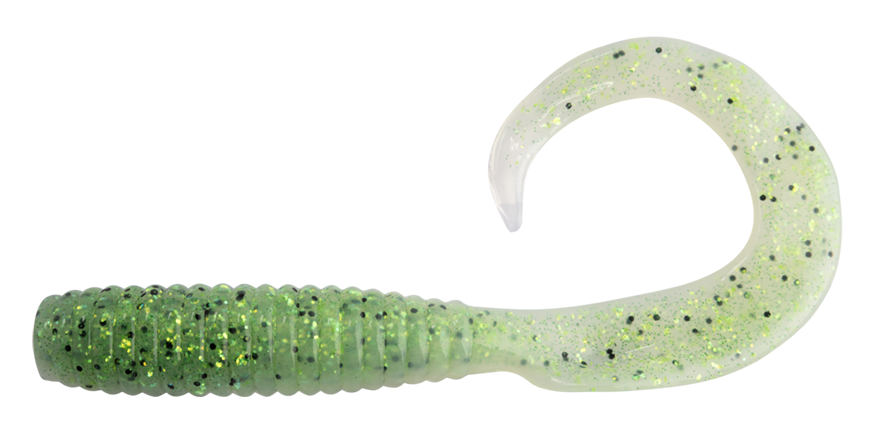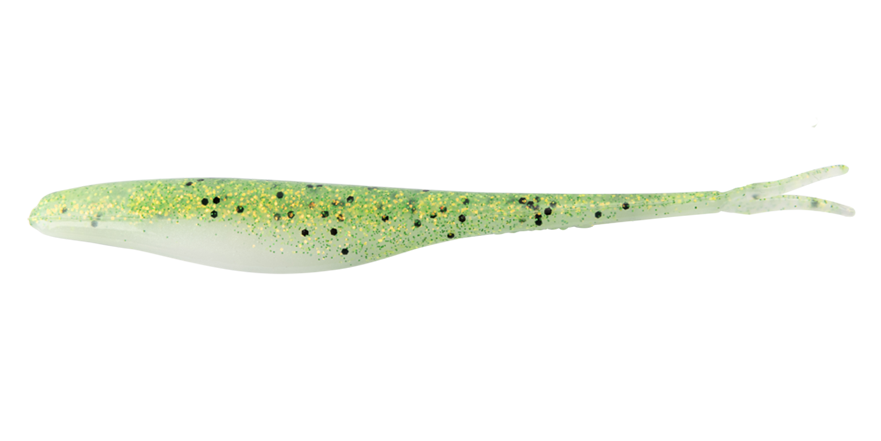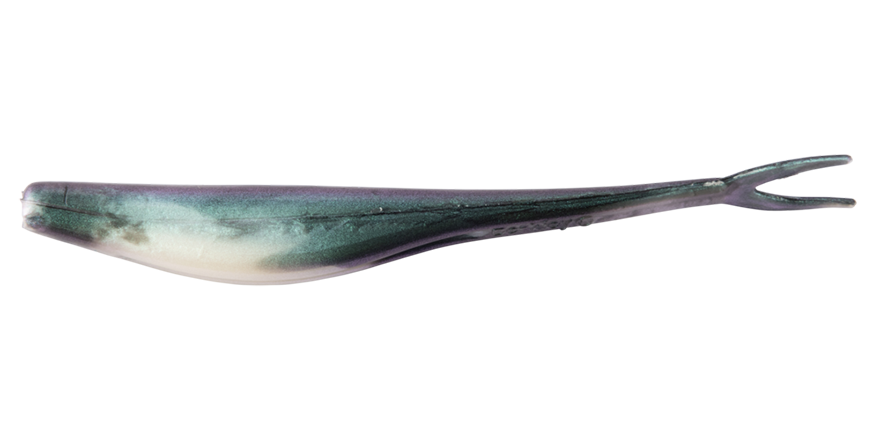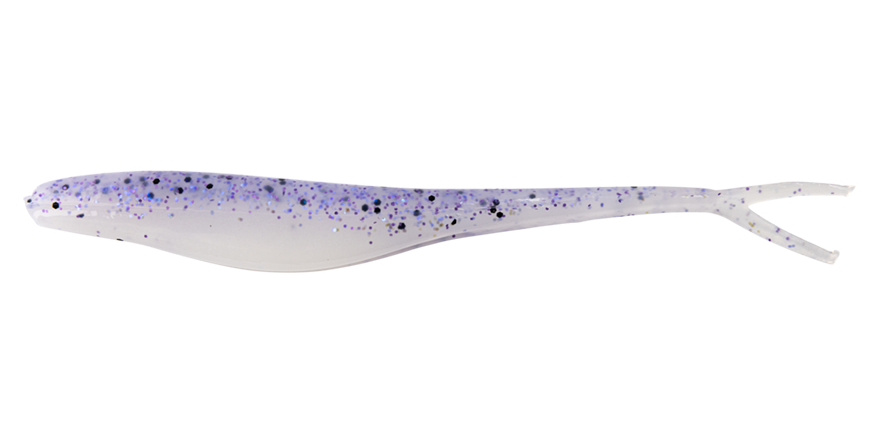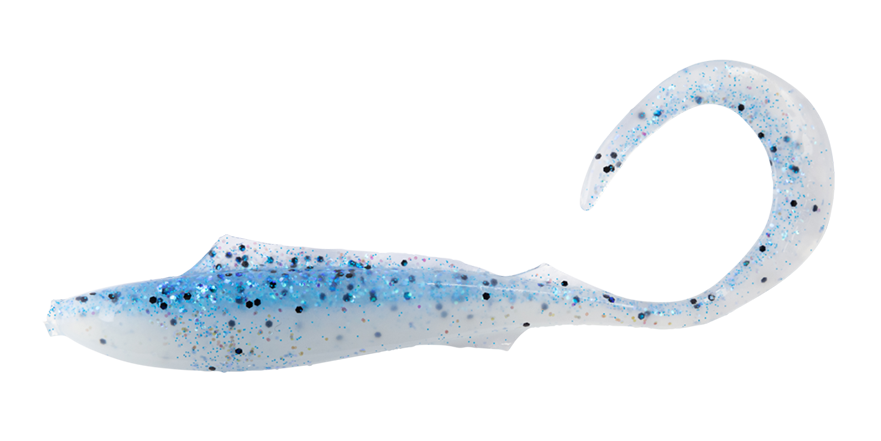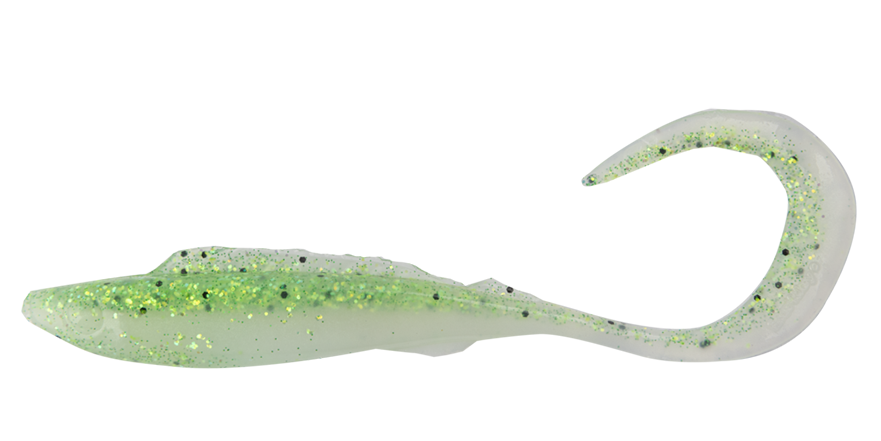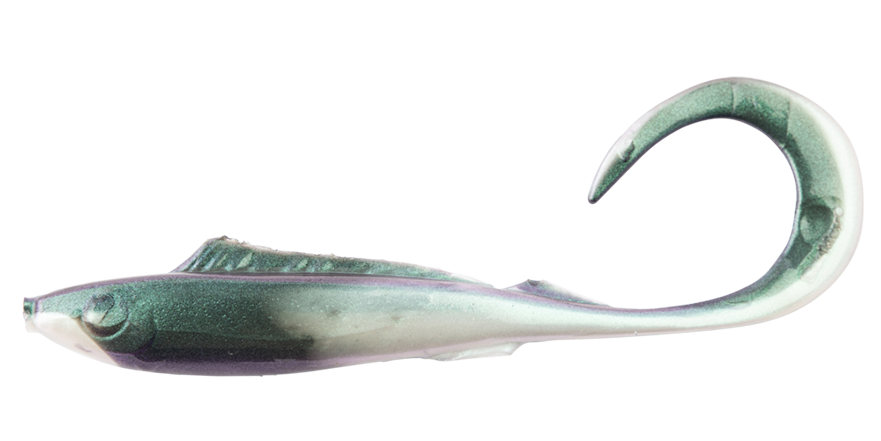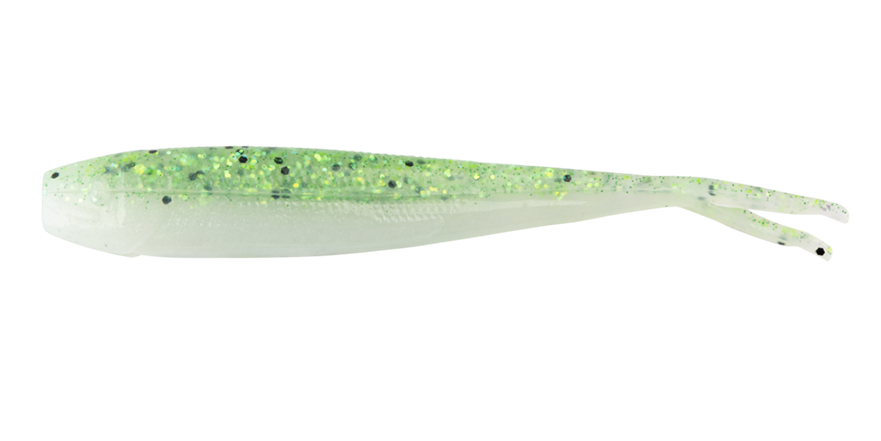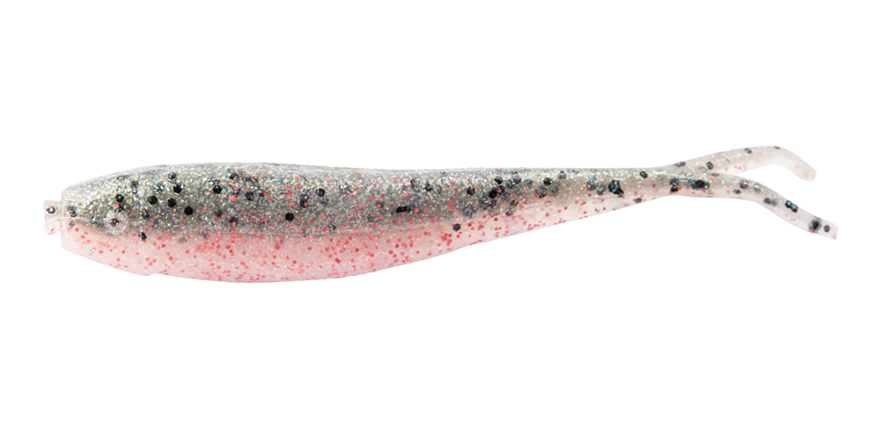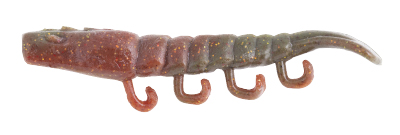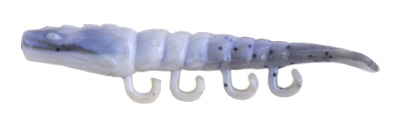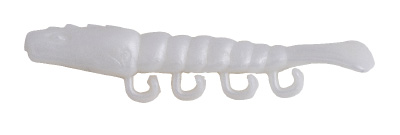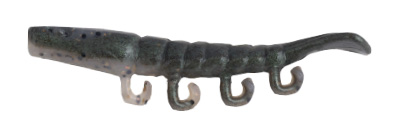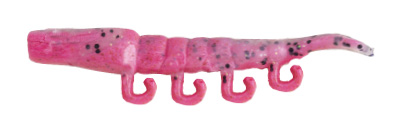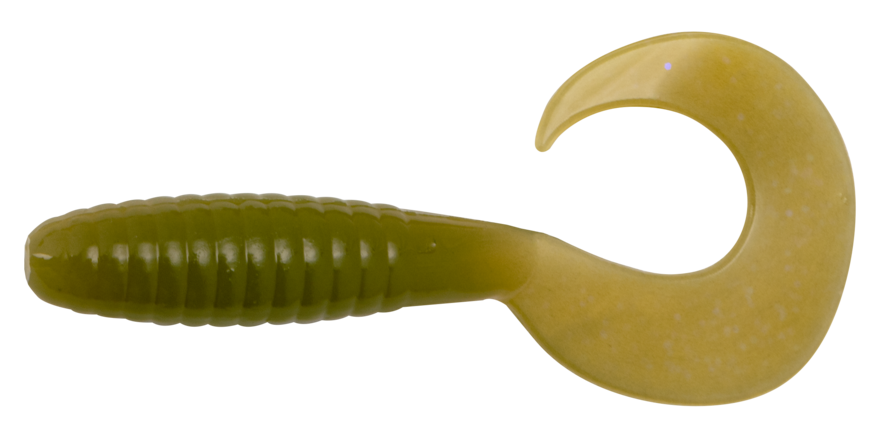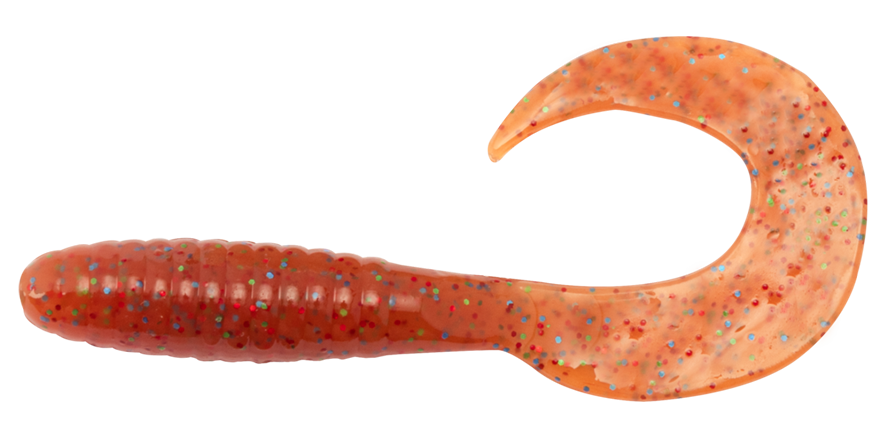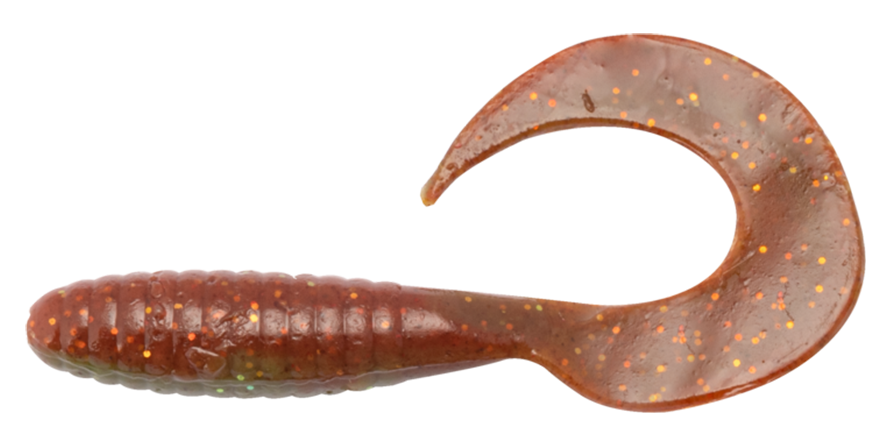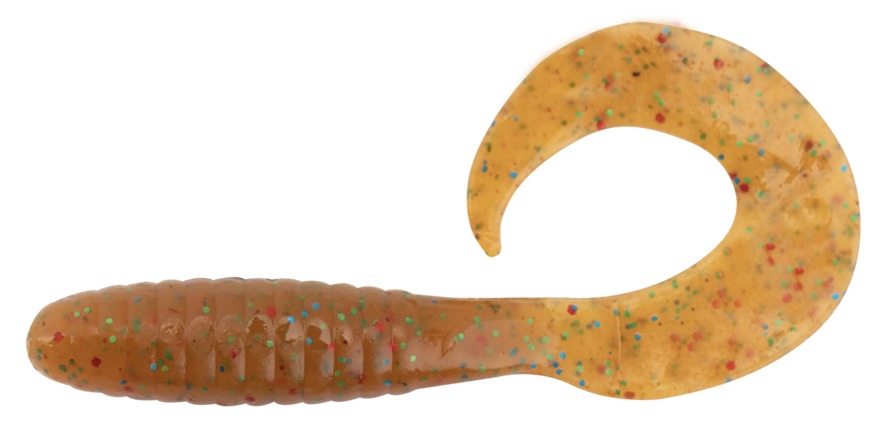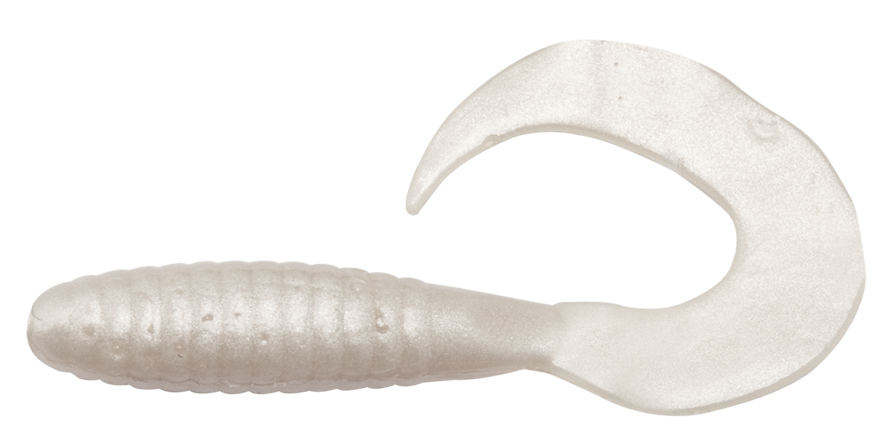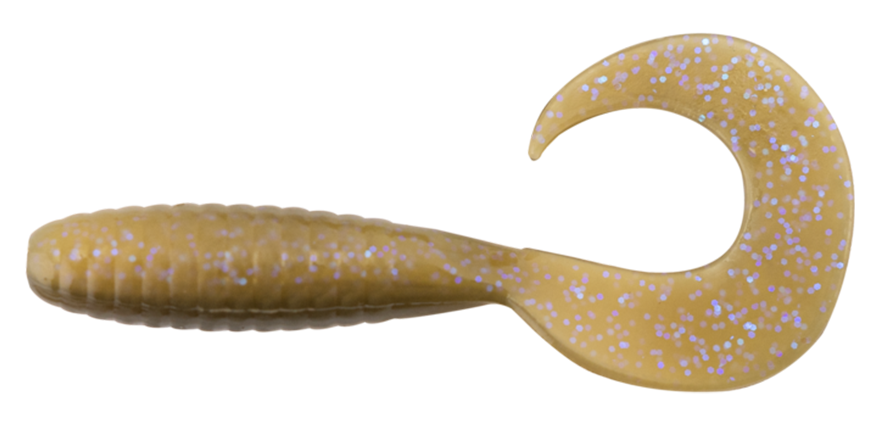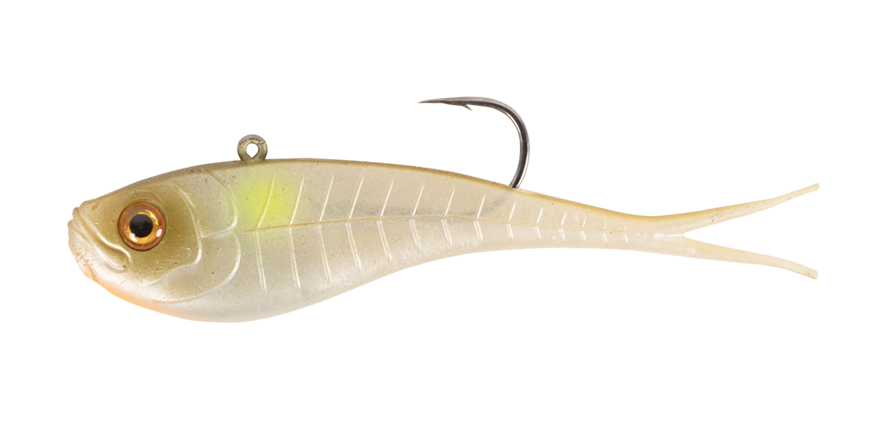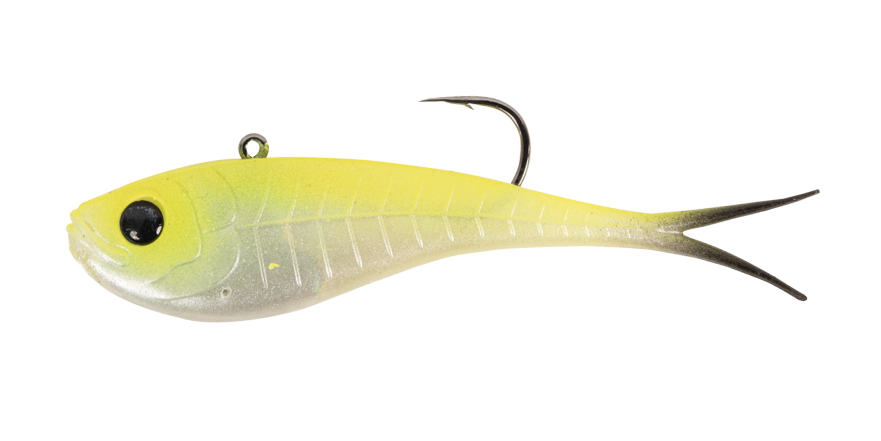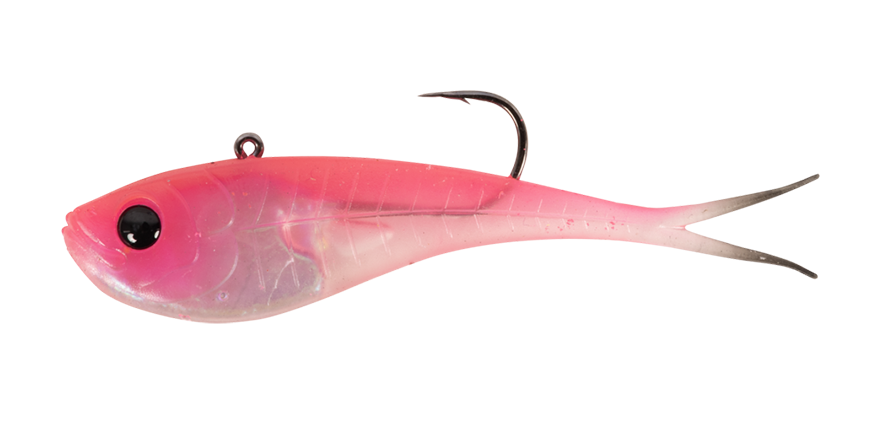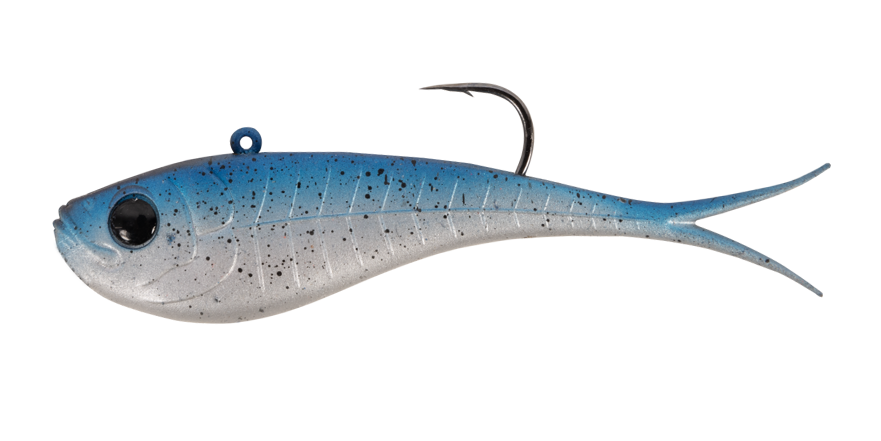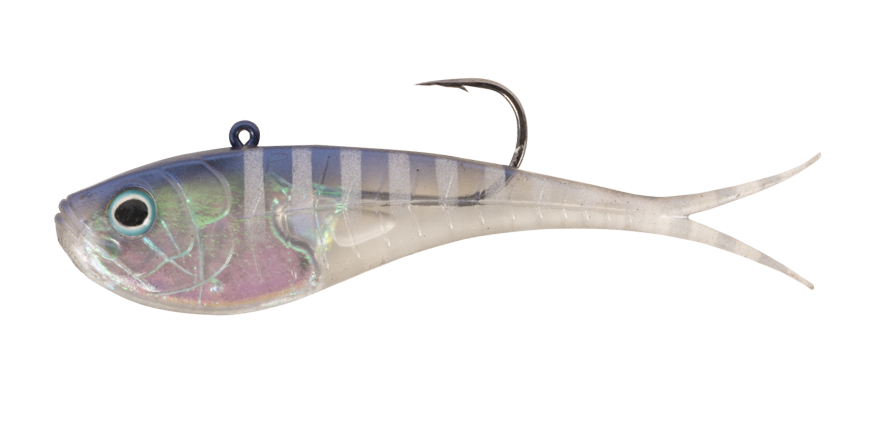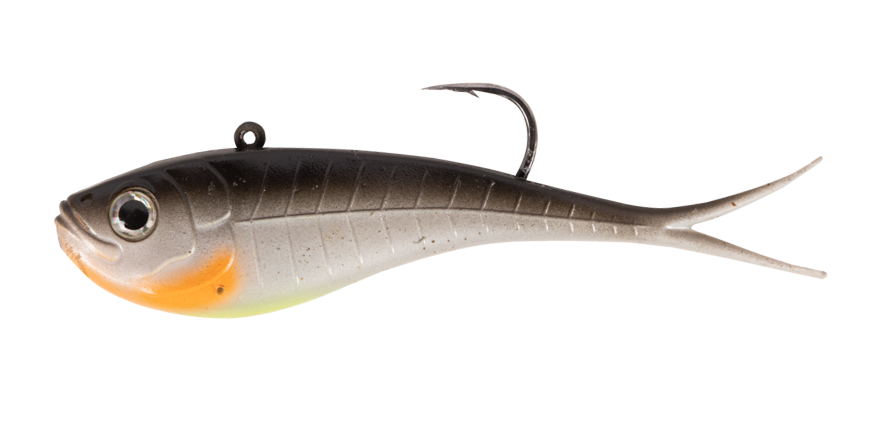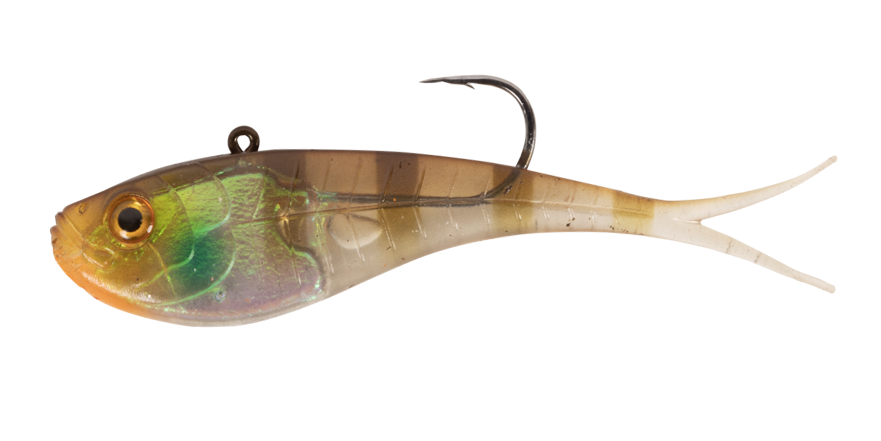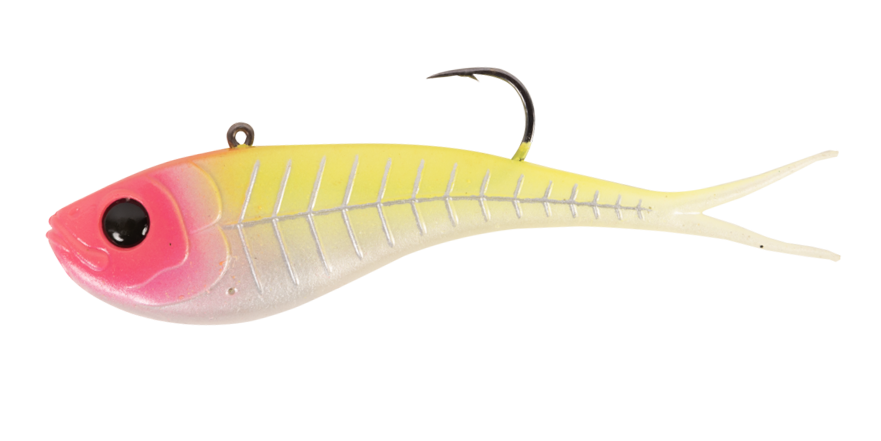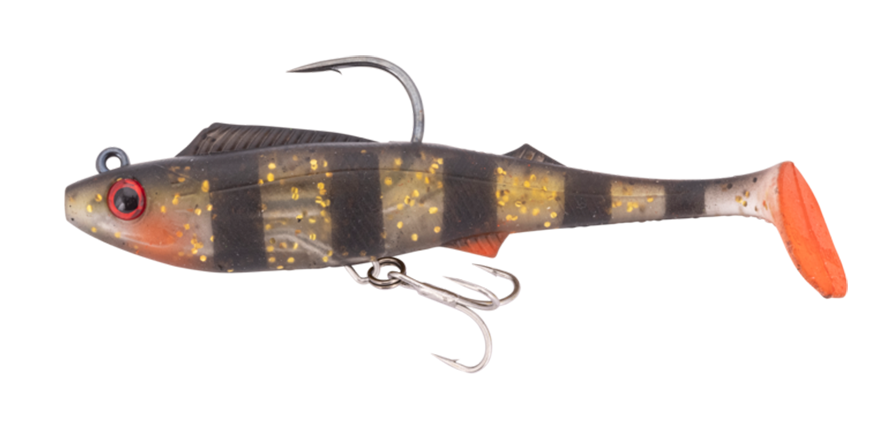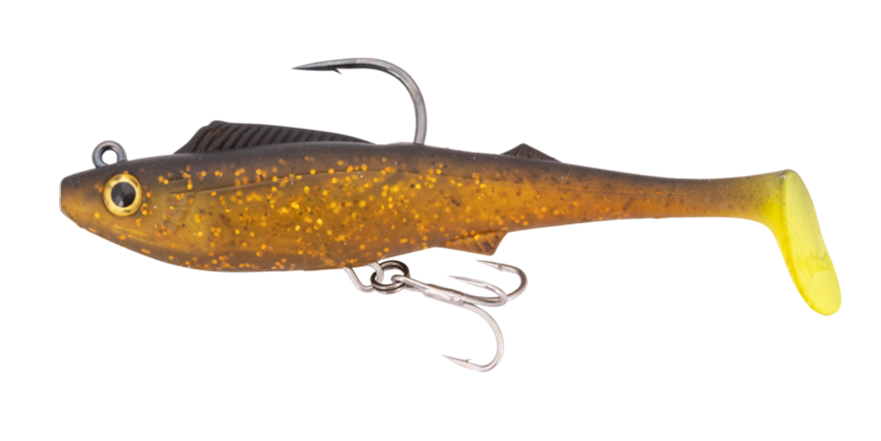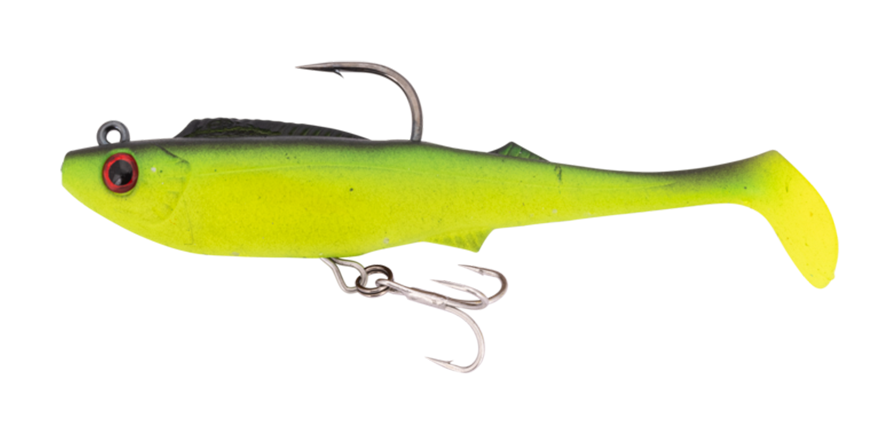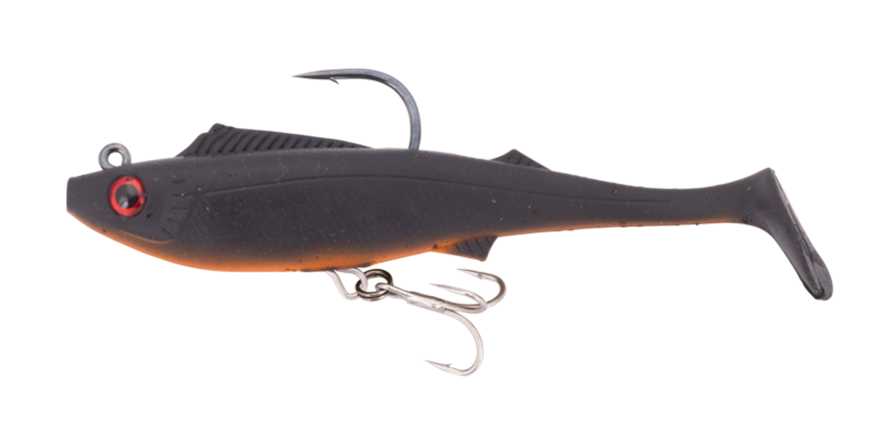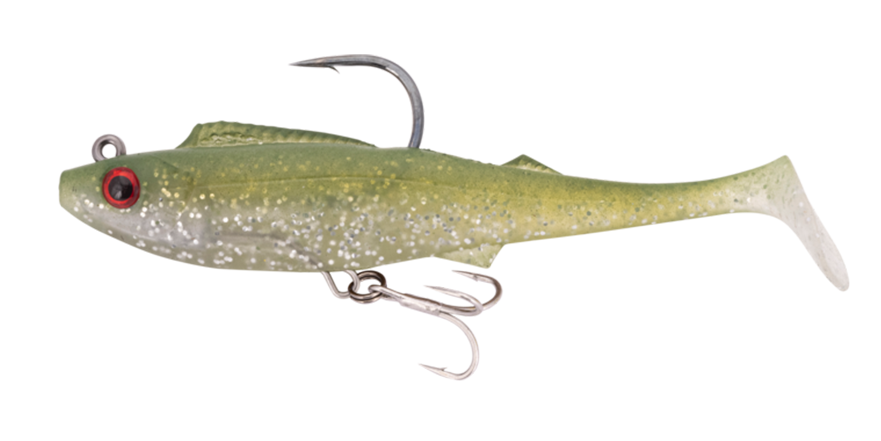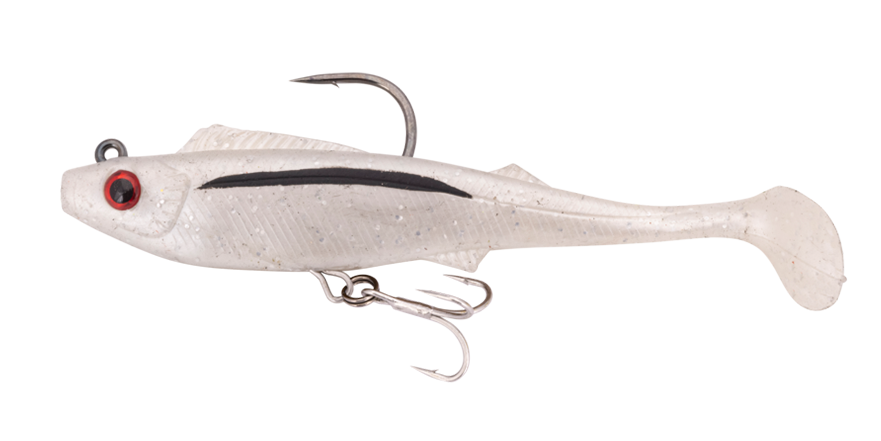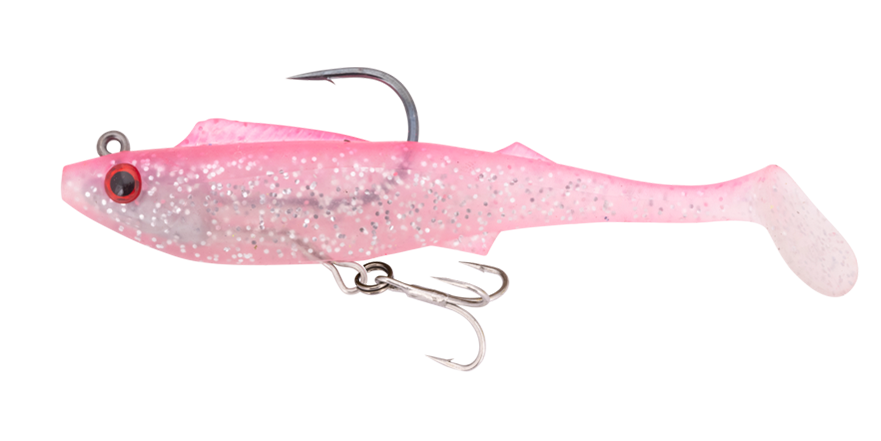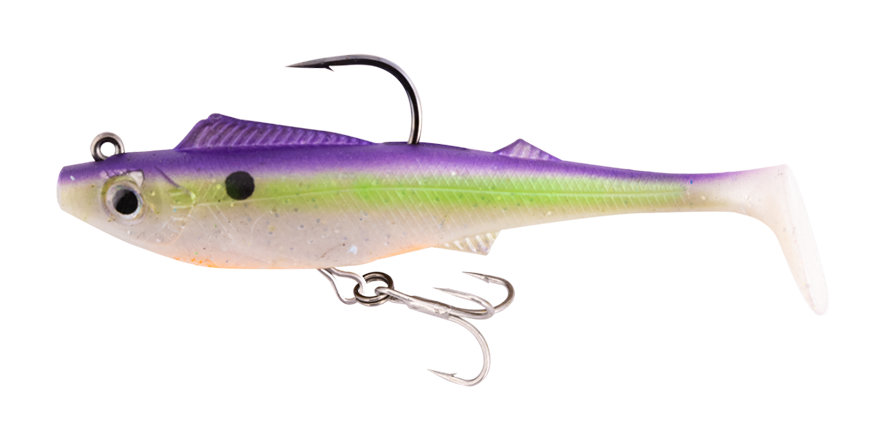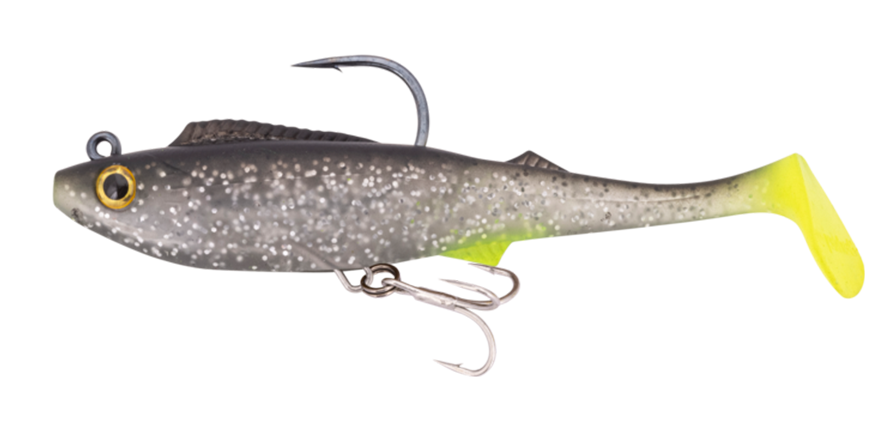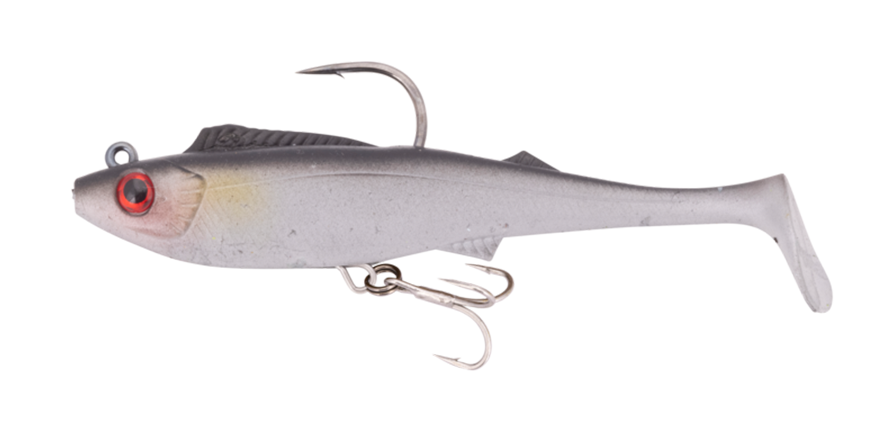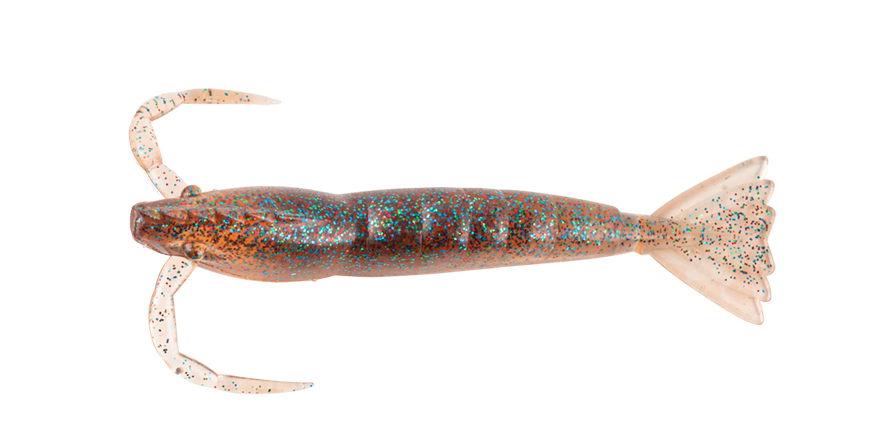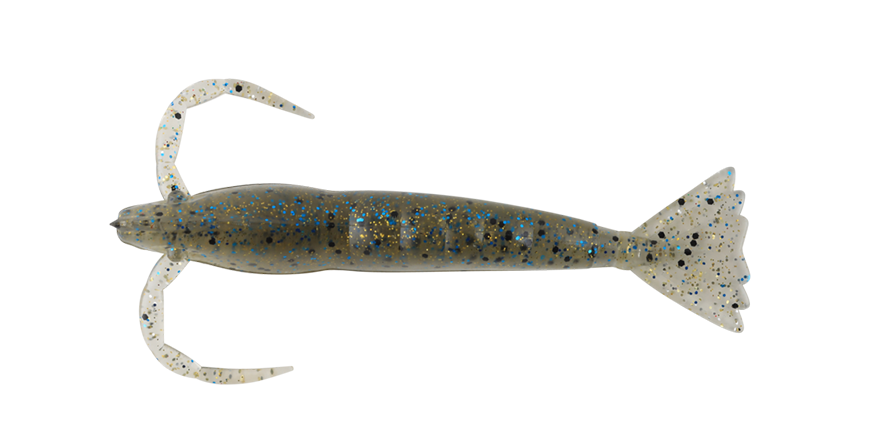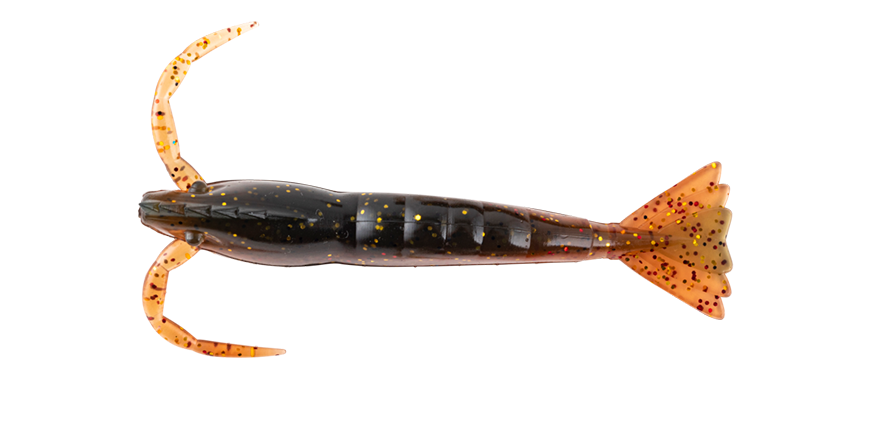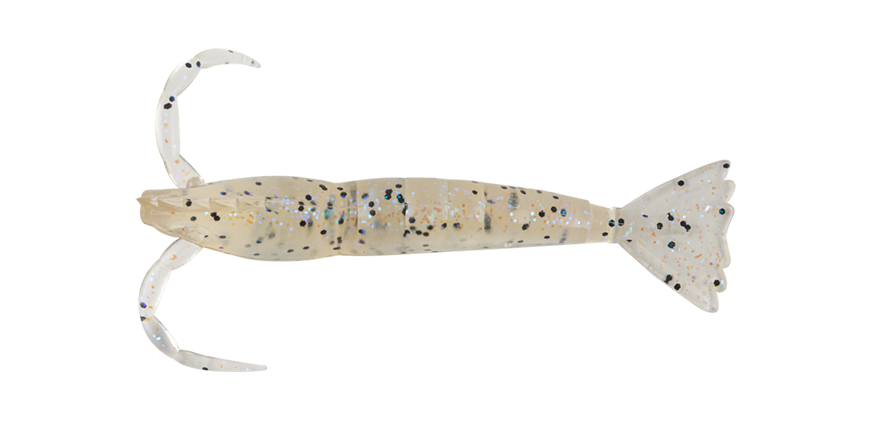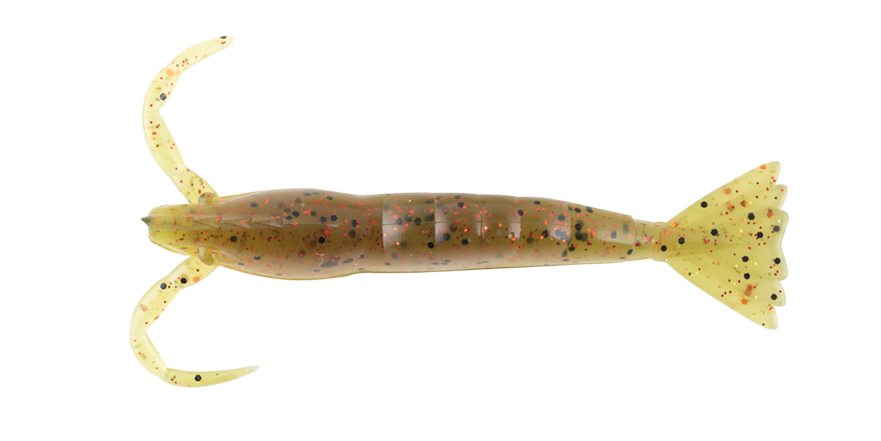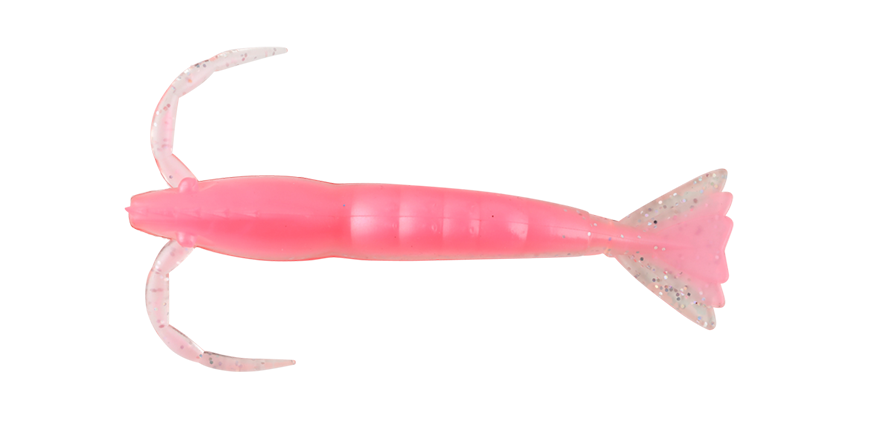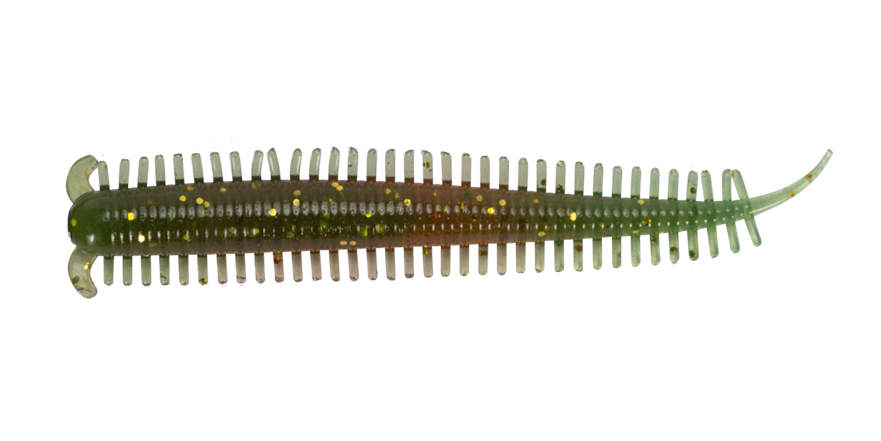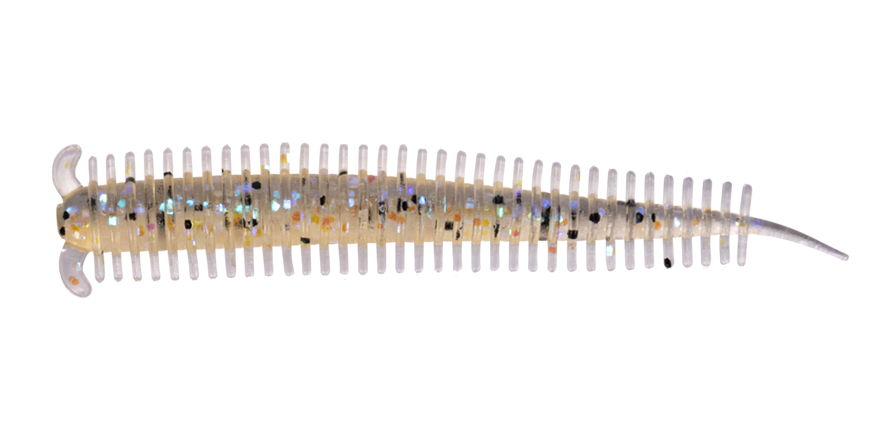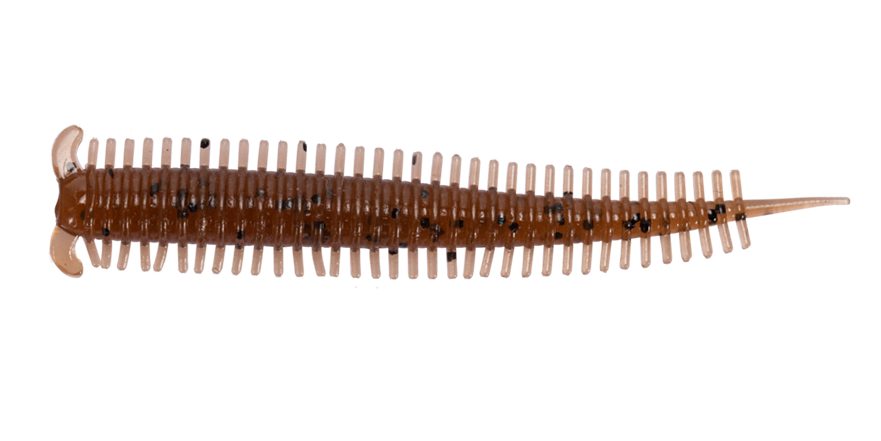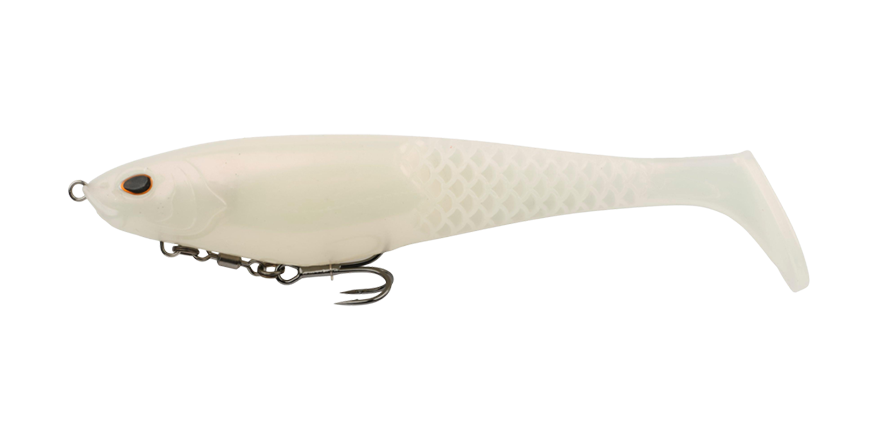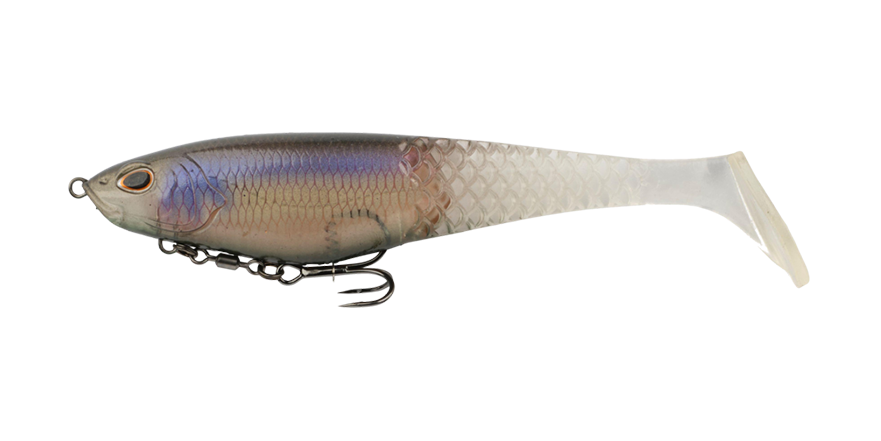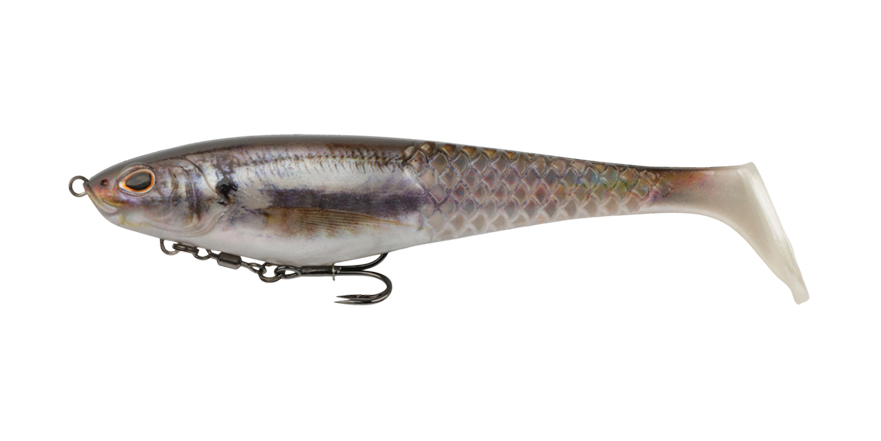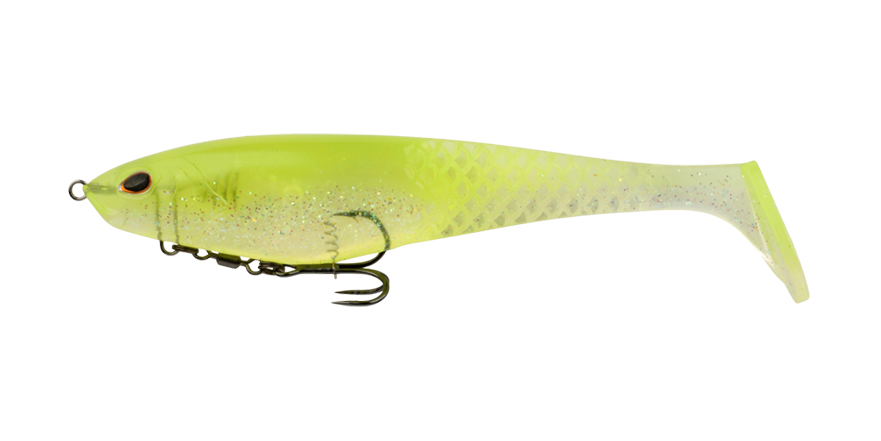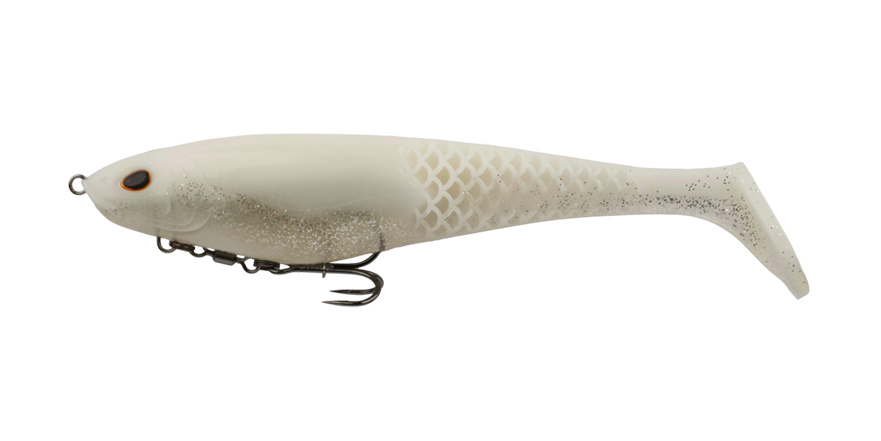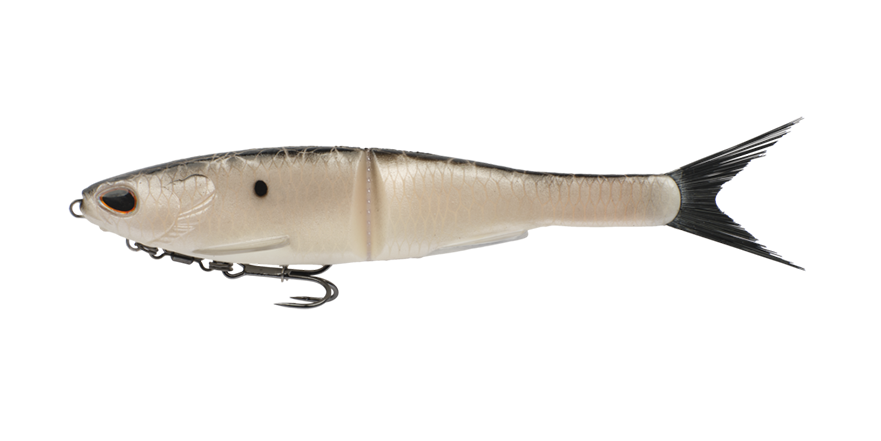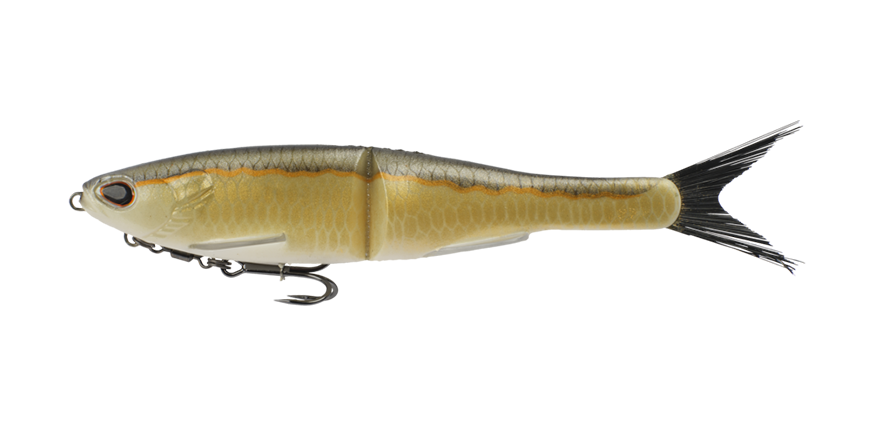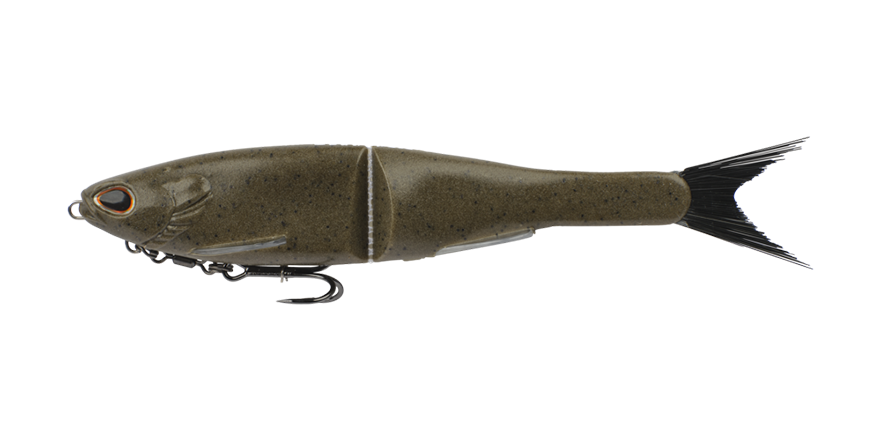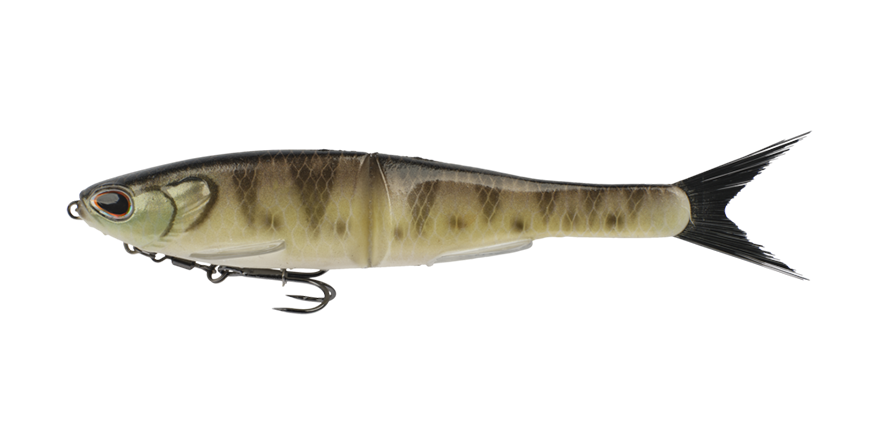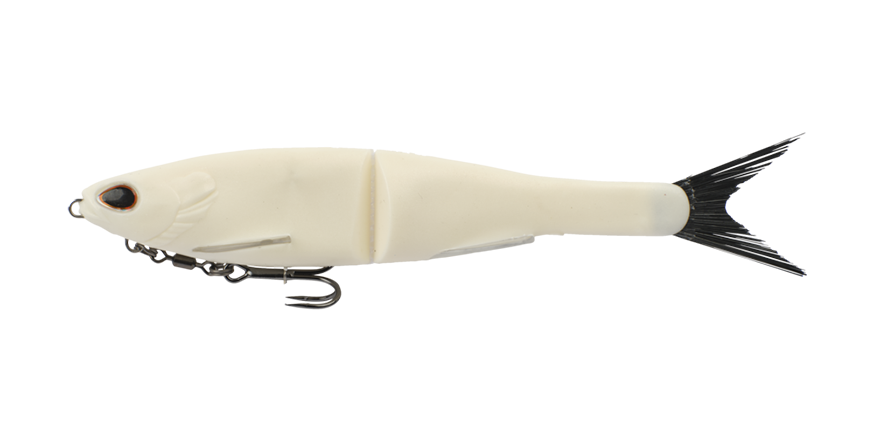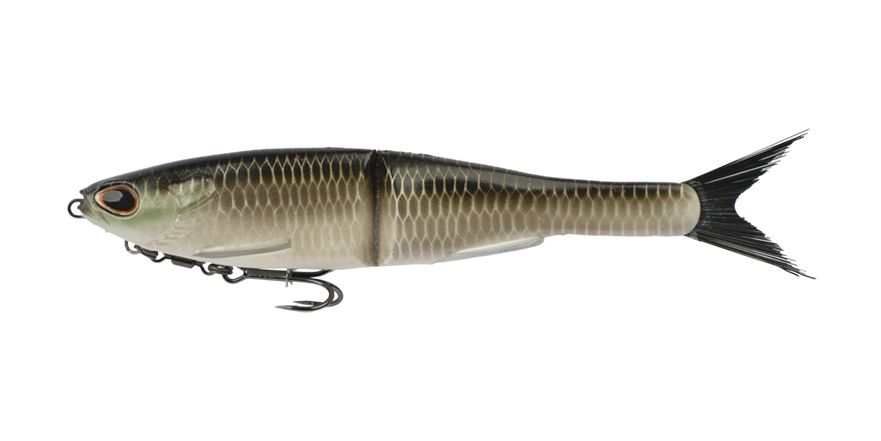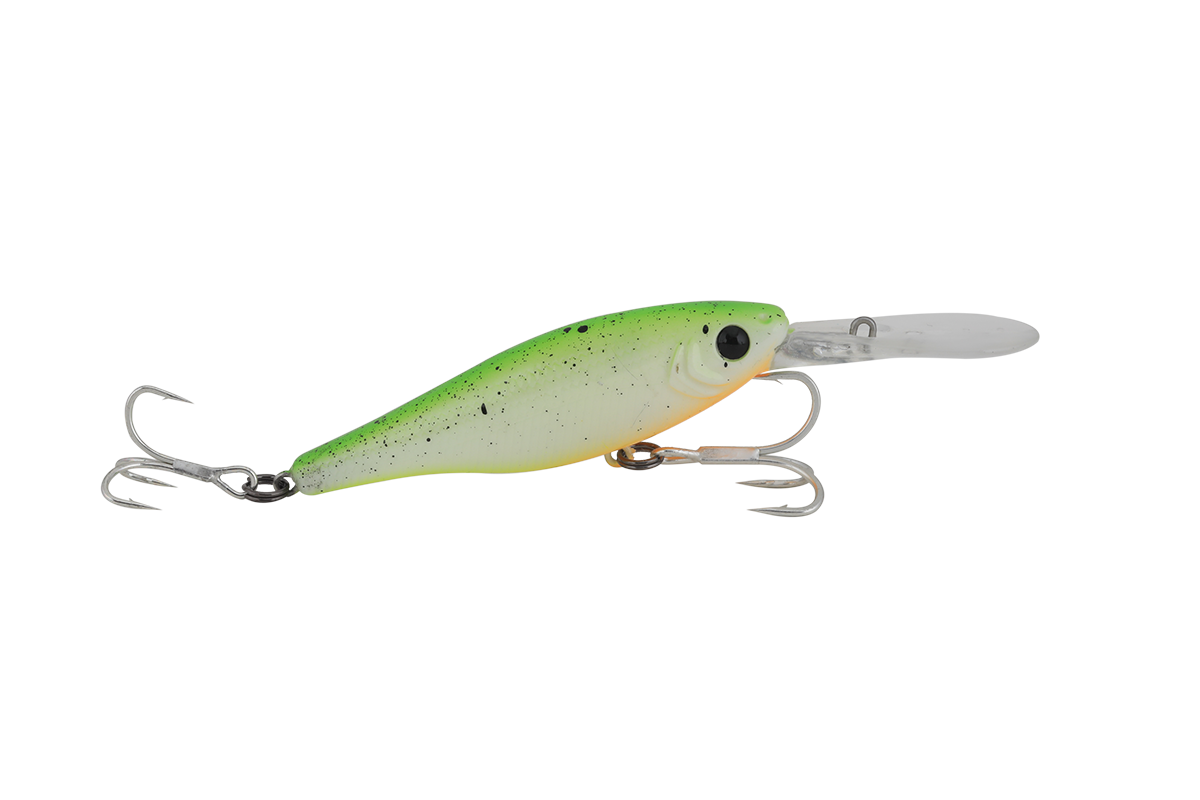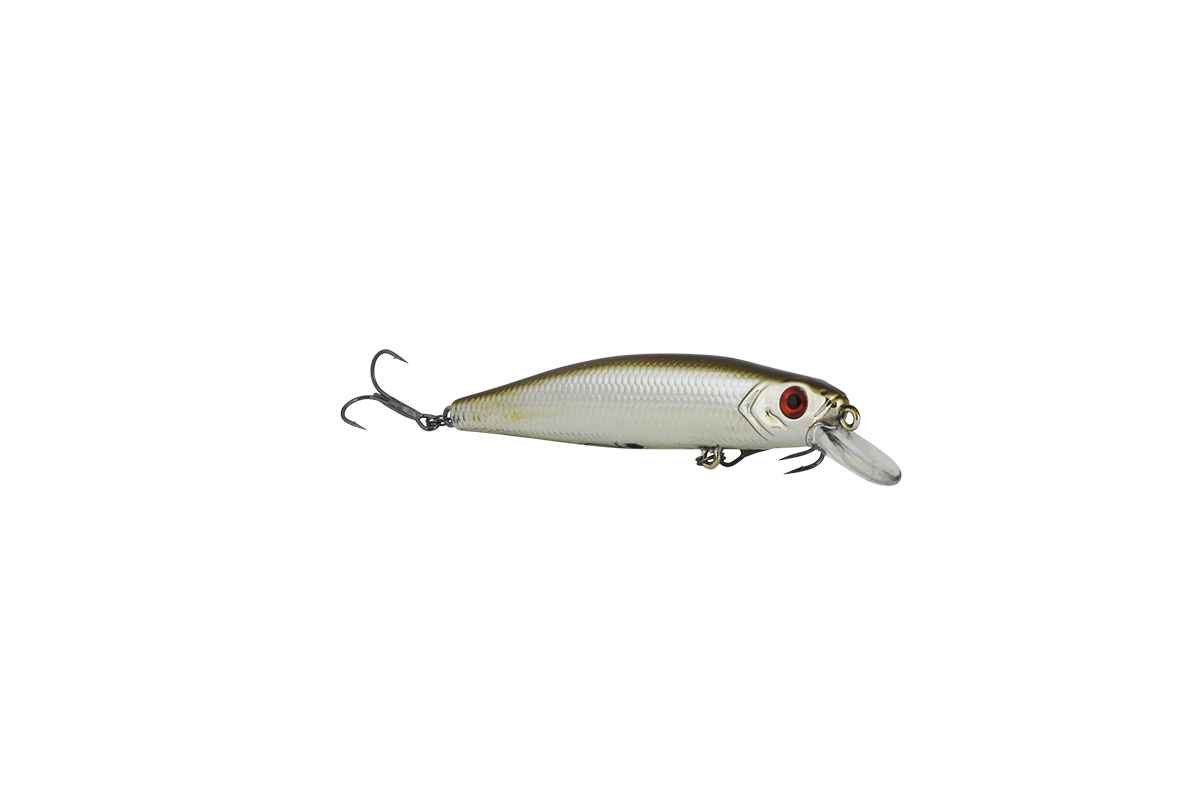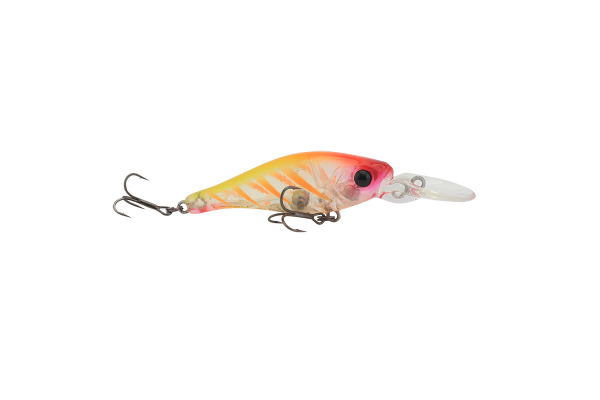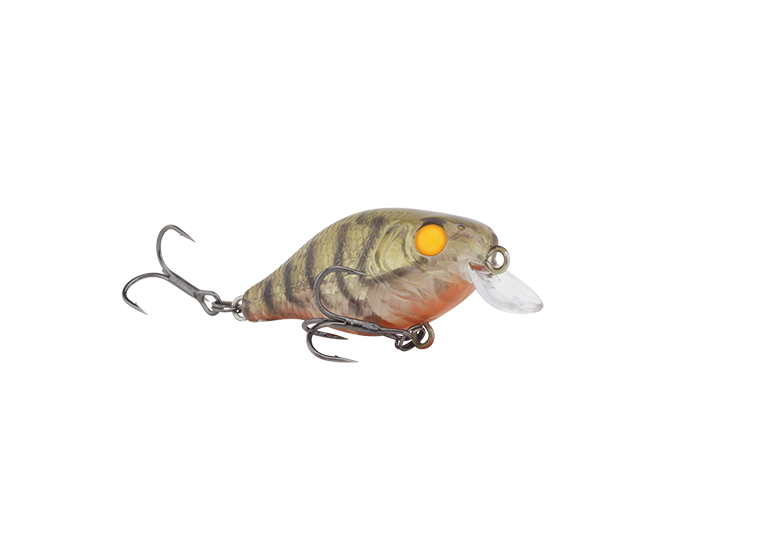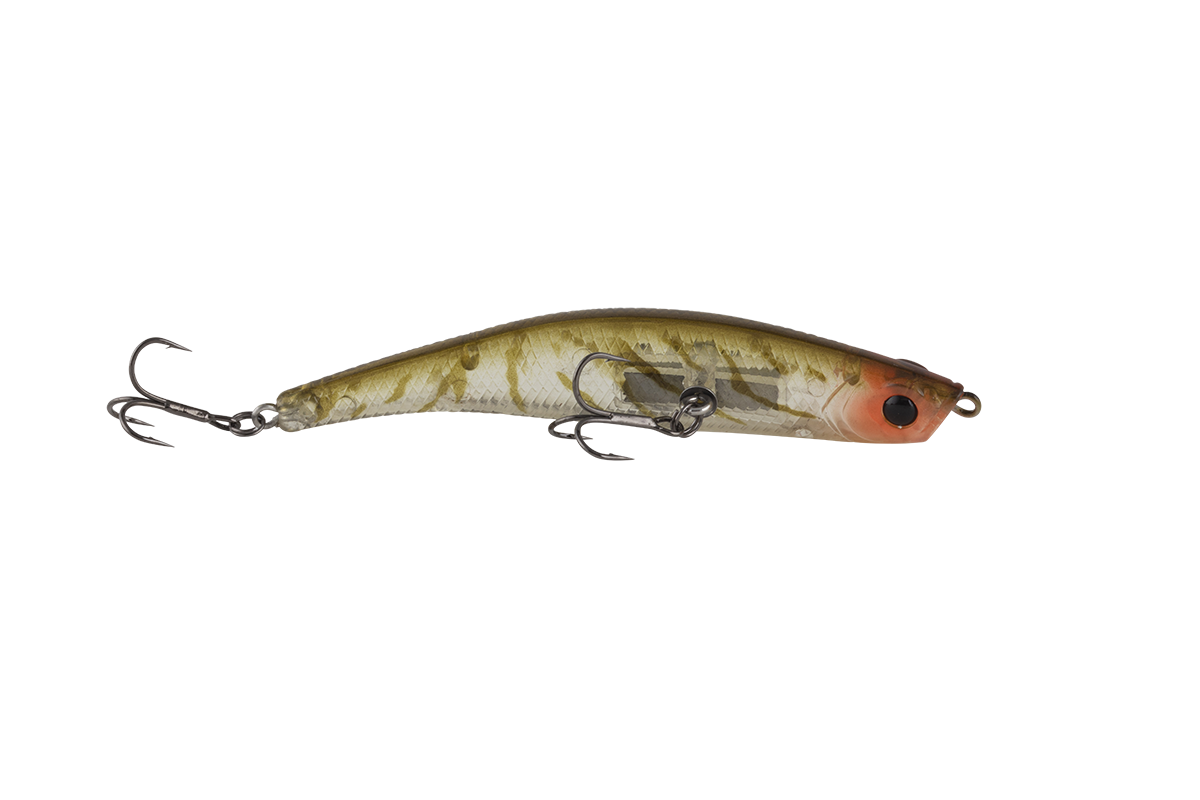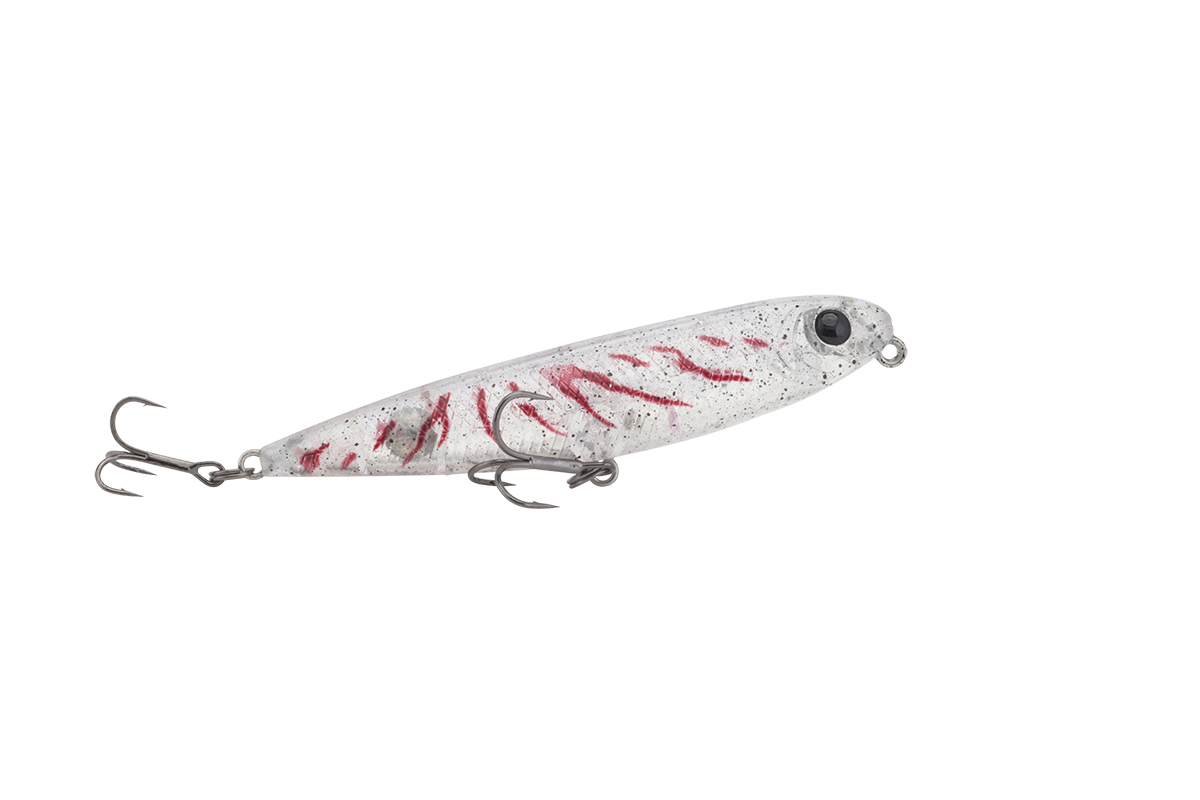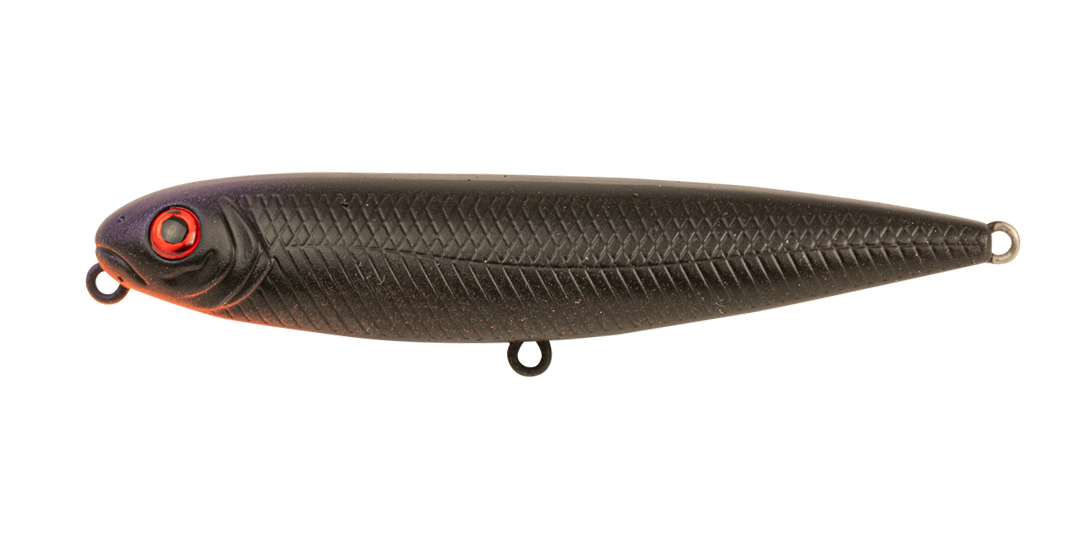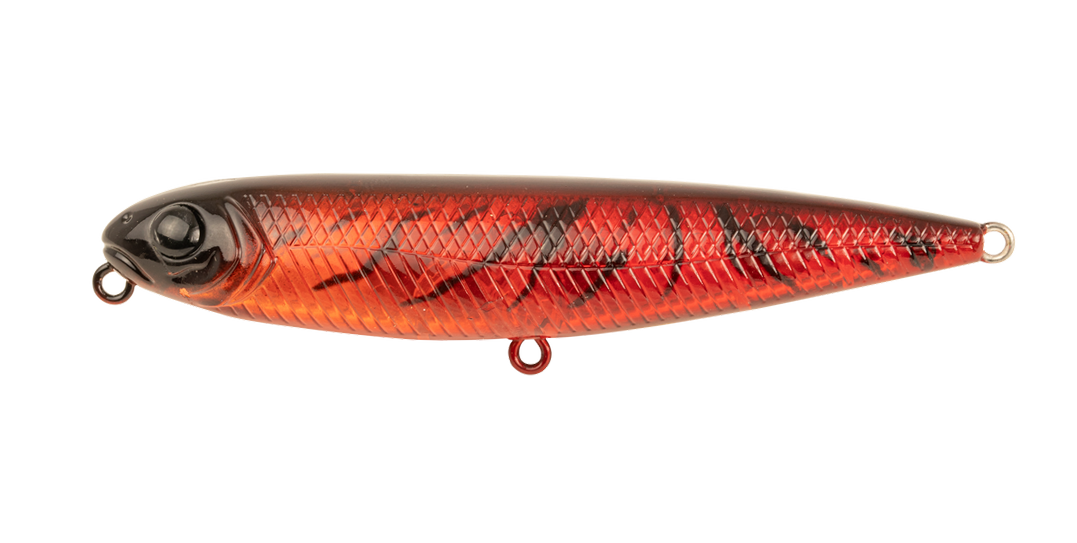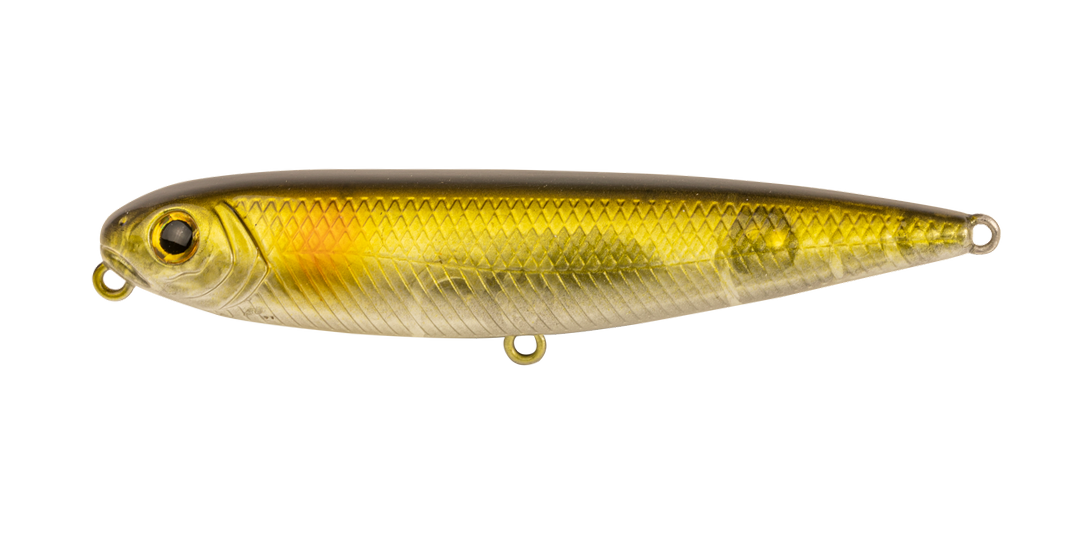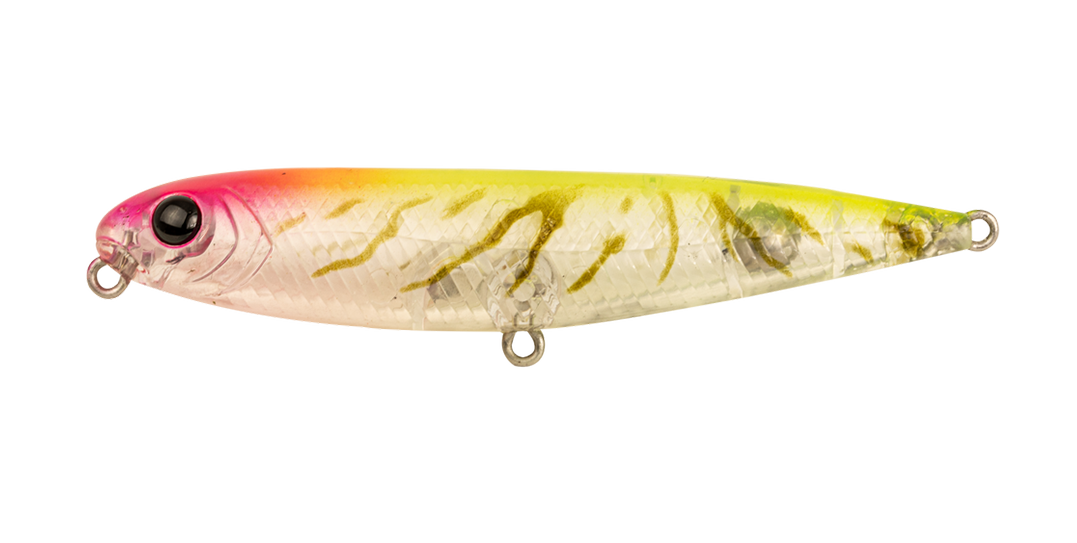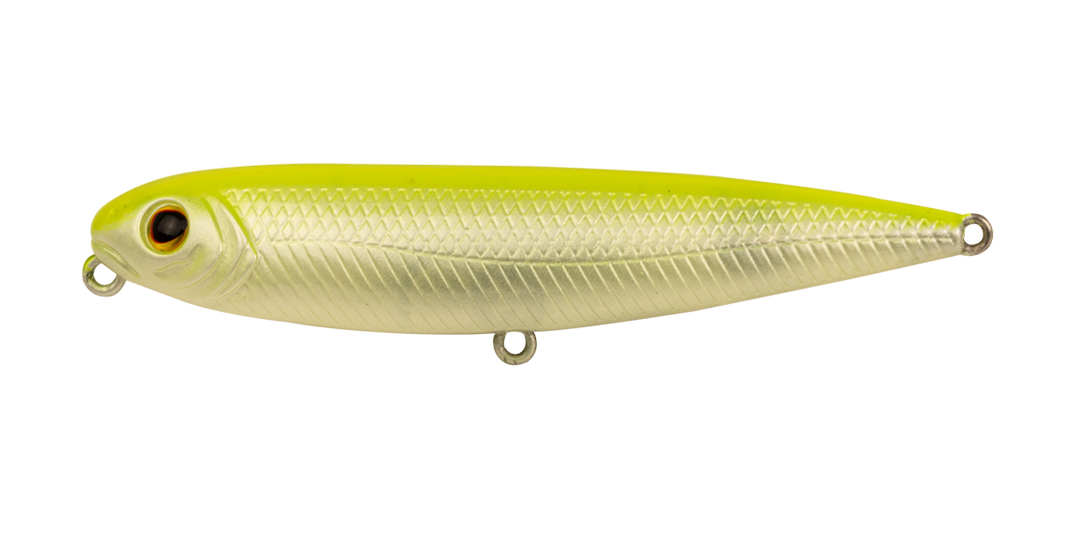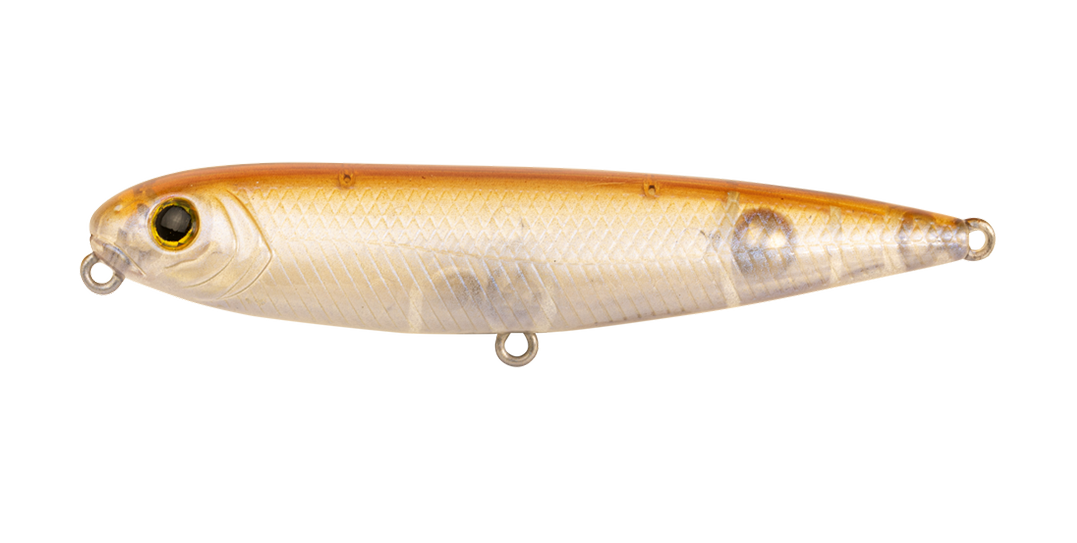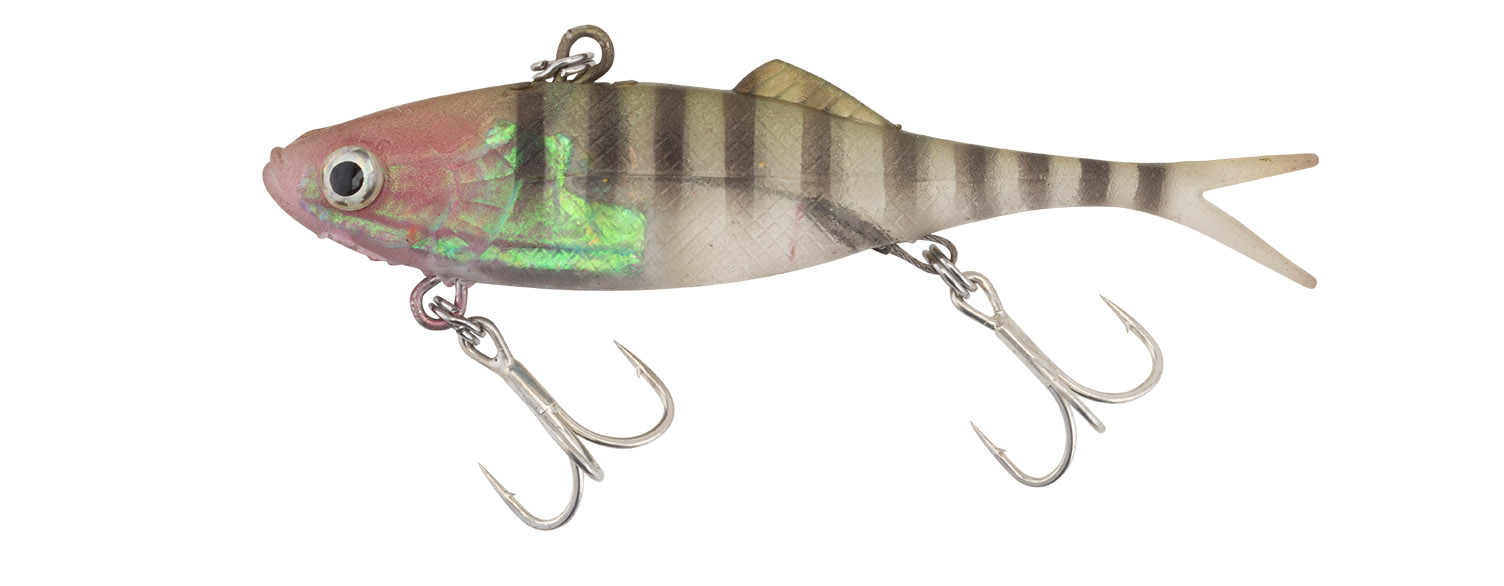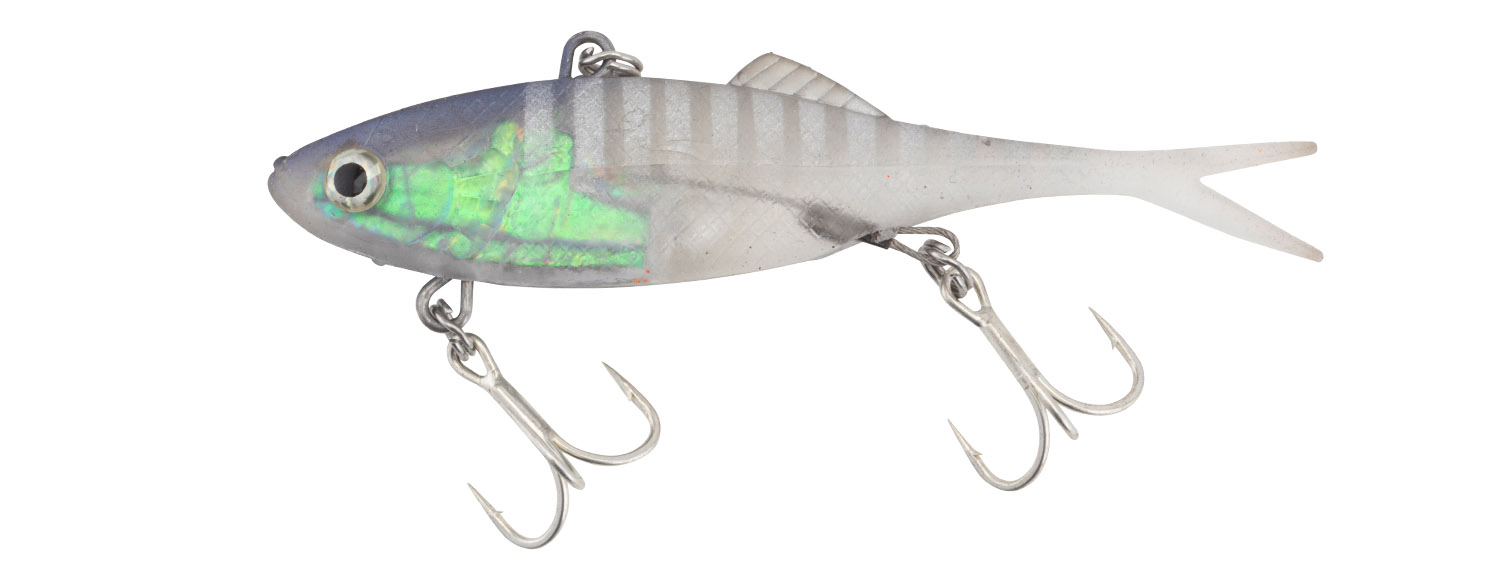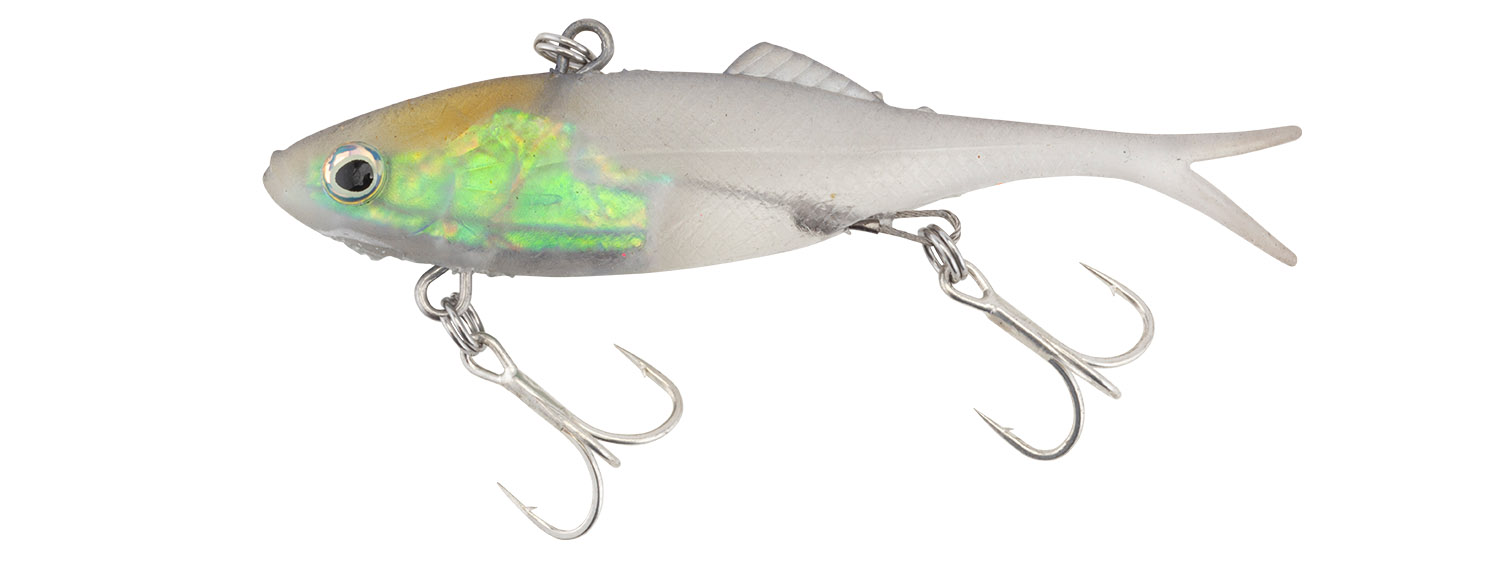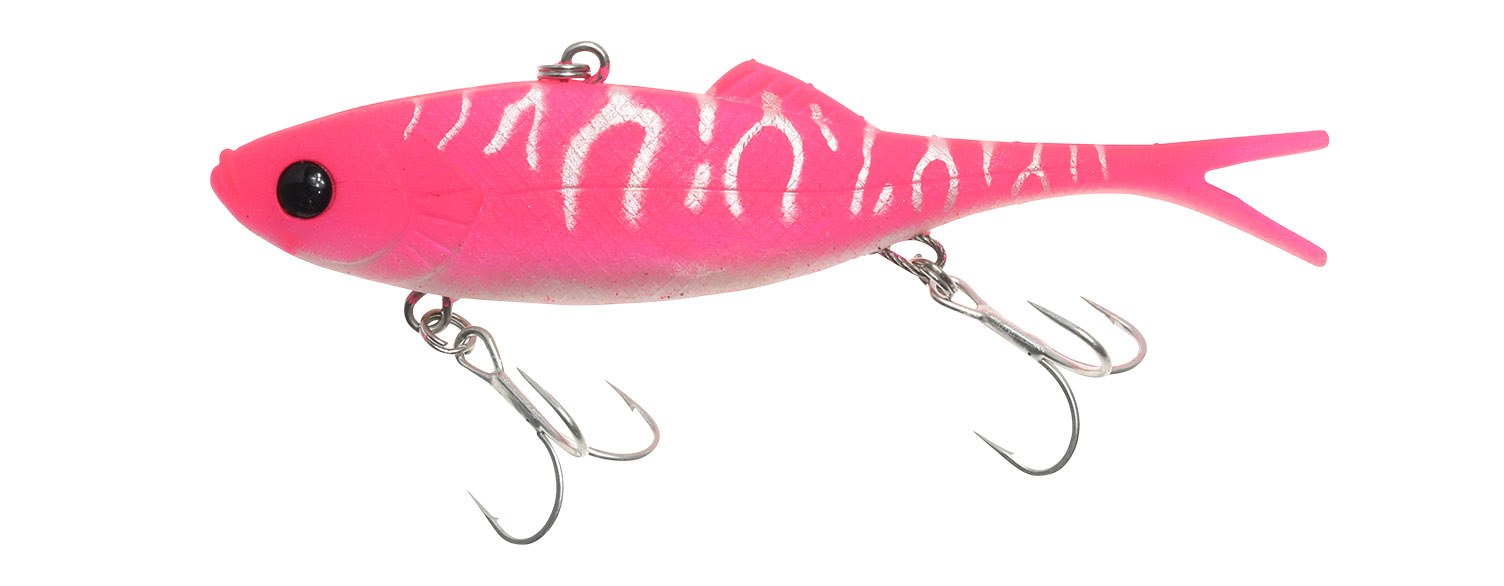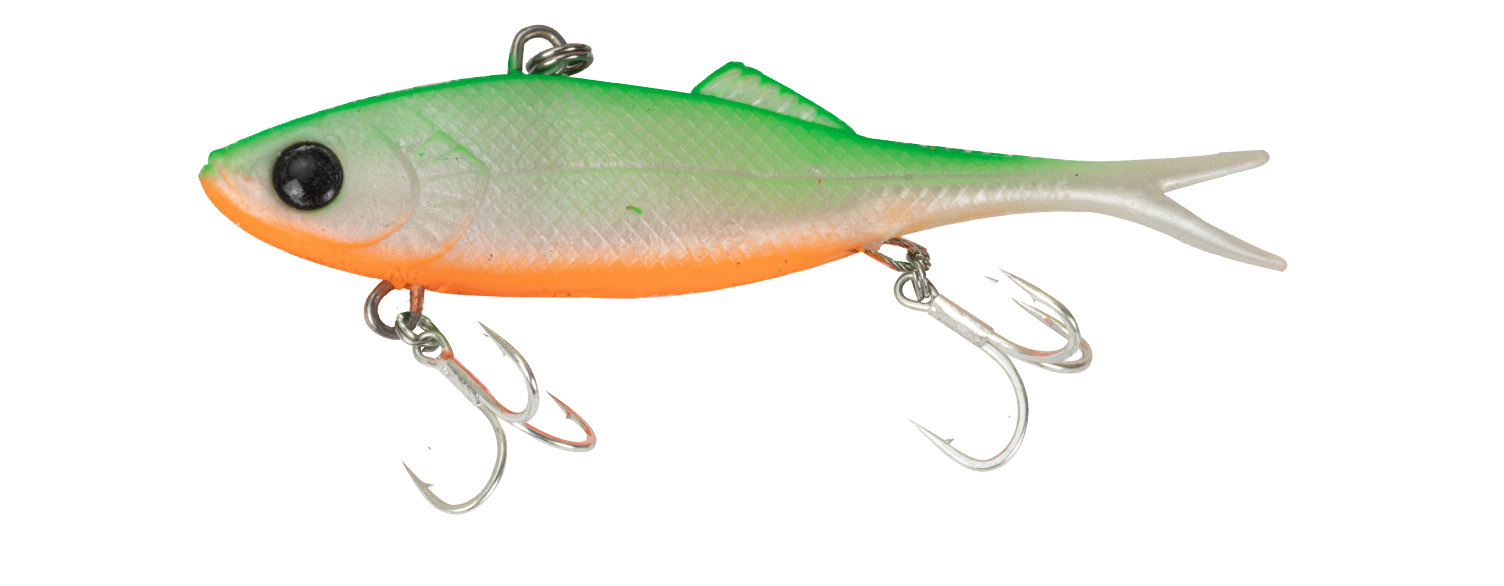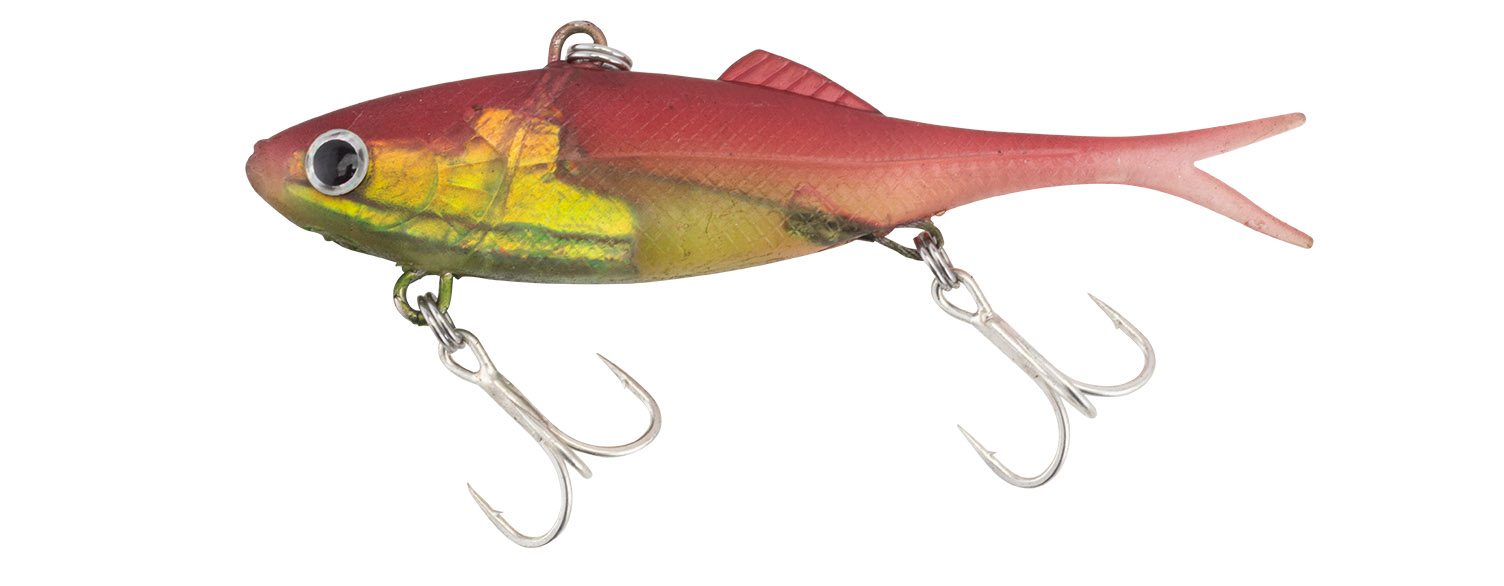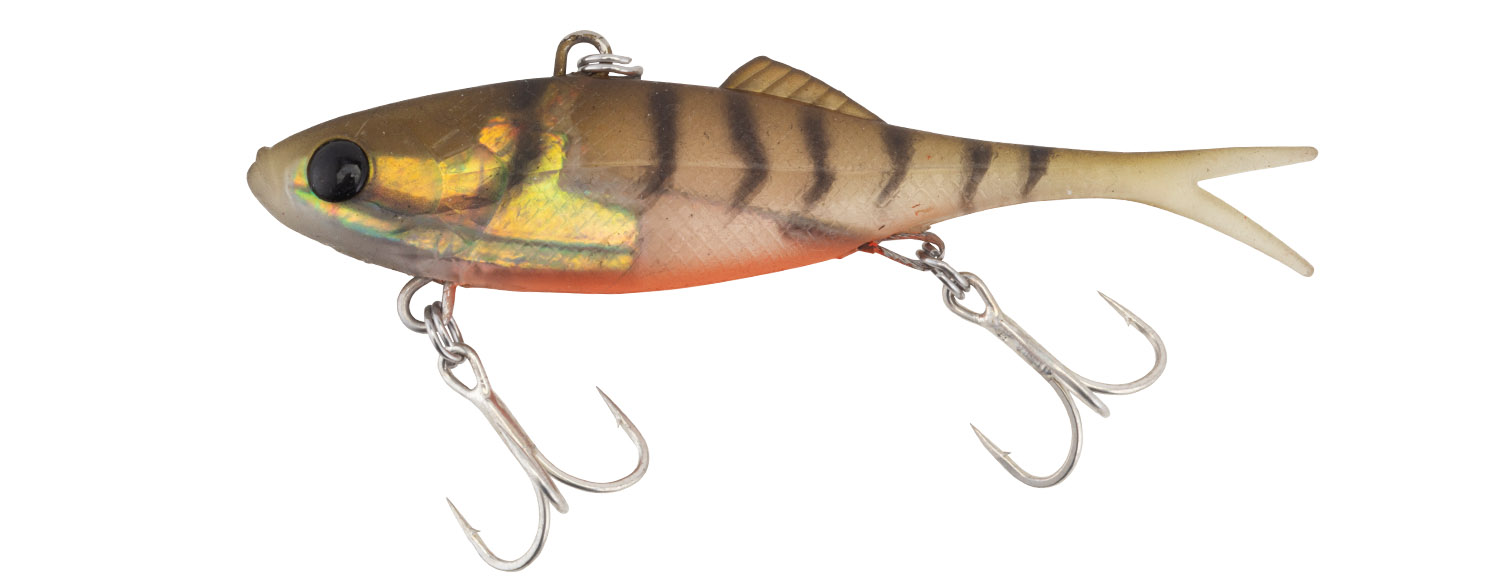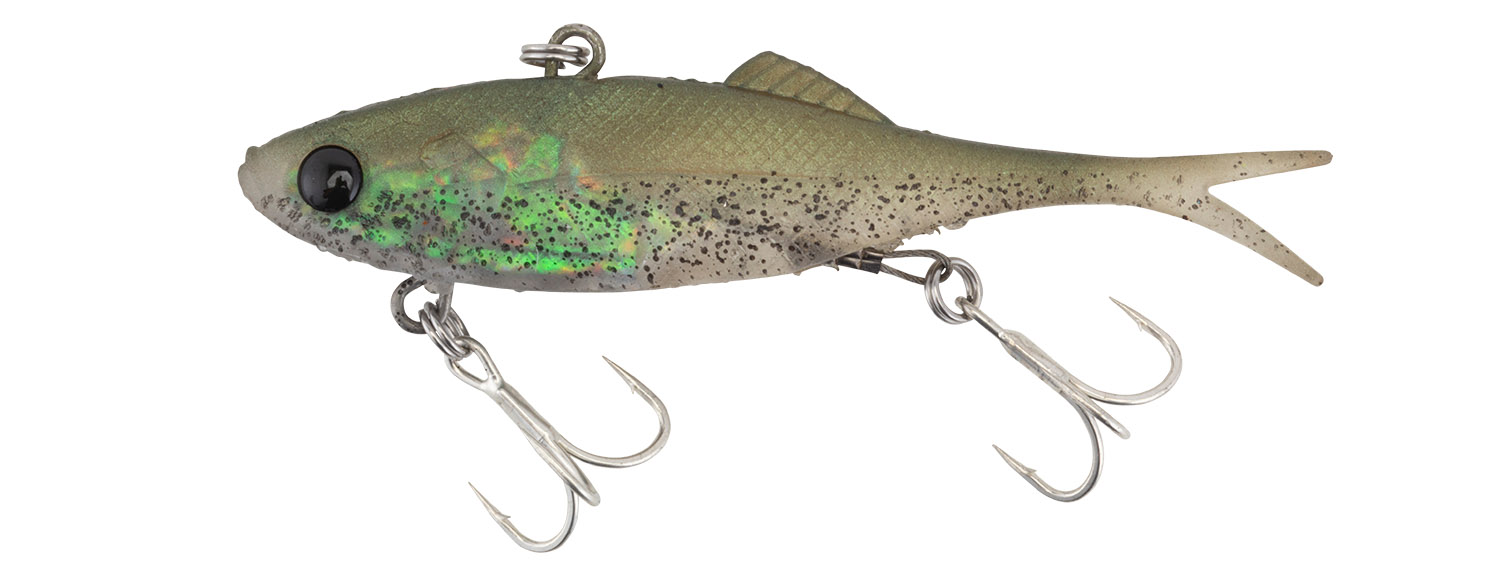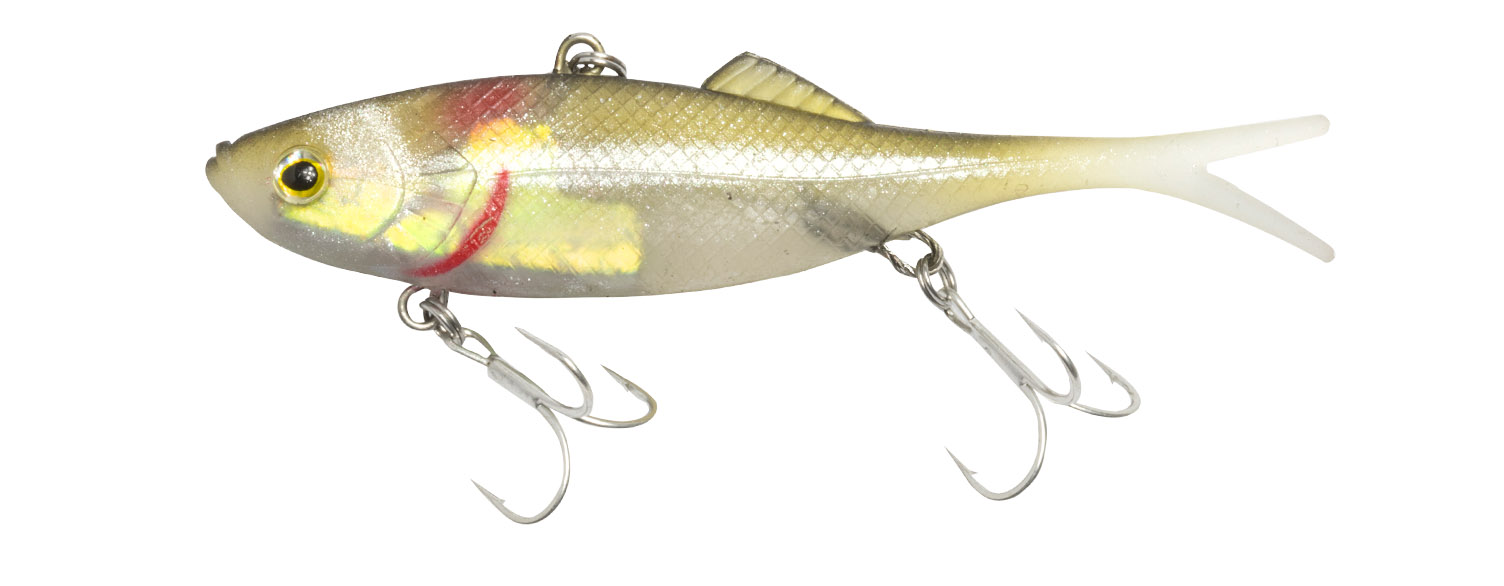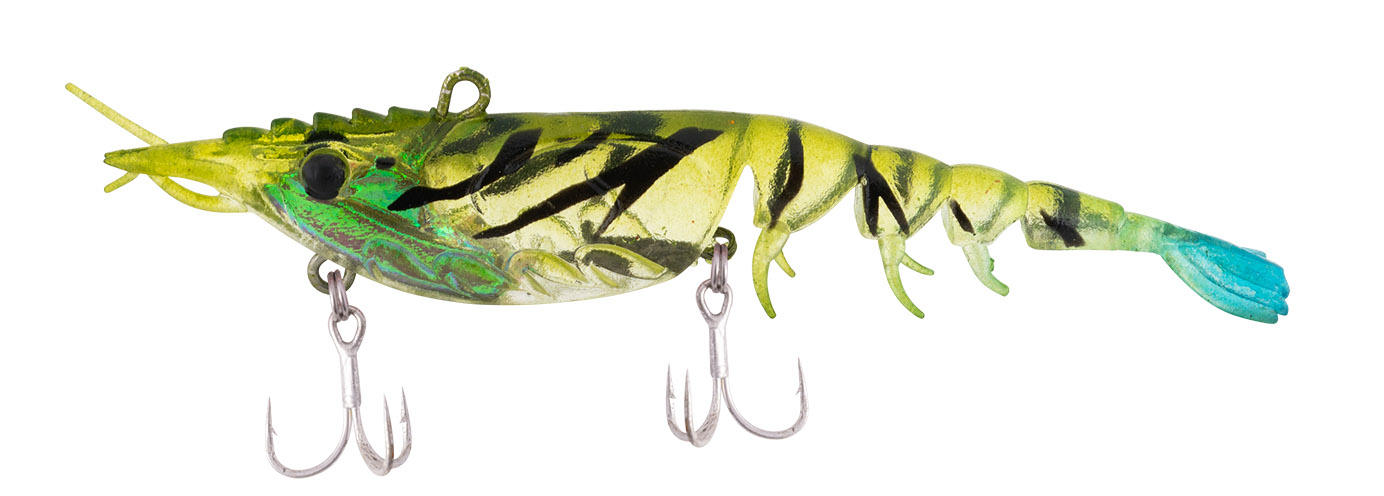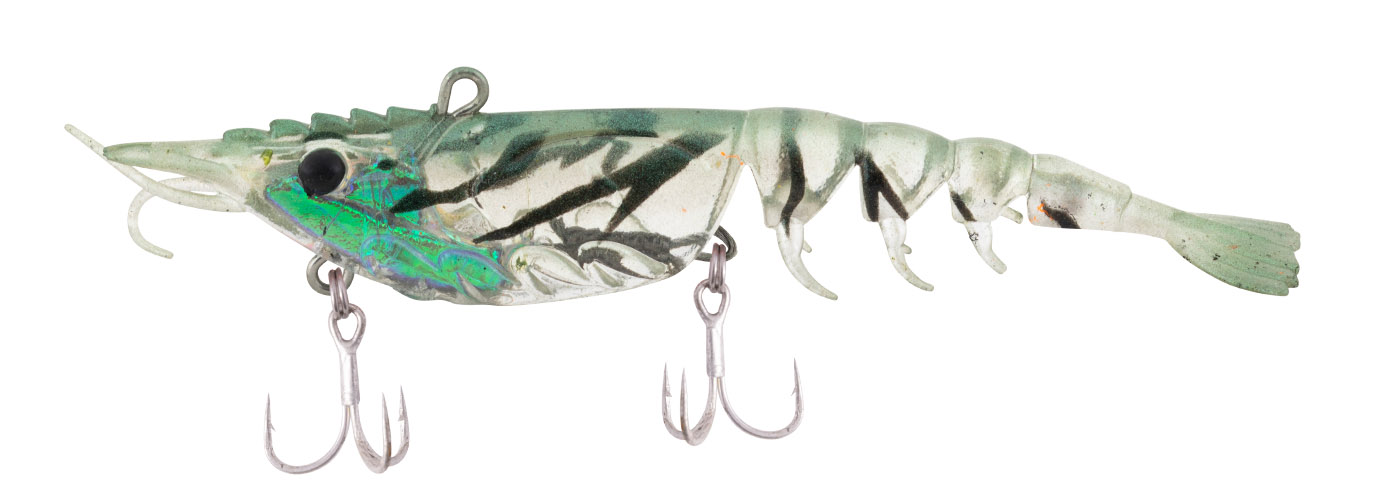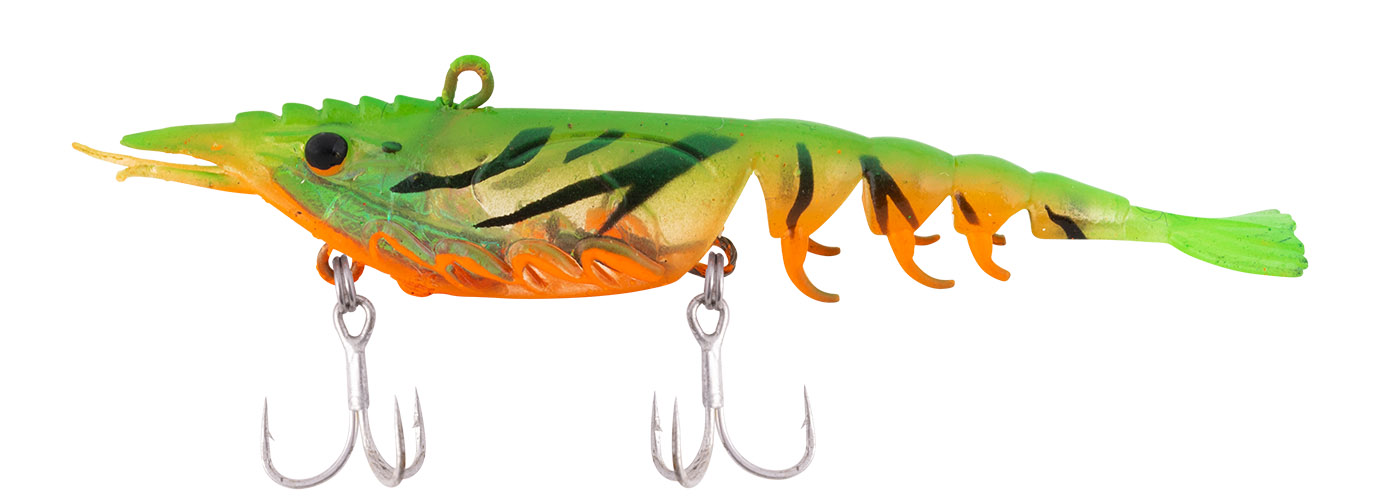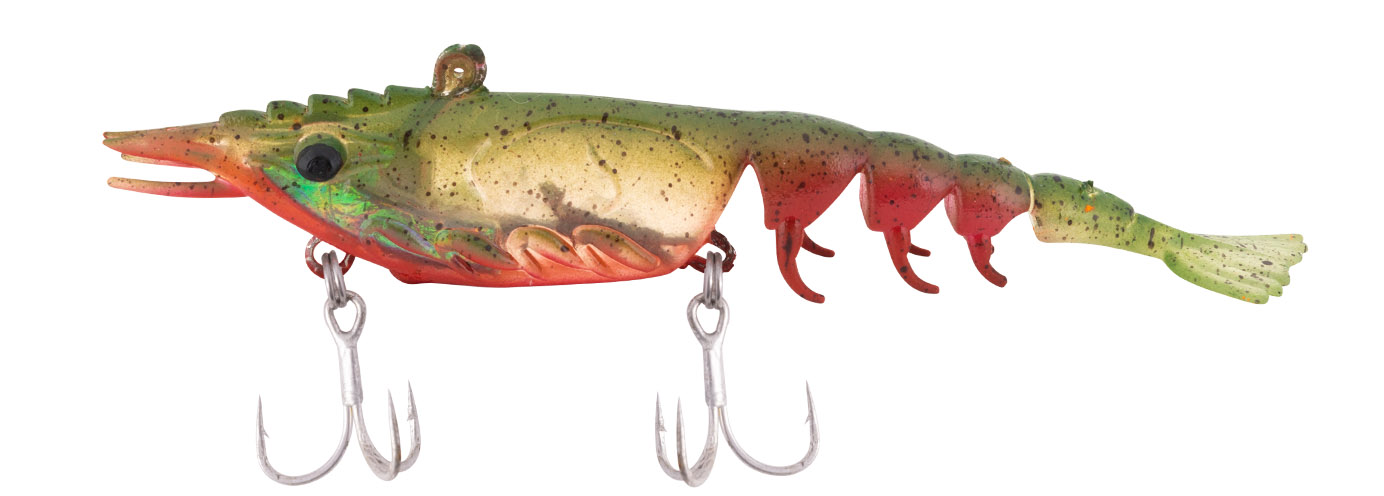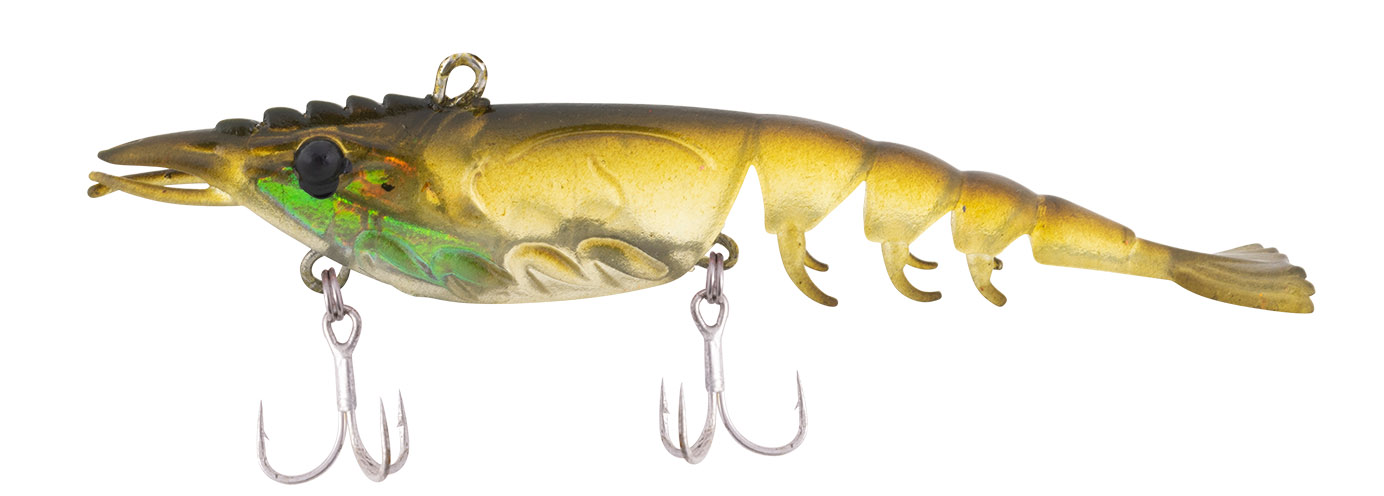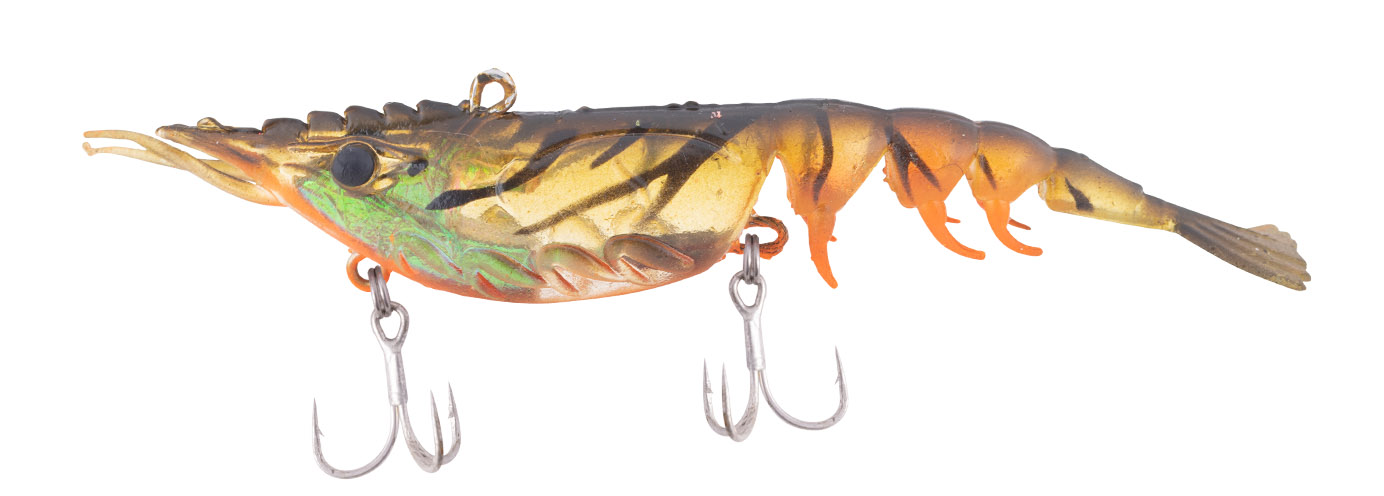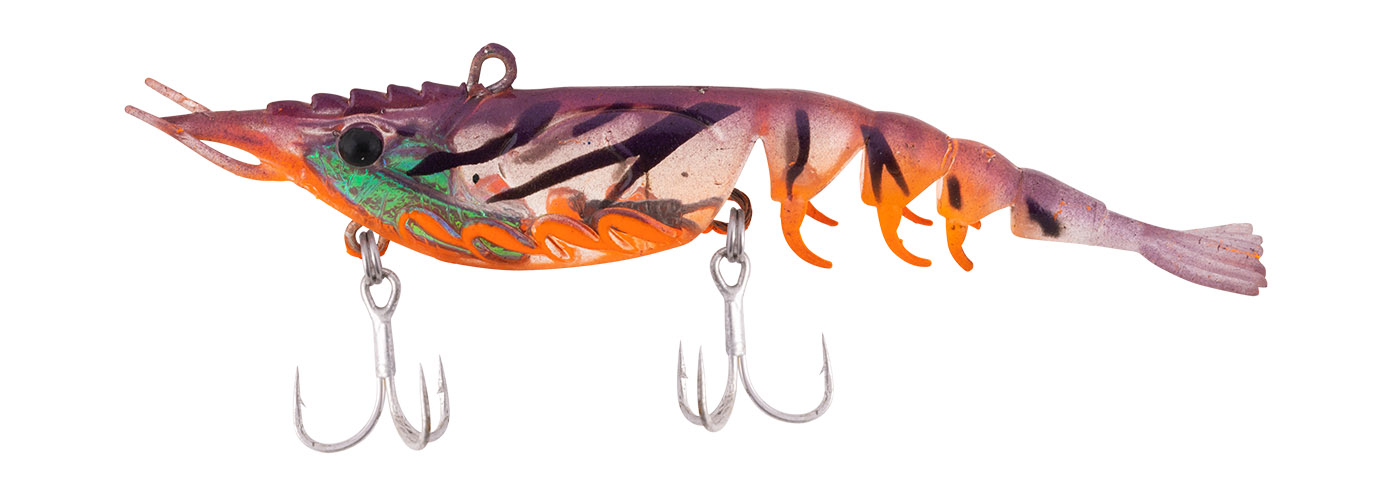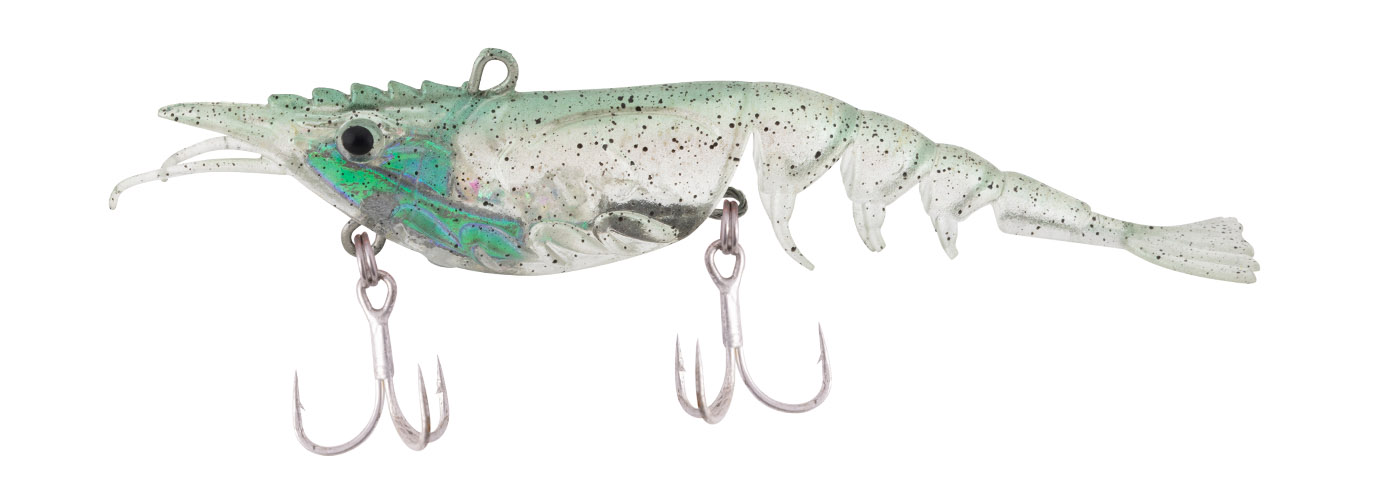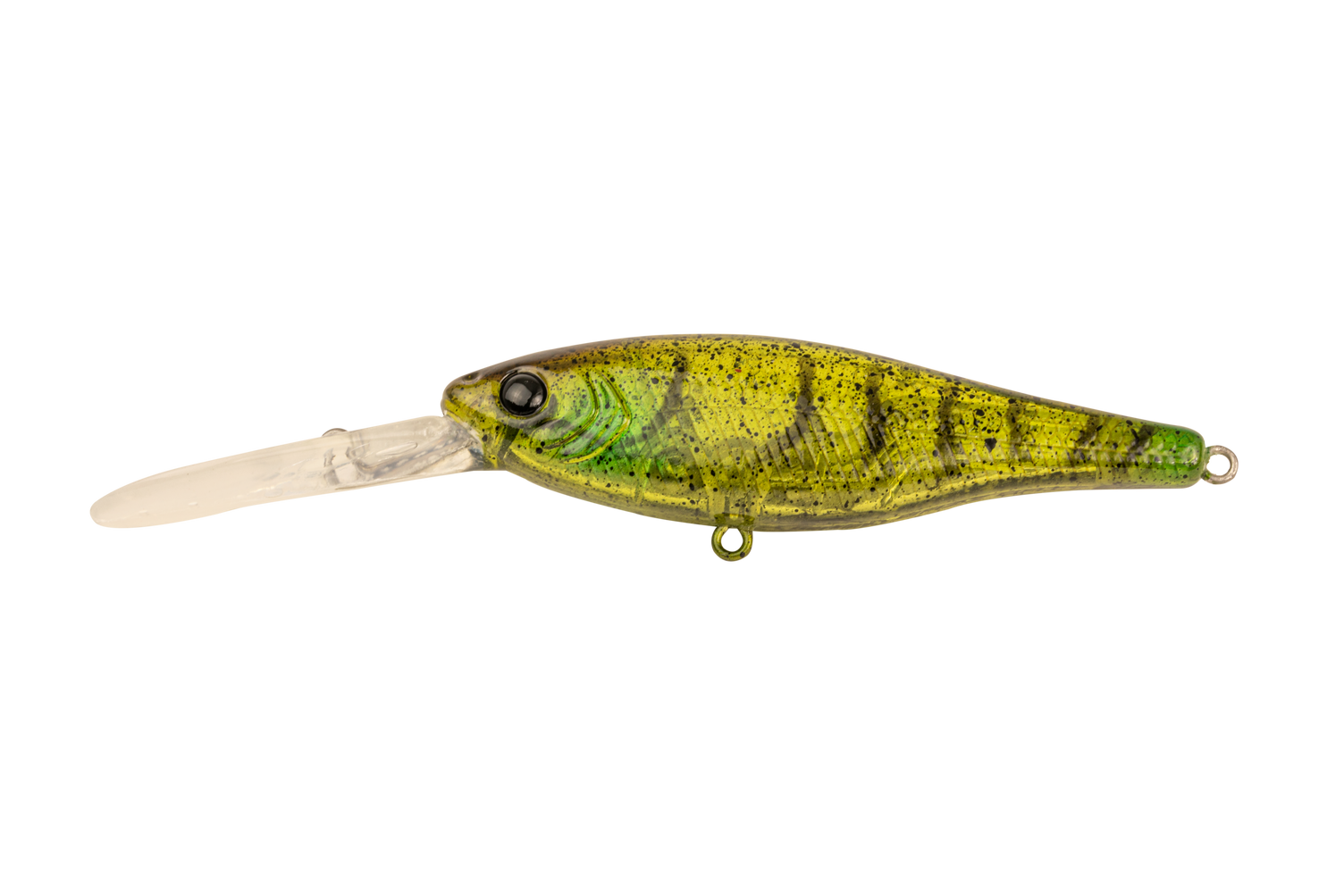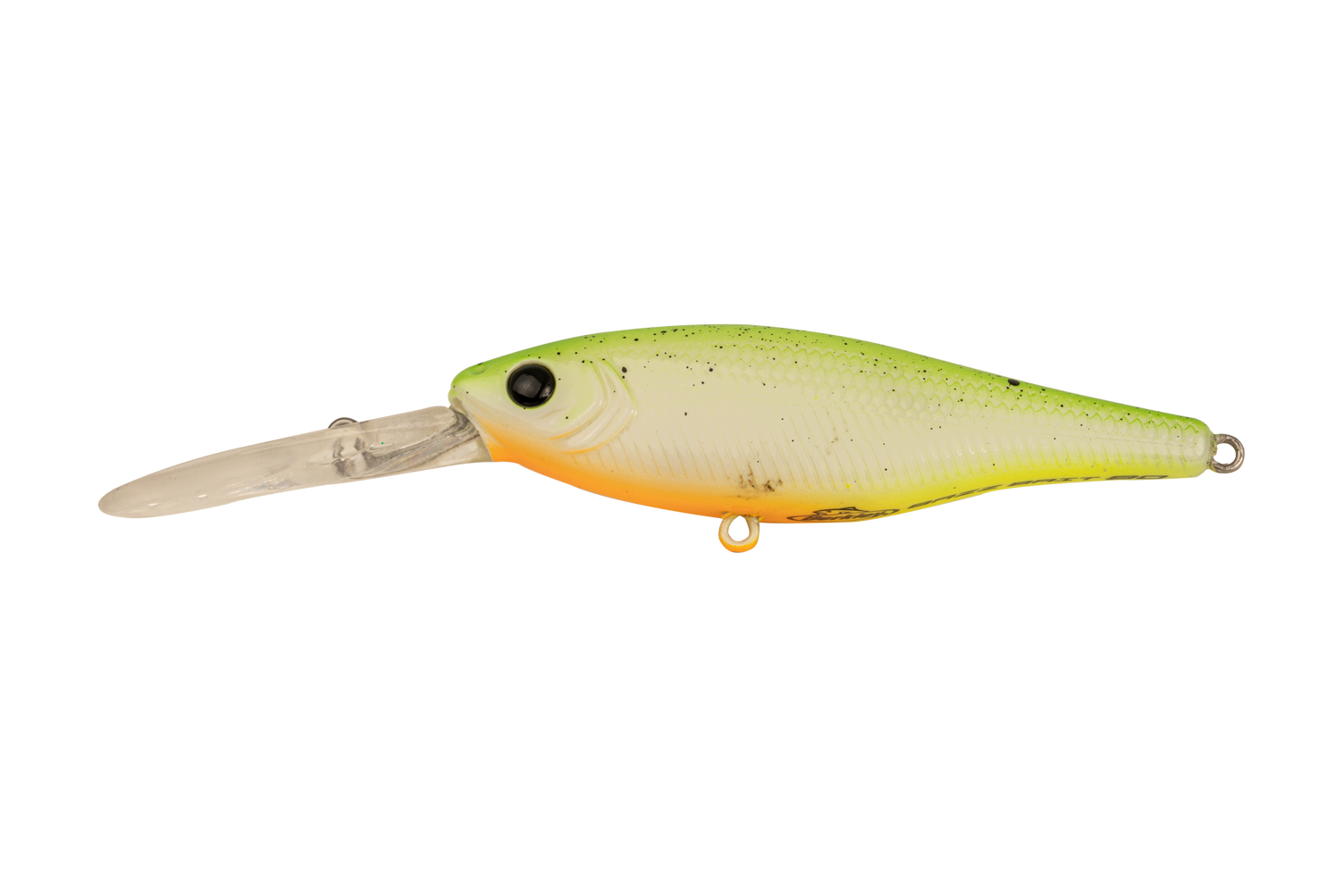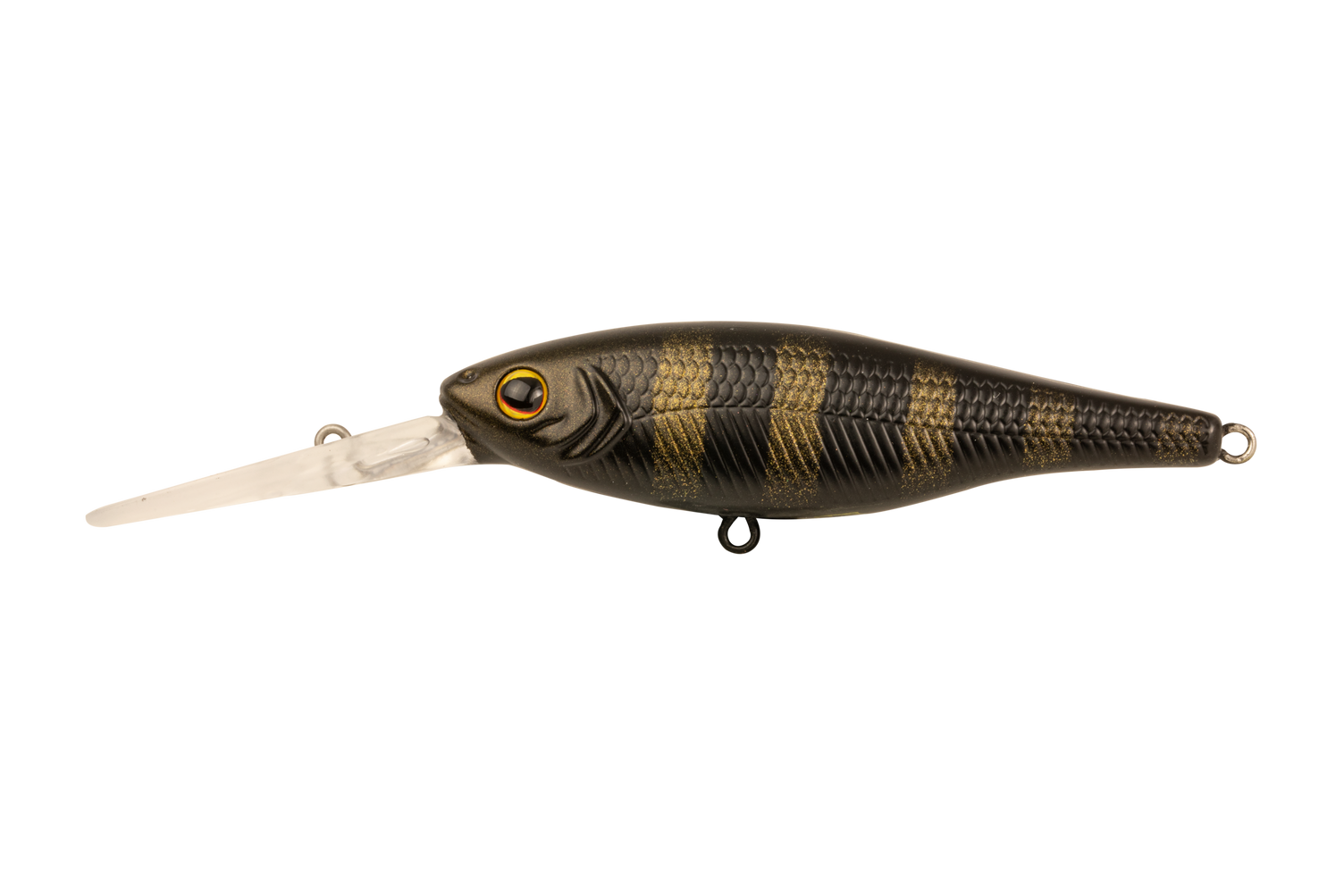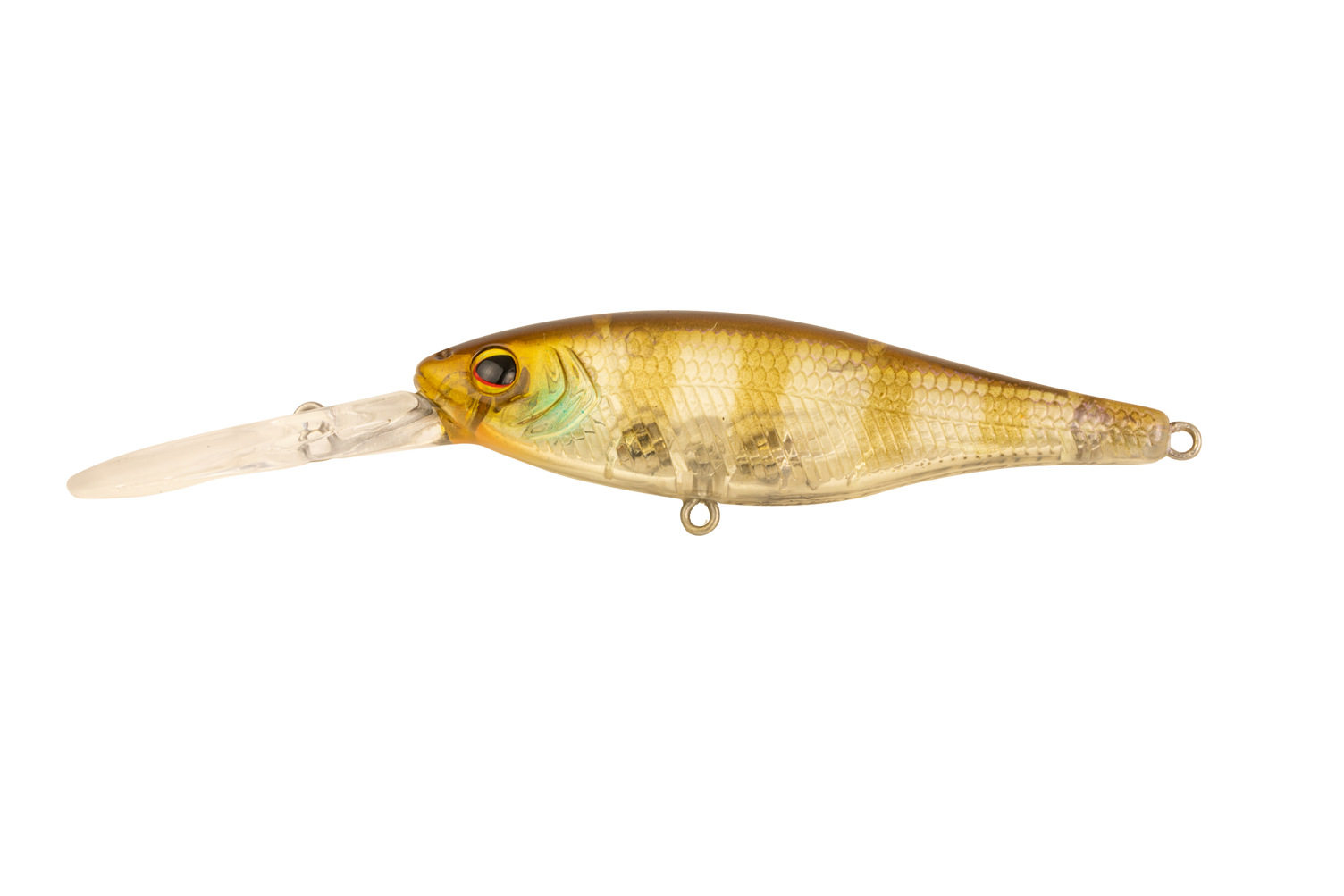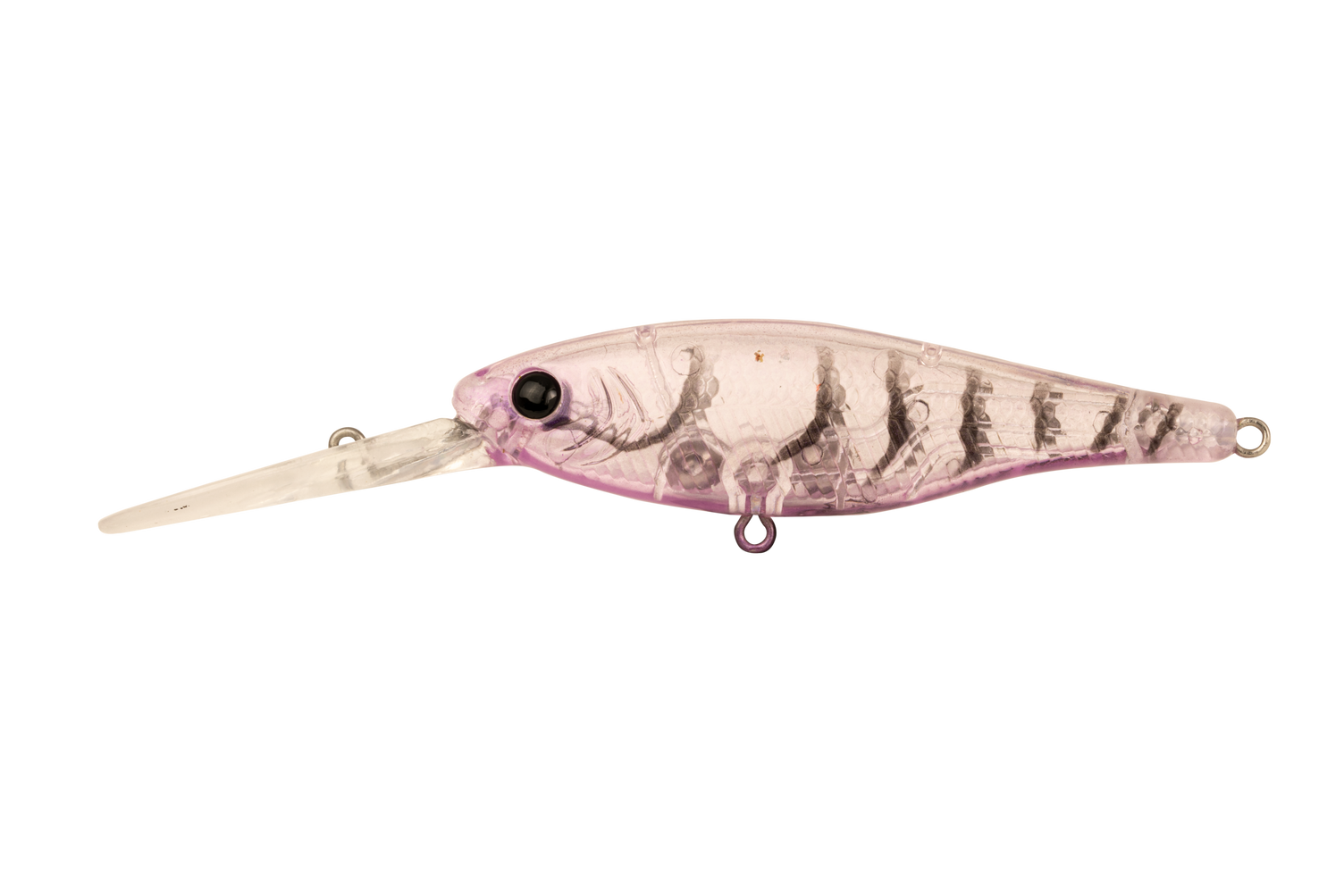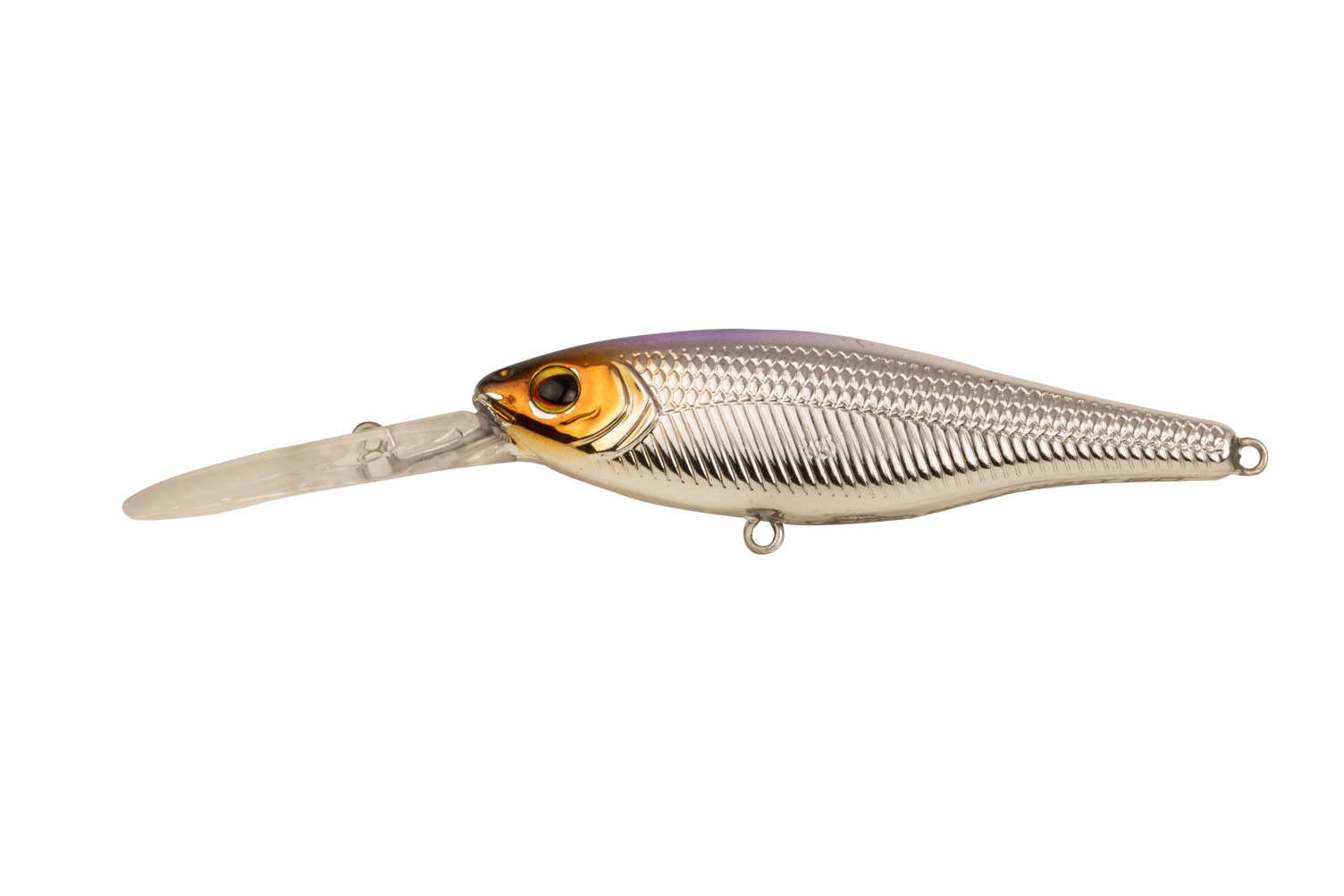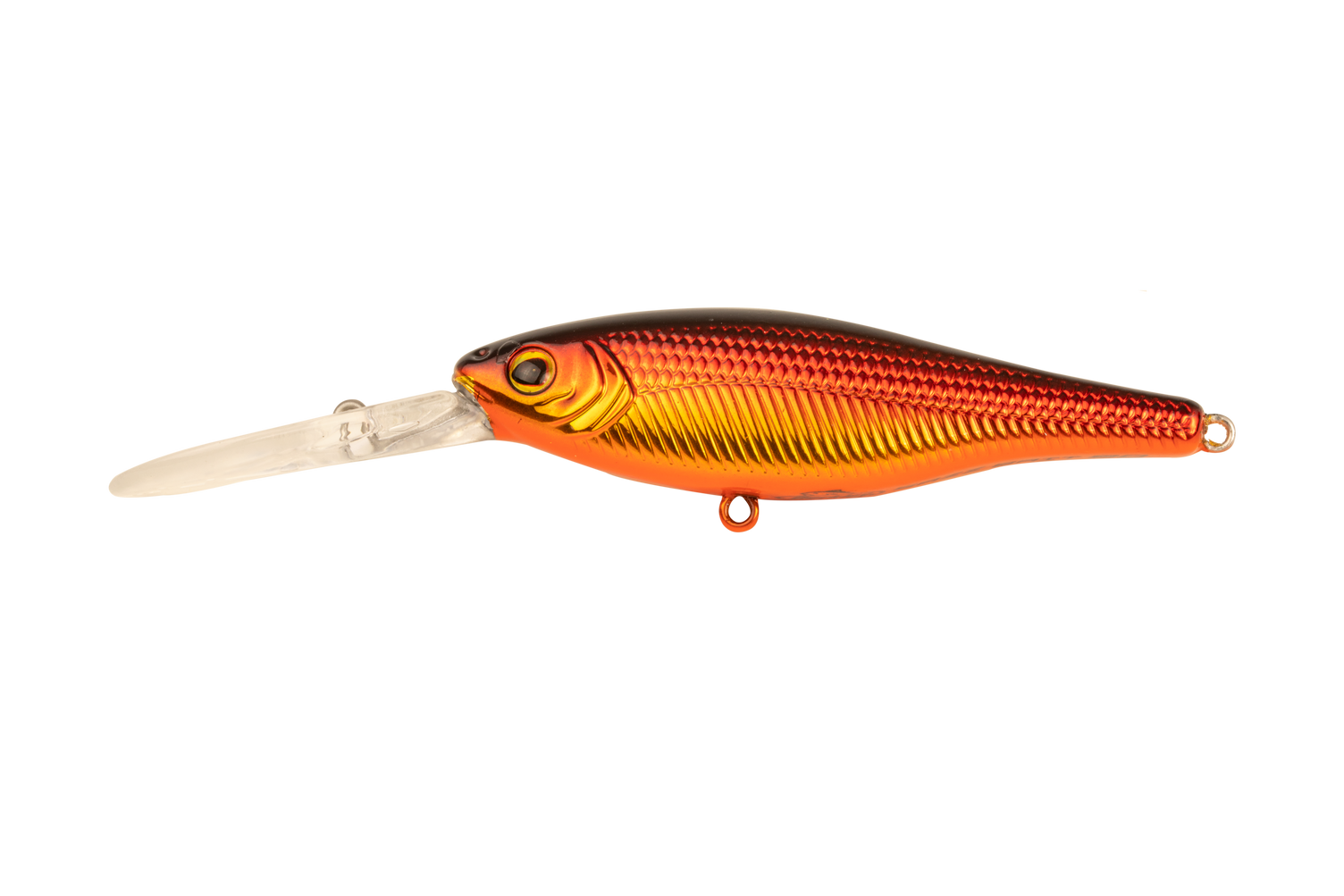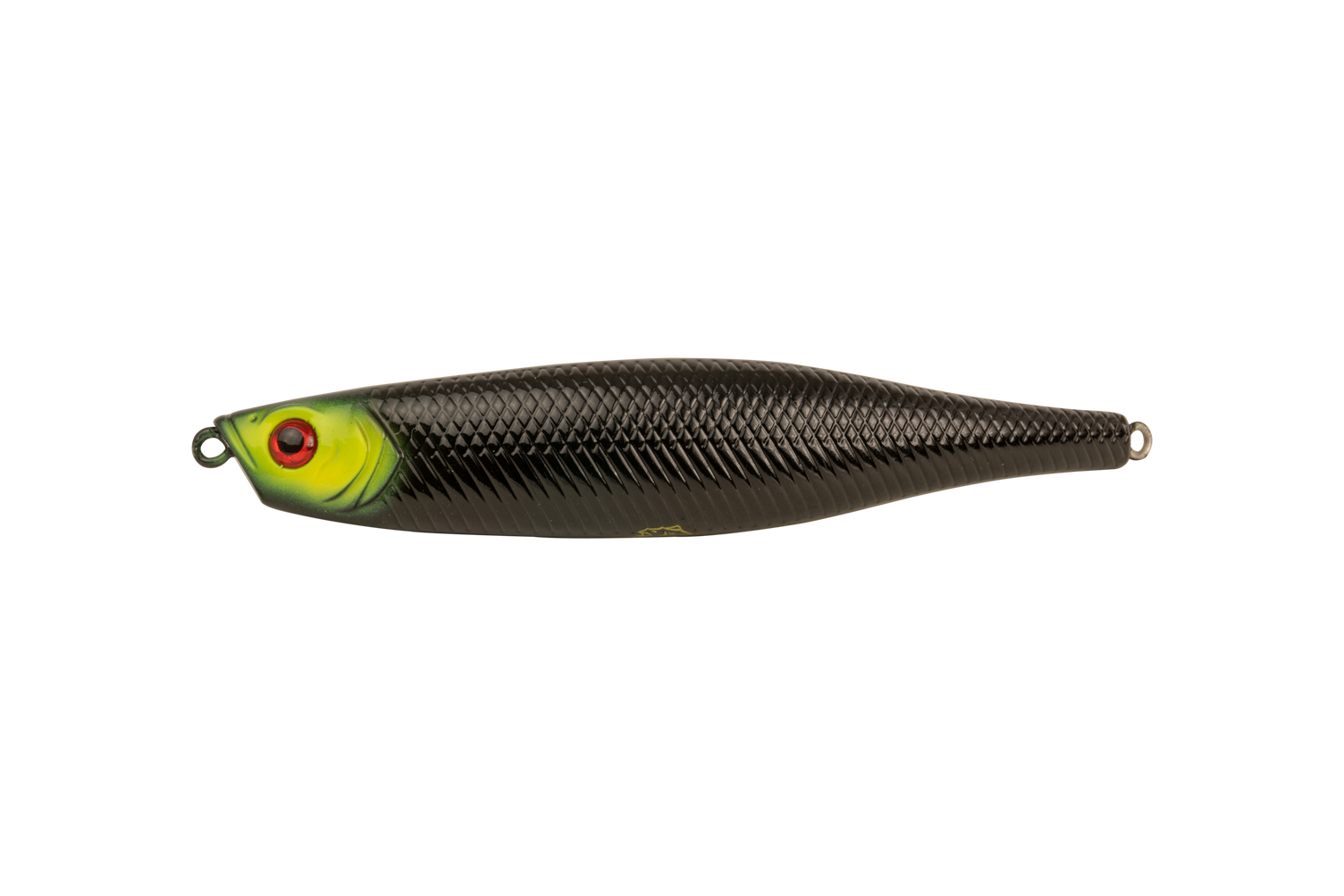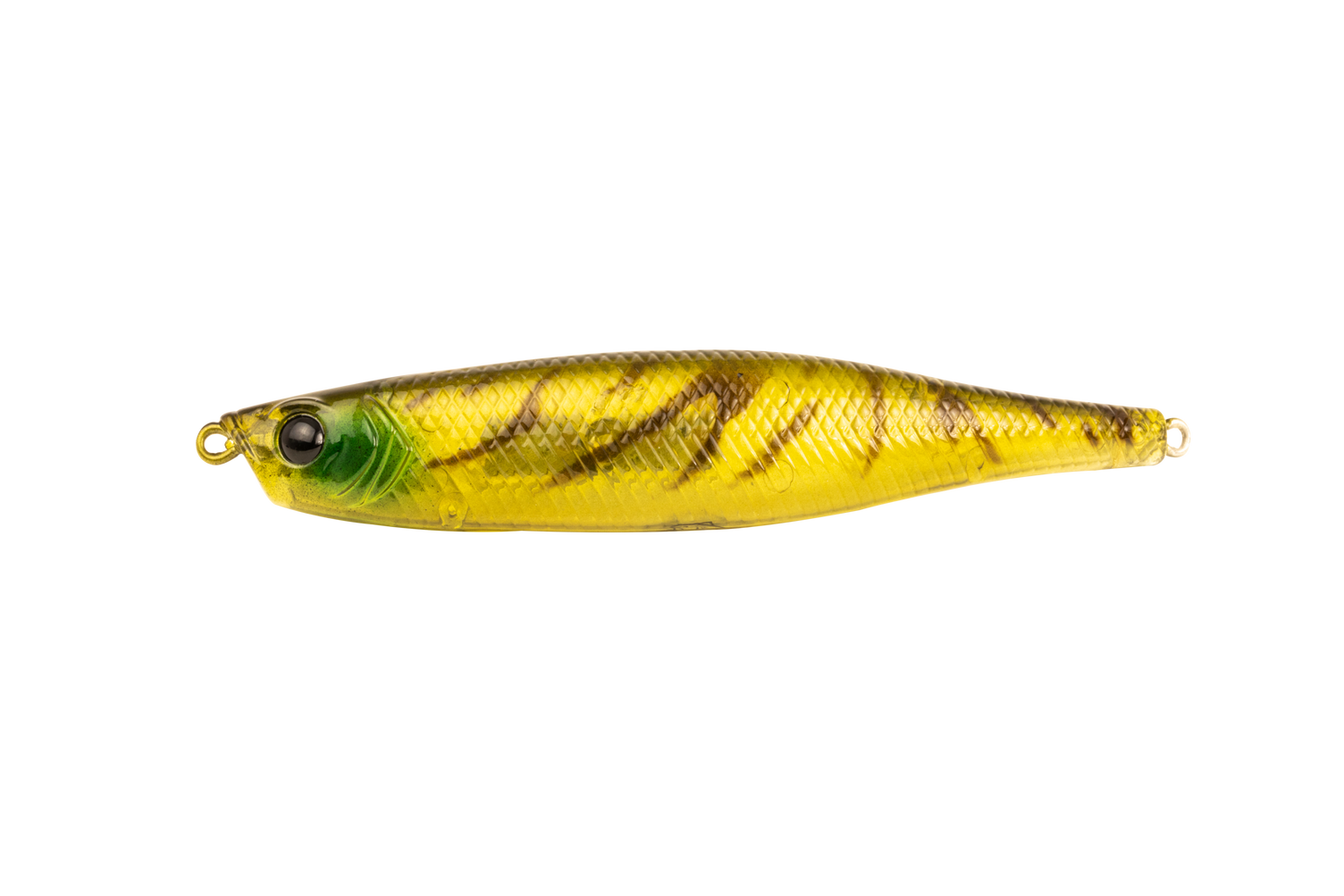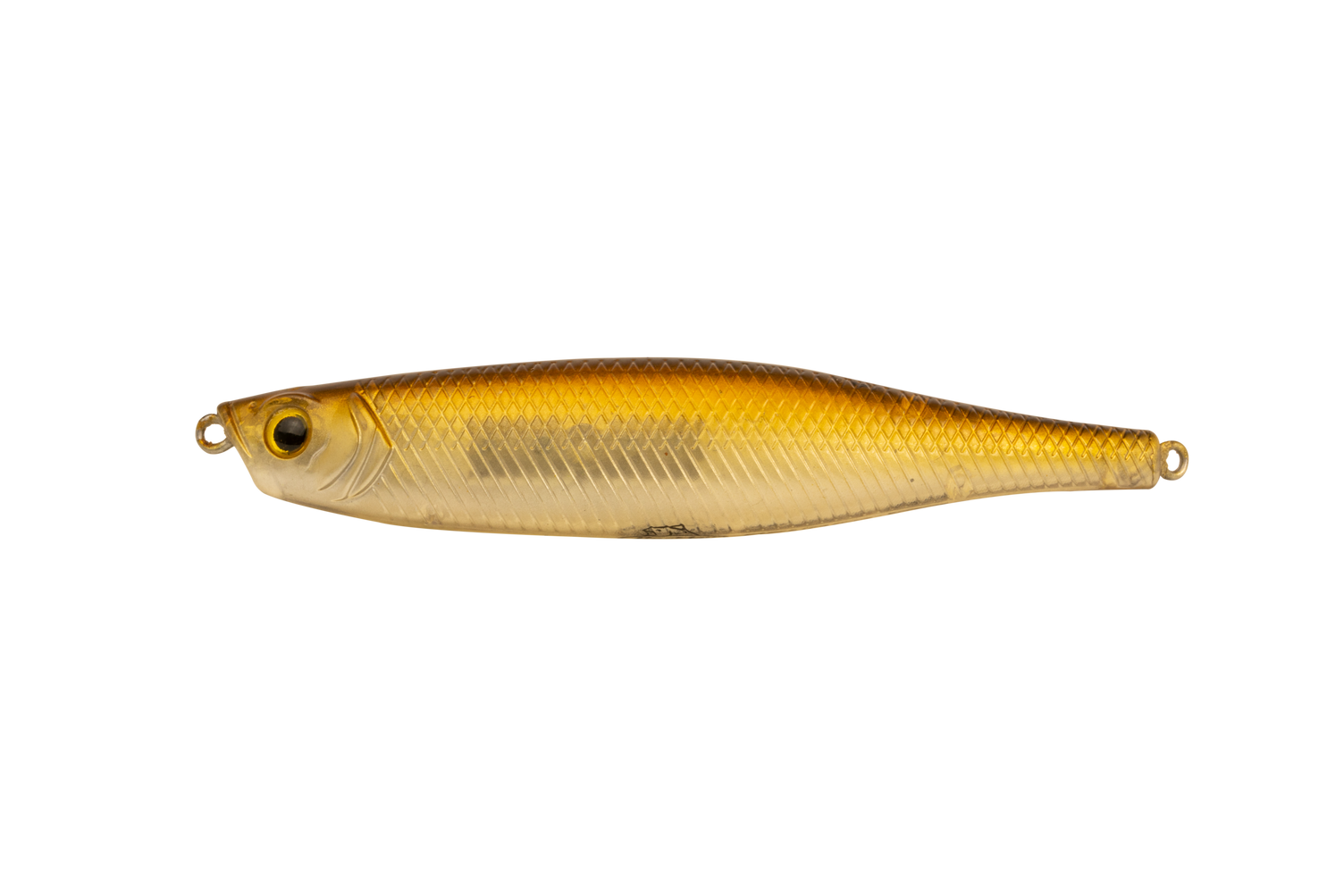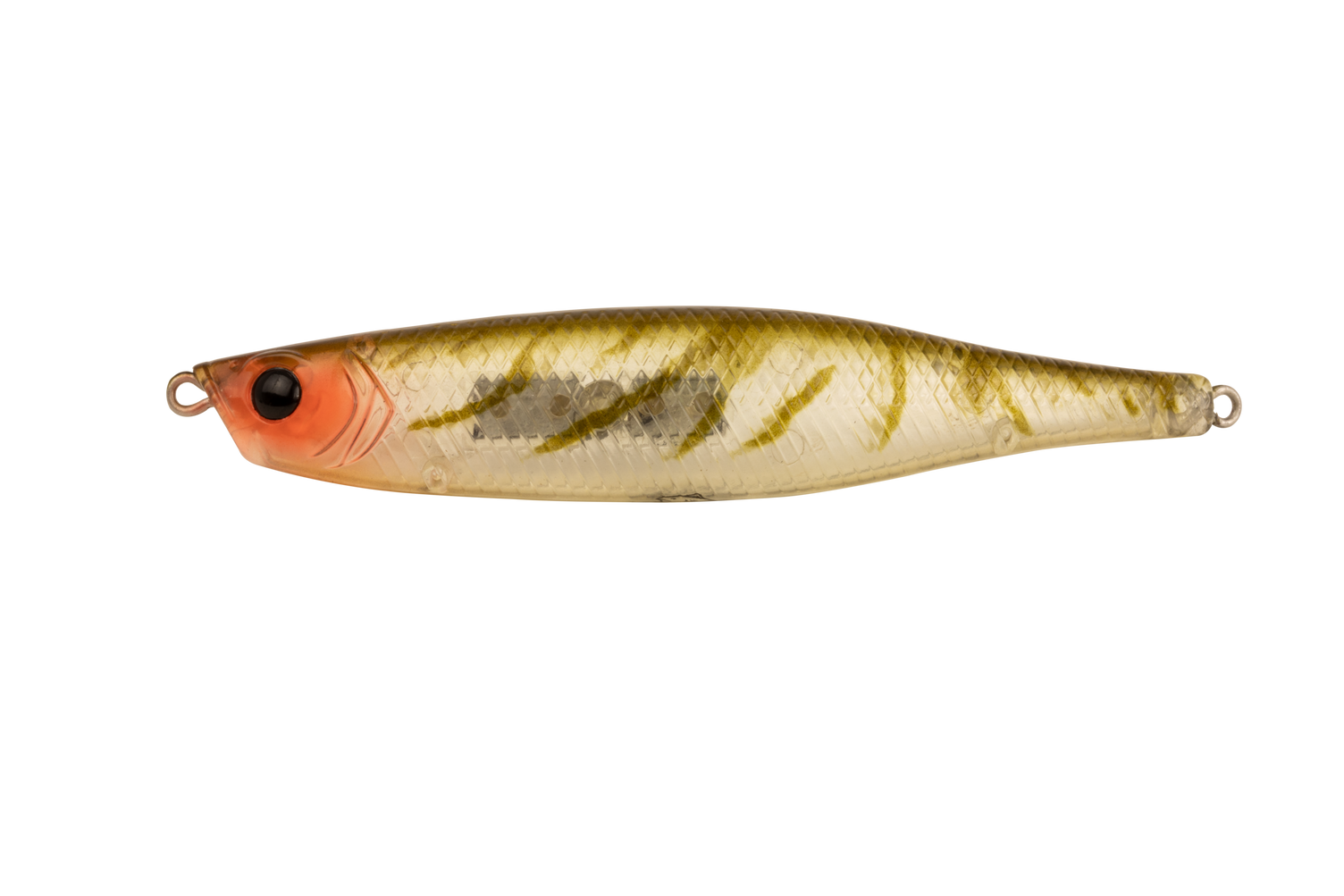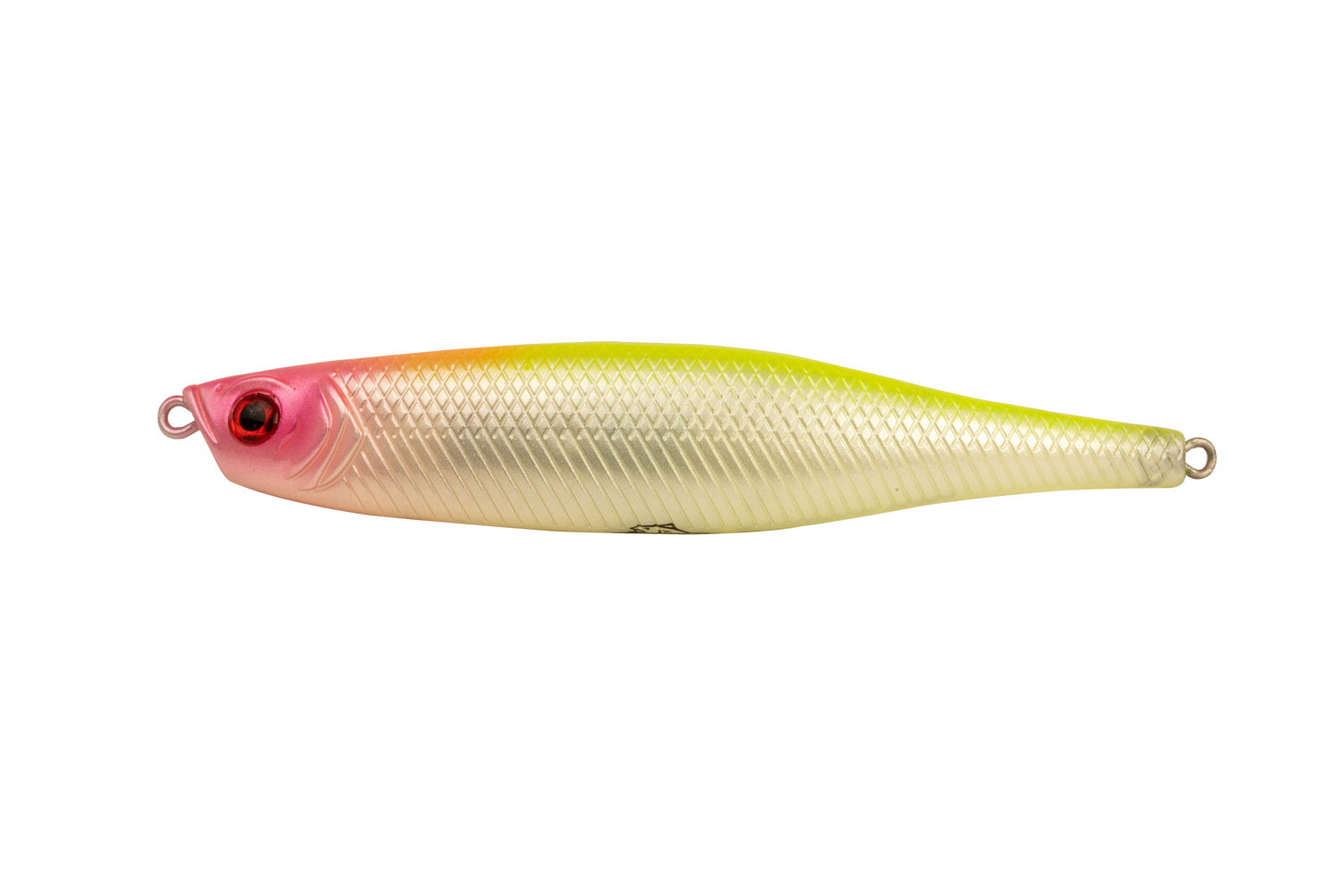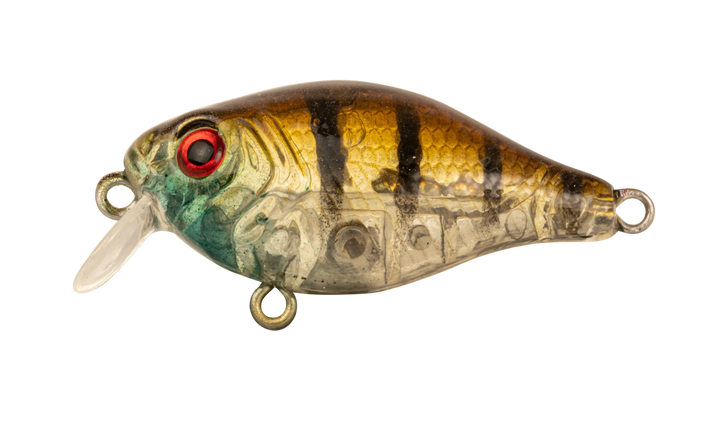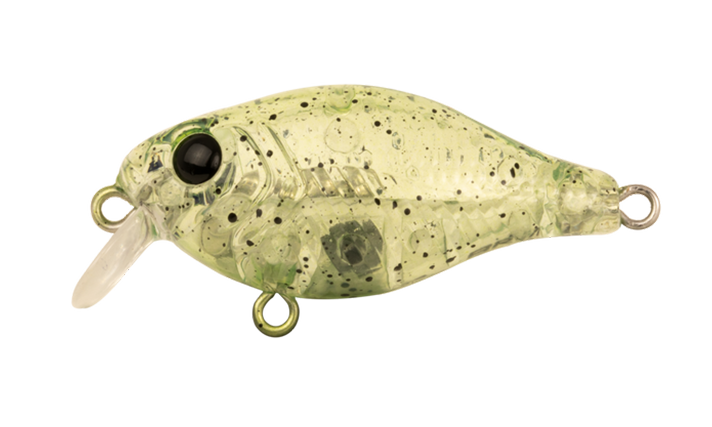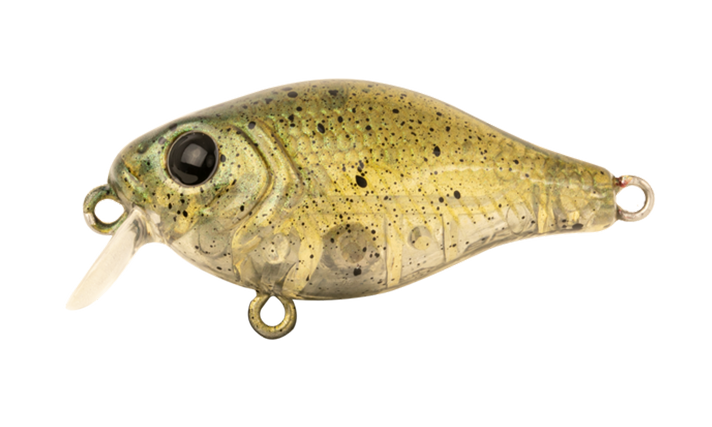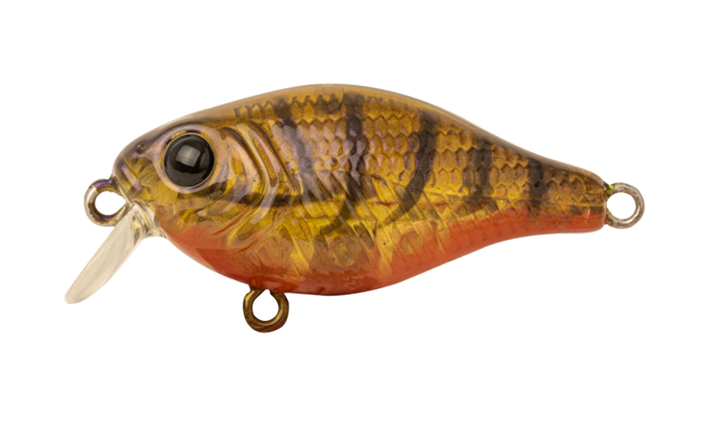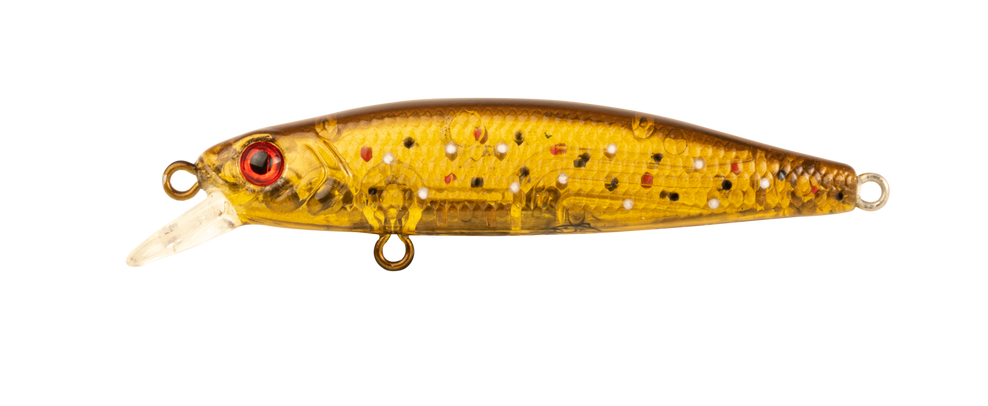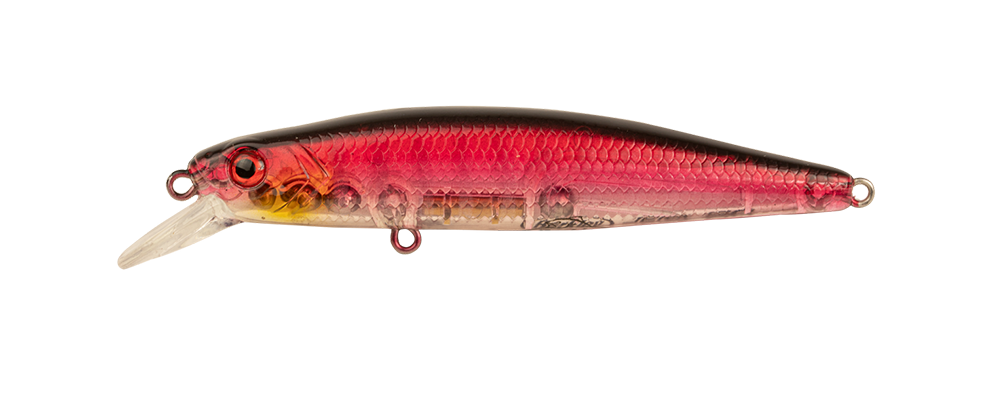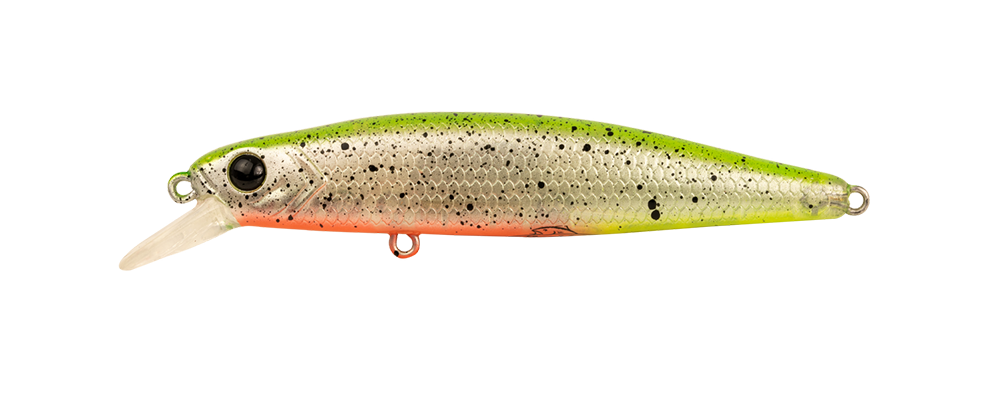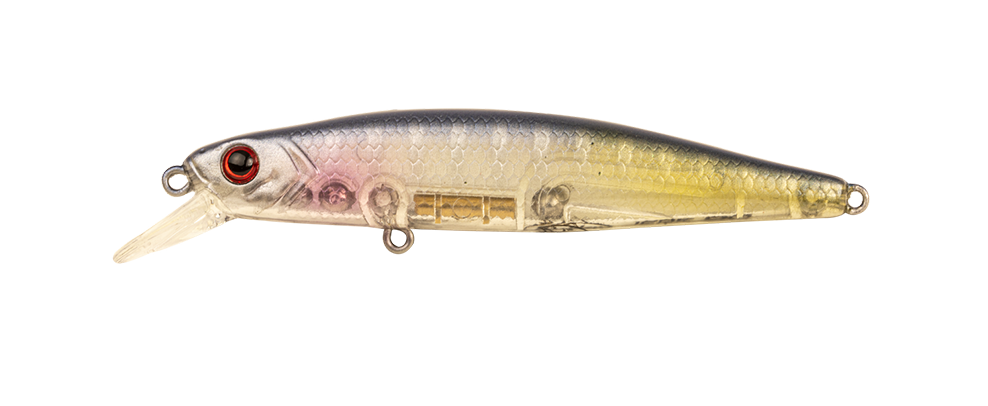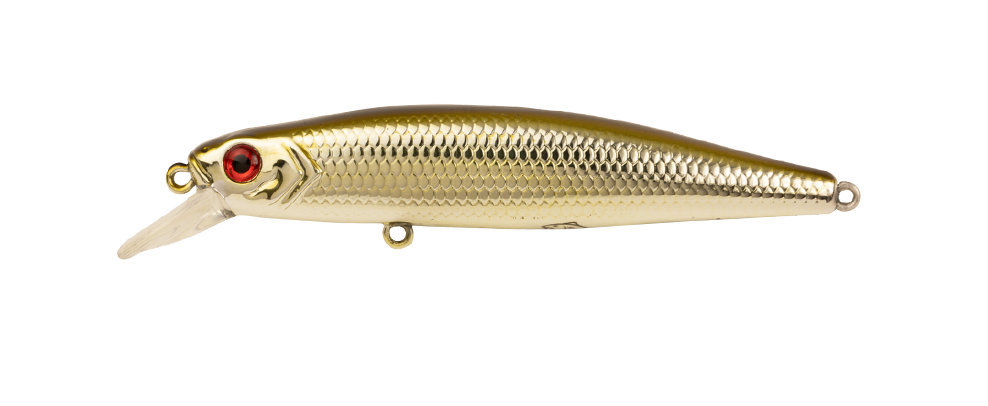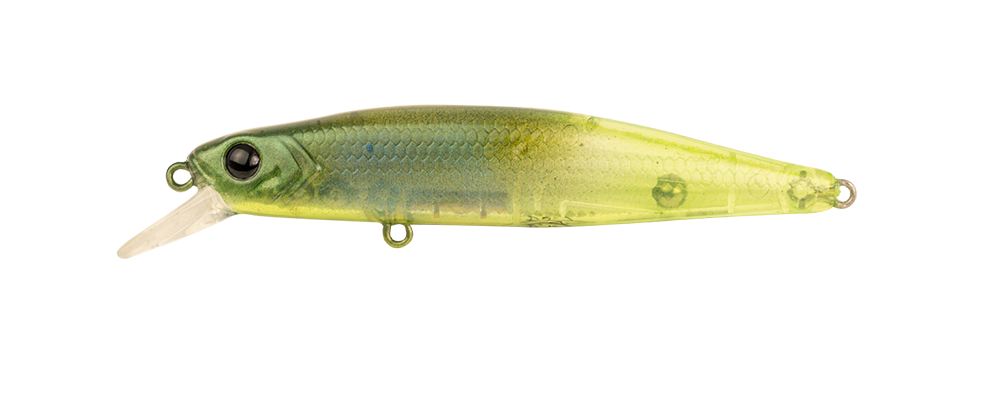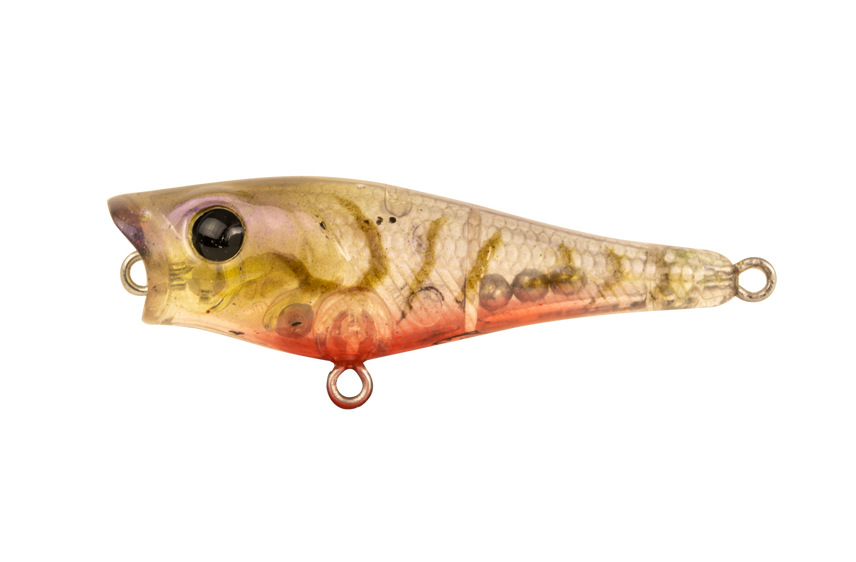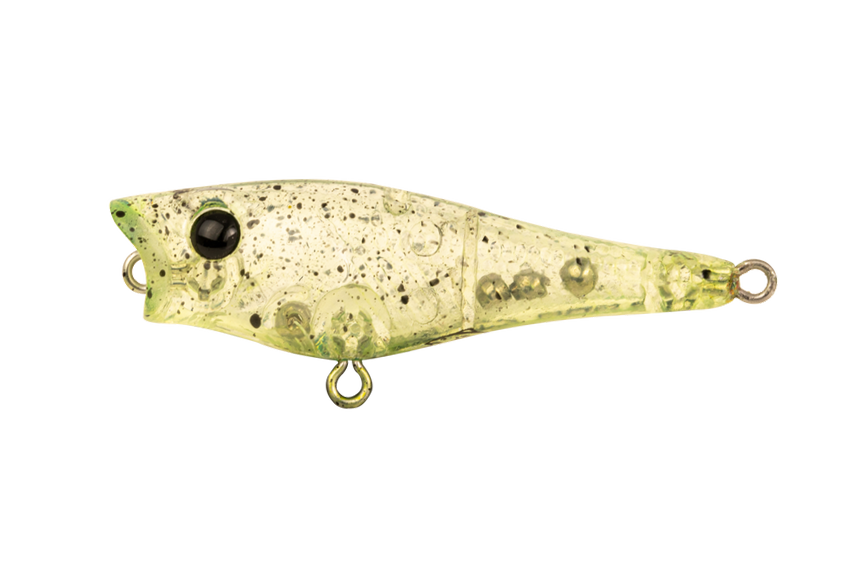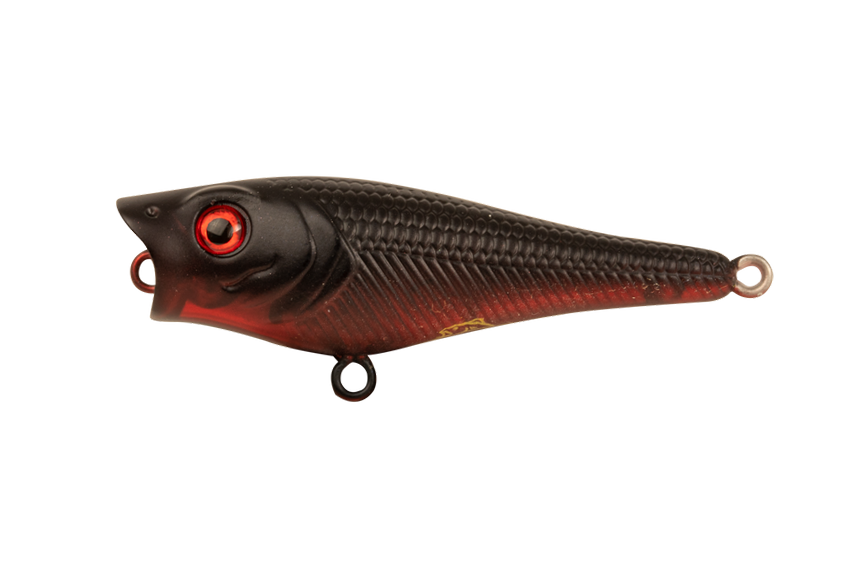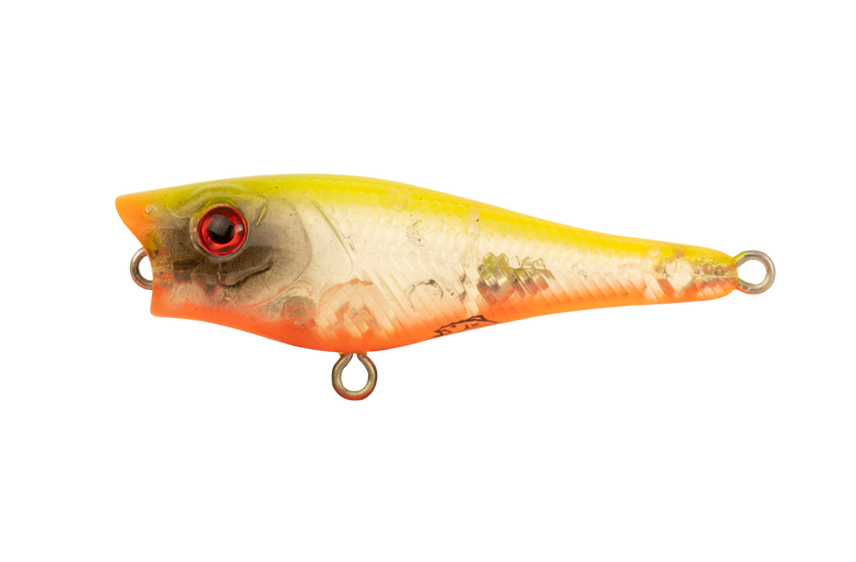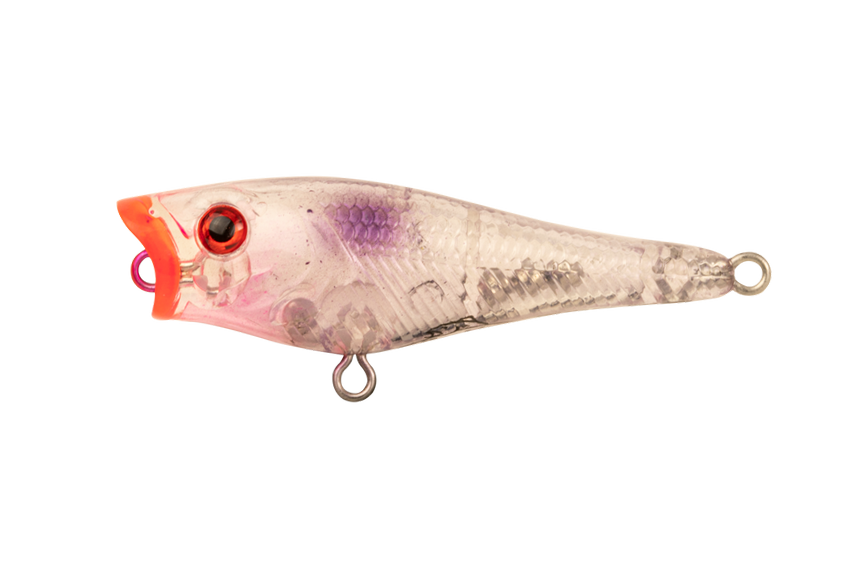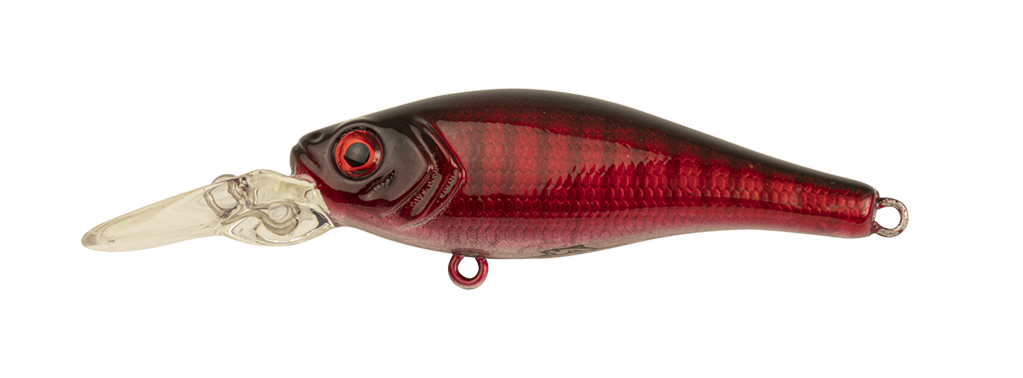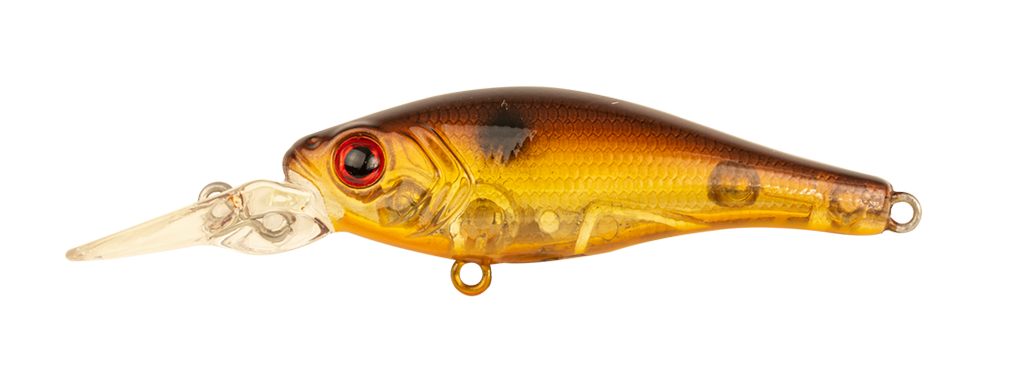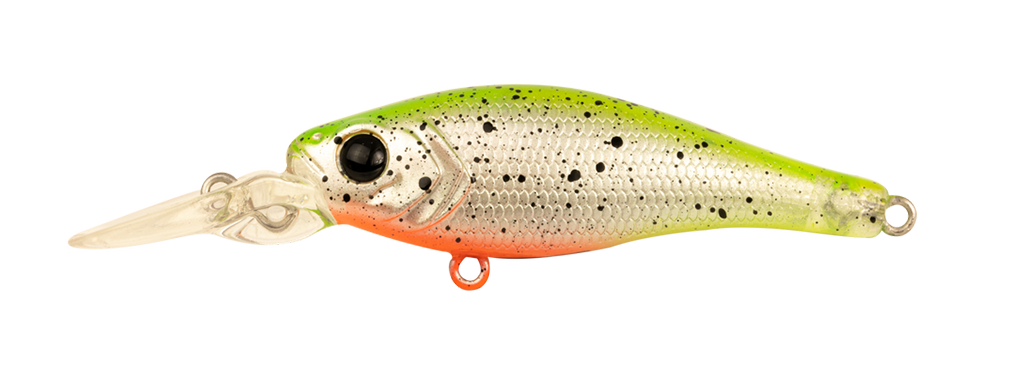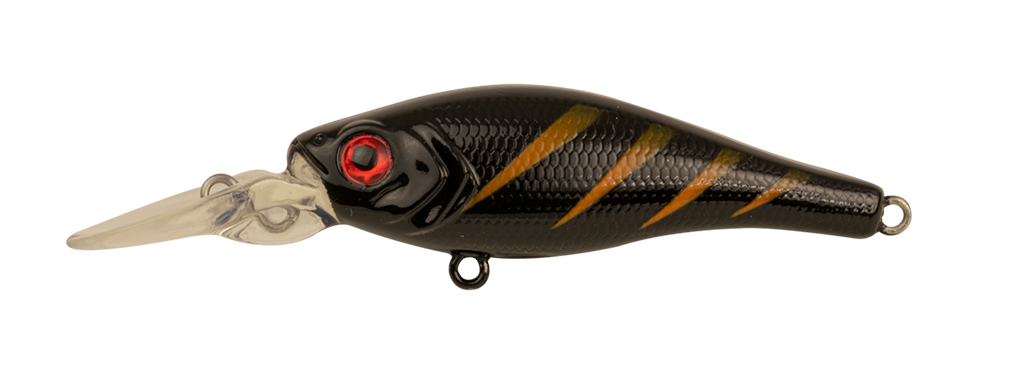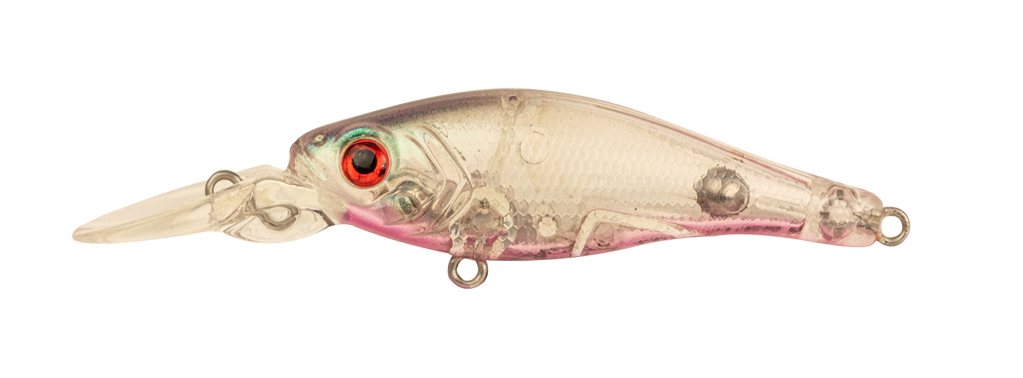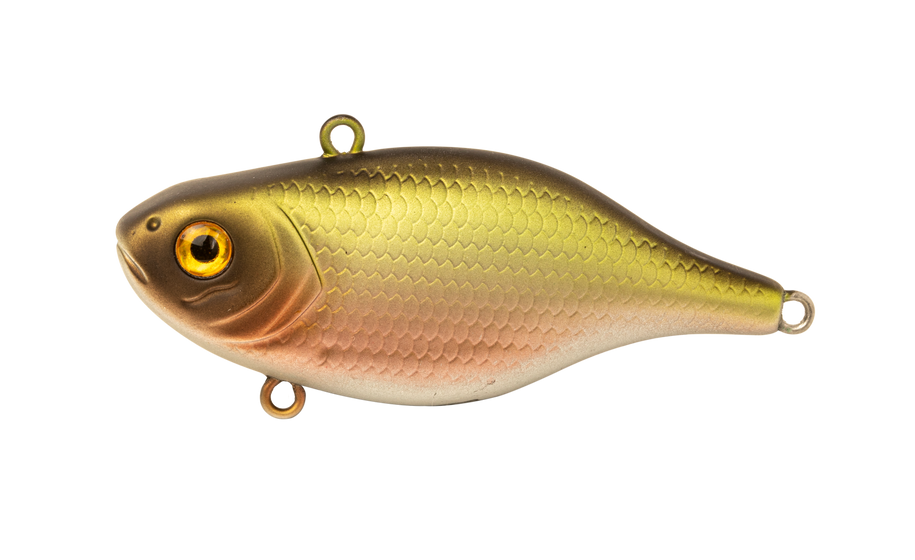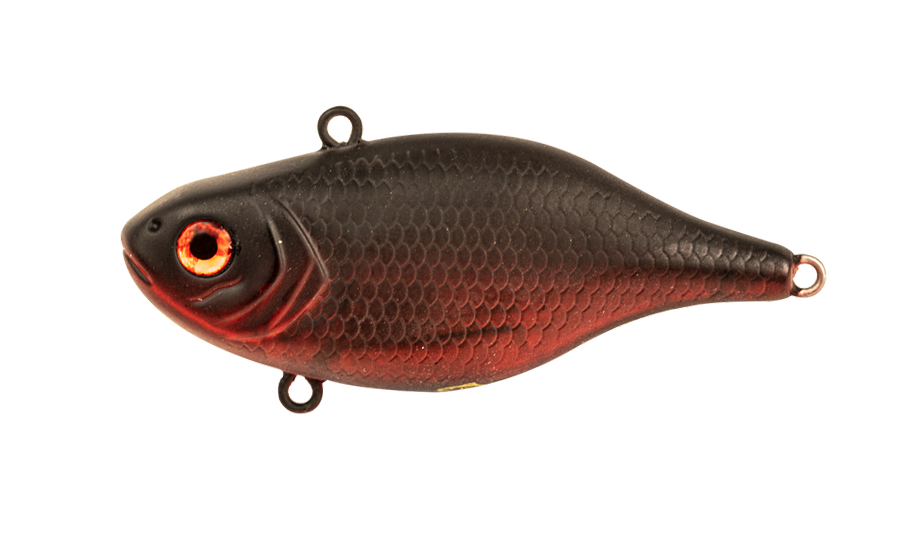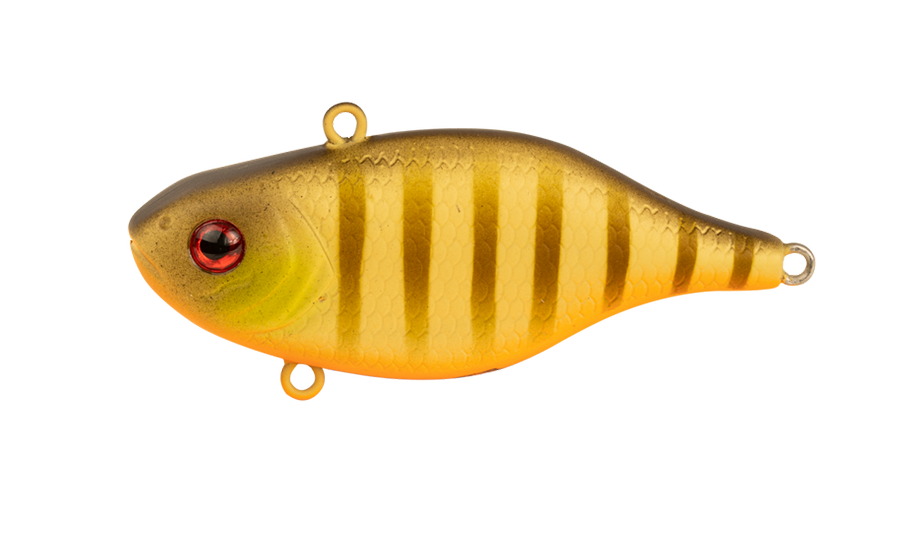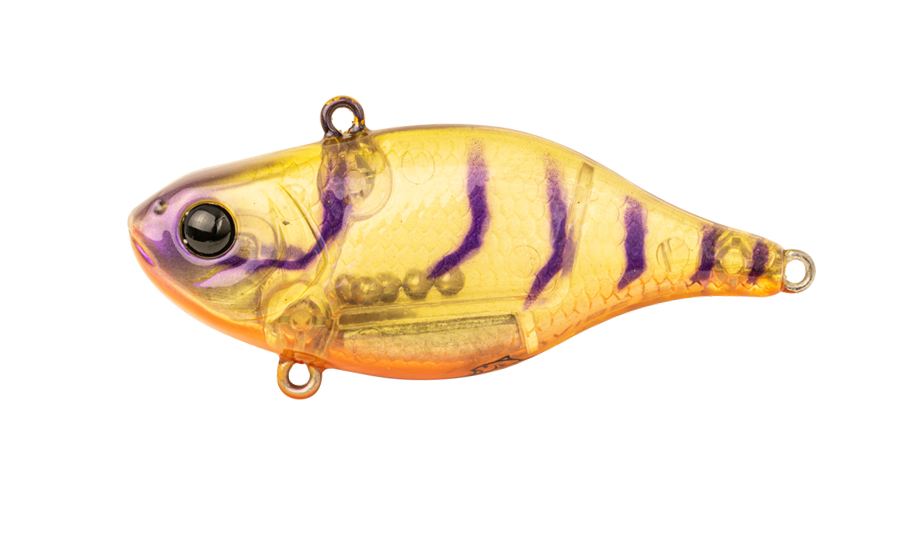FISHING LINES: HOW TO CHOOSE THE RIGHT ONE
There’s a dizzying array of fishing lines out there. Which one is best for your application?
Fishing has evolved into a specialized sport with countless gear options to prove it. As new technologies have leapt into sportfishing, anglers have become more sophisticated in how they choose their setup. For instance, when the bite turns tough in clear water, anglers in-the-know lighten up. They opt for light action rods and the small reels required to manage diminutive lines and morsel-sized finesse baits. Here, fluorocarbon line is best suited for tight-lipped fish as it is nearly impossible to see underwater due to its low refraction index (a linear scale to quantify how much light bends as it goes through an object or material). Fluorocarbon is visually denser than monofilament and increases the probably of strikes as it disappears from the prying eyes of line-shy fish.
Each fishing situation varies, as does the gear required to maximize your chances of catching fish. As lures and rod and reel combos change for these technique-specific applications—so must the line.
Admittedly, while it may sound complicated and perhaps a bit daunting, choosing the right line shouldn’t require a degree in engineering or a deep dive into physics. Once you understand the basics of line design, you’ll be ready to make an informed decision on which line is right for you.
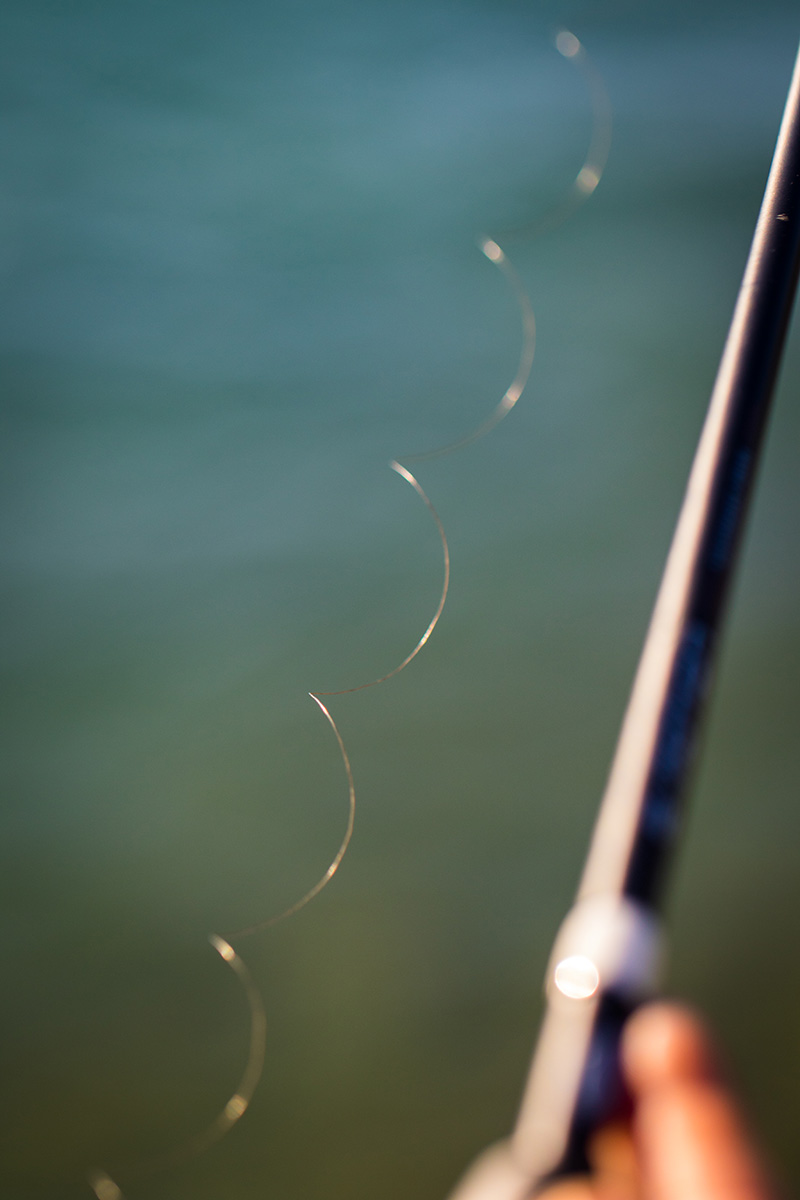
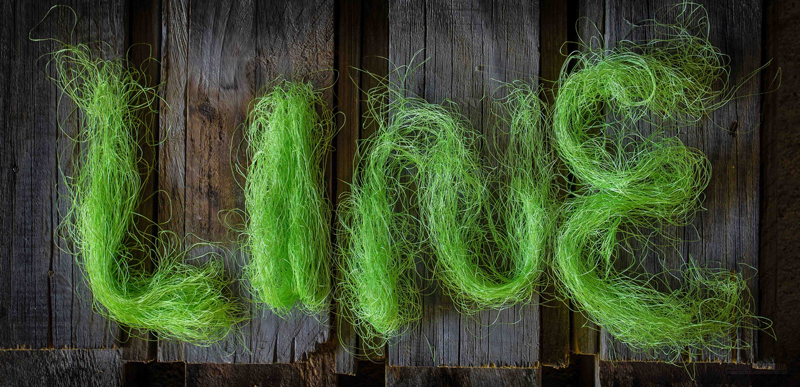
The Lines
There is a fishing line available today for just about any situation and application an angler might encounter. And while there may be some debate about choosing the “right” line, there’s often a clear best choice. Let’s start with the three basic types of line: (1) monofilament, (2) fluorocarbon and (3) braid. Each of these excels in different conditions for a different reason.
Monofilament
All fishing lines are manufactured using “polymers.” Polymers are merely the molecular building blocks of synthetic fibers. In 1938, a DuPont scientist invented nylon, the first synthetic fiber. A year later, Dupont marketed a new “monofilament” (i.e., single filament) line made from nylon. Sadly, Dupont’s new miracle fishing line was stiff and poor quality at best. It wouldn’t be until 1959 that Dupont mastered extruding nylon into fishing line. That’s when they introduced Stren® and the “clear line” revolution was born. Over the years, the technology for creating monofilaments has improved, and they have grown exponentially better as they become stronger and more supple.
Applications
Monofilament line is the “generalist” of fishing lines. It can be used for just about any fishing application. Monofilament has a neutral buoyancy, meaning it neither floats nor sinks. It is also difficult to see in water, with a refraction index of 1.58.
Monofilament has the most stretch of the three line types, elongating anywhere from 10 to 25% of its total length when under load. This stretch provides a shock-absorbing feature other line types don’t possess. This shock-absorption helps when fishing baits like buzzbaits and other topwater lures where bites are unexpected, and fishermen typically jerk the lure from the fish’s mouth when overreacting to a vicious strike. That extra stretch allows the fish to have the bait for a split second longer, resulting in more hook-ups.
As for price point, monofilament lines are the least expensive of the line types, providing great value to cost-conscious anglers.
Best Bet
Berkley Trilene Sensation excels when a supple monofilament is required. It’s especially popular on spinning gear because its limpness reduces line memory as well as tangles and spooling issues.

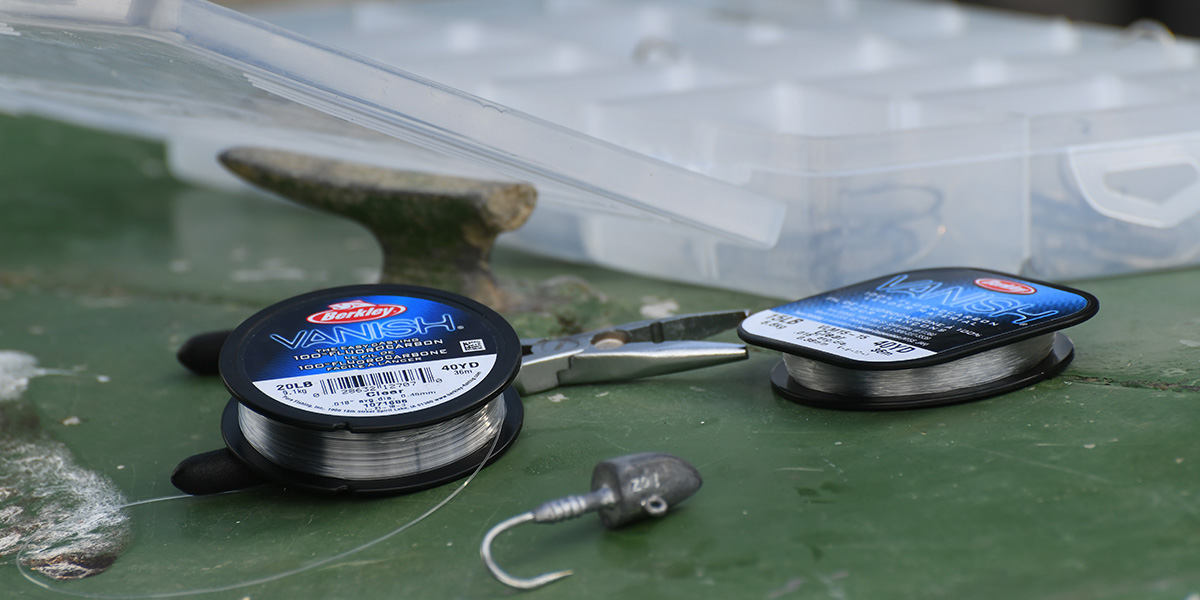
Fluorocarbon
Fluorocarbon is made of a polymer called polyvinylidene fluoride that is resistant to high-temperatures and will not break down when exposed to UV light. Fluorocarbon line is tougher than monofilament line because it has a closed cellular composition, which also means they don’t absorb water like monofilaments do.
Fluorocarbon lines were first introduced as leader material. Early fluorocarbons were very stiff and difficult to cast. Modern formulations have softened, making them well-suited for casting on both spinning and baitcasting gear.
Fluorocarbon lines have very little stretch, which makes them more sensitive than monofilament, and a high density, which makes it sink in water. Their refraction index of 1.43 means they are nearly impossible to see underwater.
Applications
Fluorocarbon line, because it sinks, is great for throwing crankbaits and other baits that need to get down deep. The fact that it is nearly invisible underwater also makes it a perfect choice for finesse techniques and finnicky fish.
When the bite is slow, it’s often best to slow your presentations to a crawl. But there’s also a distinct disadvantage to slowing down—fish get a longer look at the bait. Fluorocarbons shine here since they’re harder for fish to detect.
The most common use of Fluorocarbon when lure fishing is as leader. Typically, lure fishing anglers employ a braided main line and a rod length of Fluorocarbon connected via a leader knot to offer invisibility and abrasion resistance at the terminal end of their tackle.
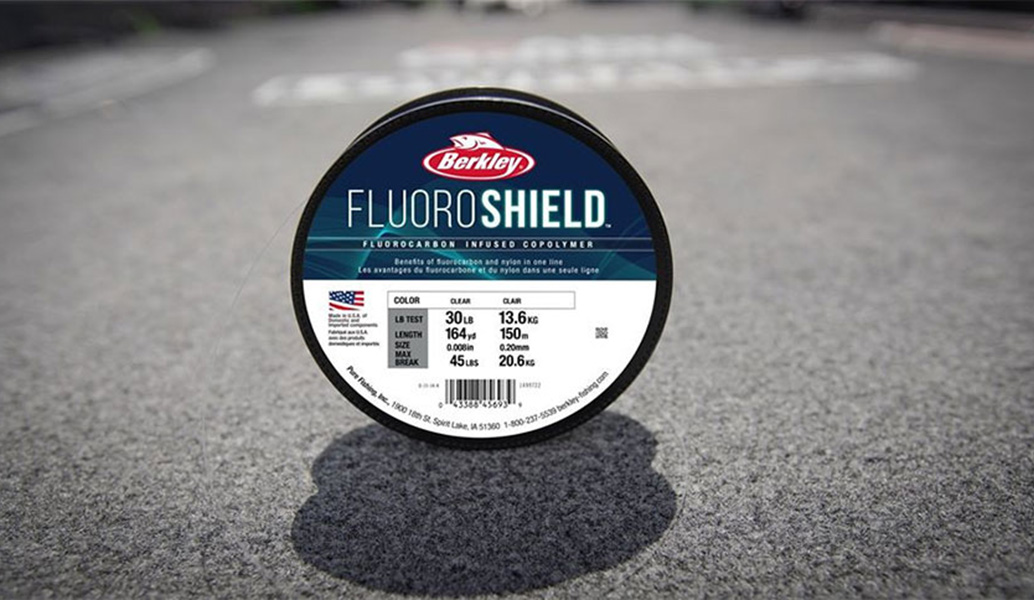
Best Bets
Berkley FluoroShield® (launching September 2020) is a new fluorocarbon-infused co-polymer (more than one polymer) line offering the clear characteristics of fluorocarbon with enhanced abrasion resistance. Better yet, FluoroShield offers the suppleness of monofilament, making it a very castable choice for both spinning and casting gear.
Berkley Vanish has been the benchmark in fluorocarbon lines for years. A great value 100% fluorocarbon line, Vanish is a tough and durable leader or mainline choice.
Braided Lines
Braided line was one of the earliest types of fishing line and was known to fishermen as “Dacron.” Modern braided line utilizes advanced materials and are considerably stronger than those of the old Dacrons.
Braided line is very strong, supple, and has tremendous knot strength. On average, braid is 1/3 to 1/4 the diameter of its monofilament or fluorocarbon counterparts in terms of line strength. For this reason, considerably more braided line can be spooled on fishing reels. This is a huge advantage to those who fish for species capable of making long runs, or when long-lining techniques are required to catch fish, such as deep trolling.
Braided line’s lack of stretch also makes it incredibly sensitive, as all the bait’s vibration and subsequent strike information is transmitted back to the angler in near perfect accuracy. Bottom structure features (e.g., rocks, riprap, weeds, etc.) are also discernible to experienced anglers using braided lines.
Applications
Braided line’s low stretch makes it a natural choice for sensitivity and connectededness when lure fishing. The thinner diameter allows the line to cast significantly further than monofilament.
Best Bets
Berkley Fireline®, the world’s first “superline,” was introduced in 1996. It’s neither a conventional braid, nor a monofilament. The thermally, micro-fused Dyeema® fibers are 3- to 4-times stronger than monofilament offering a true memory-free line that casts long and remains strong.
